Author: Ed Myszka | octobre 14, 2024
L’industrie de l’énergie est au milieu d’une transformation importante entraînée par les progrès technologiques, les préoccupations environnementales, l’évolution de la dynamique du marché et la demande sans précédent de nouvelles énergies. Alors que le secteur subit un changement fondamental dans la façon dont l’énergie est produite, consommée et gérée, les services publics doivent s’adapter aux défis multiformes et forger de nouvelles voies de croissance – non seulement pour leurs propres opérations, mais aussi pour les clients et les communautés qu’ils servent. Comprendre les mégatendances clés qui façonnent le paysage énergétique aujourd’hui peut aider les services publics à prospérer en ces temps de transition et de flux.
1. Électrification intégrée
Poussés par des mandats en matière d’énergie propre, de nouvelles possibilités de financement, des partenariats novateurs et des objectifs ambitieux en matière de durabilité, de nombreux secteurs de l’économie passent des combustibles fossiles à l’électrification généralisée. Des initiatives de transport propre et de l’adoption croissante des véhicules électriques (VE) à l’électrification des bâtiments pour le chauffage et la climatisation, en passant par la demande croissante de nouvelles sources d’énergie alimentées par l’IA et les centres de données, cette tendance apporte à la fois des défis et des opportunités. Alors que de plus en plus de secteurs passent aux solutions électriques, la demande globale d’électricité augmente considérablement, les projections indiquant un triplement de la demande d’ici 2050.
Pour répondre à ces mandats énergétiques et à la demande croissante, l’industrie des services publics a constaté une augmentation significative de l’intégration des énergies renouvelables dans le réseau. Cet afflux d’énergie renouvelable, en particulier l’énergie solaire et éolienne, a entraîné des changements notables dans les modèles de demande de pointe, y compris des changements dans la « courbe du canard ». La « courbe du canard » illustre le décalage entre la production d’énergie solaire de midi et la demande de pointe du soir, créant des défis pour la stabilité du réseau. Dans les régions riches en ressources solaires, il y a un effort croissant pour encourager la recharge des VE pendant la journée, lorsque la production d’énergie solaire est à son apogée, plutôt que la nuit, afin de mieux équilibrer l’offre et la demande. Ces changements nécessitent de nouvelles approches de gestion de la charge alors que les services publics s’efforcent de s’adapter à la nature intermittente des sources d’énergie renouvelables.
Pour répondre efficacement à la demande croissante et à l’intégration des énergies renouvelables, l’industrie doit améliorer l’infrastructure, notamment en augmentant la capacité de production, en modernisant les systèmes de transport et de distribution et en augmentant les réseaux de recharge des VE. Pour y parvenir, il faut collaborer entre les services publics et leurs clients, en s’alignant sur la croissance prévue, la répartition géographique de l’électrification et les coûts associés. En menant des études conjointes et en élaborant des plans stratégiques, les intervenants peuvent évaluer les besoins en électricité et les modèles de charge, ce qui permet aux services publics de répondre de manière proactive à la demande. Cette approche collaborative ouvrira la voie à un parcours d’électrification sans heurts, garantissant que le développement de l’infrastructure s’aligne sur le rythme de l’électrification et de l’intégration des énergies renouvelables.
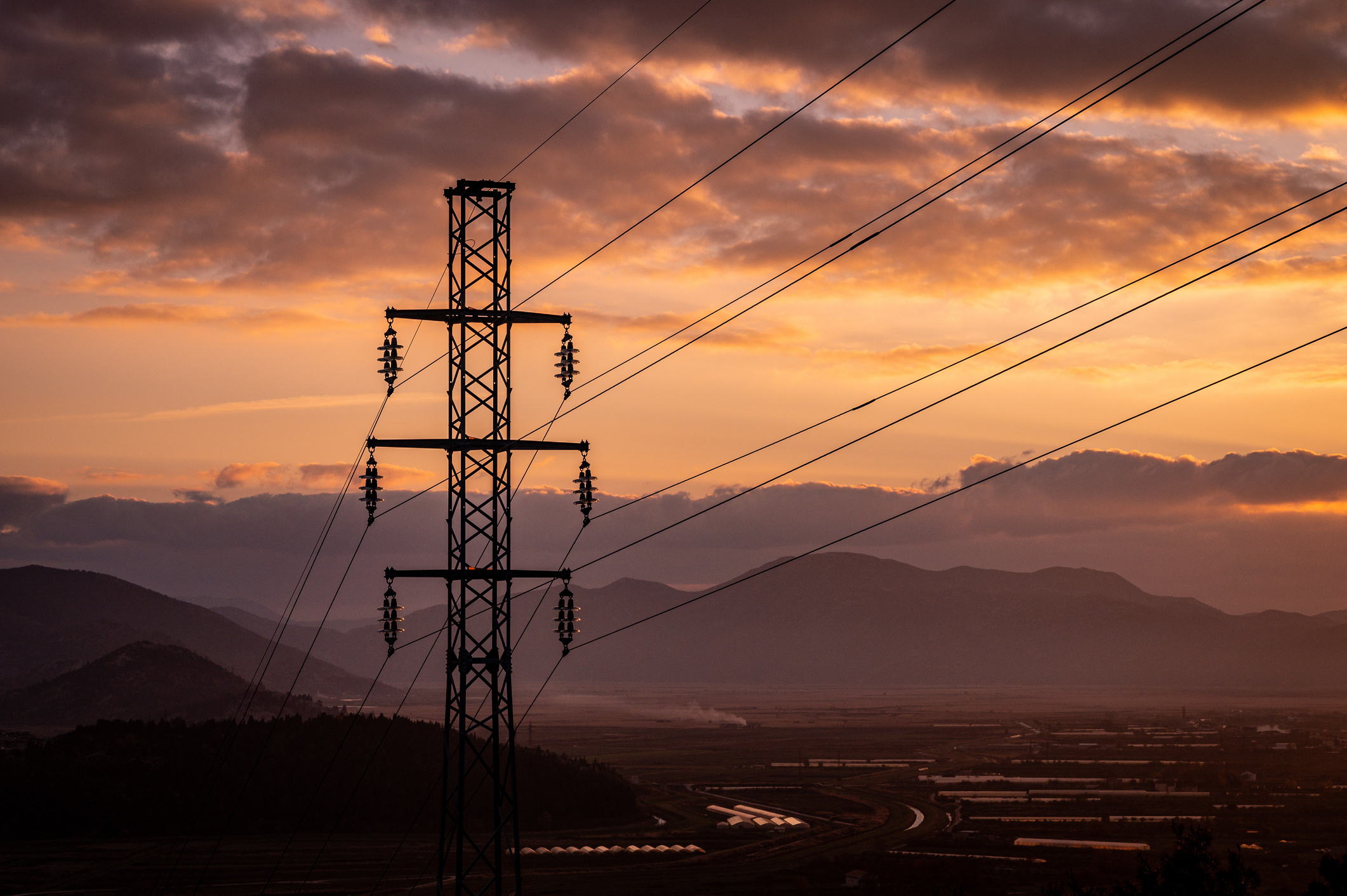
2. Infrastructure de transport
L’âge moyen de l’infrastructure du réseau aux États-Unis aujourd’hui a dépassé sa conception prévue. Cela est particulièrement préoccupant parce que de nombreuses lignes de transmission et transformateurs ont été conçus avec une durée de vie d’environ 50 ans, ce qui signifie qu’une grande partie du réseau approche ou dépasse sa durée de vie opérationnelle prévue et que de nombreuses lignes sont à leur capacité ou presque, en particulier pendant les périodes de pointe. Bien que des améliorations soient en cours dans certains réseaux de services publics, une partie importante du réseau doit encore être mise à niveau, avec des coûts estimés à des billions. Des efforts de modernisation généralisés et de nouveaux investissements sont nécessaires pour améliorer la résilience et la fiabilité, accueillir de nouvelles sources d’énergie et répondre à la demande d’électrification. Faire face aux défis de transmission liés aux contraintes de capacité des centres de données, de l’éolien offshore et d’autres projets et processus complexes ouvre des opportunités pour les services publics de renforcer les opérations, d’améliorer la fiabilité et de renforcer la résilience.
L’augmentation du stockage et du traitement des données numériques, tels que l’intelligence artificielle et l’apprentissage automatique, a considérablement augmenté la demande d’électricité. Les centres de données sont d’importants consommateurs d’énergie et nécessitent souvent des quantités substantielles d’énergie pour le refroidissement et les opérations. L’augmentation des investissements dans les centres de données et les secteurs industriel/manufacturier a entraîné une hausse des prévisions de demande de charge, nécessitant de nouvelles mises à niveau et expansions de l’infrastructure de transport. En réponse à ces demandes croissantes d’énergie, certains services publics d’électricité reconsidèrent leurs décisions de mettre hors service les centrales à combustibles fossiles et explorent même la remise en service de réacteurs nucléaires pour soutenir leurs charges de centre de données.
De même, une construction de transmission importante est nécessaire pour intégrer l’augmentation de la construction éolienne en mer. Les nouvelles lignes de transmission, ainsi que la reconductrice des lignes existantes pour augmenter la capacité, sont essentielles pour gérer les sorties de grande capacité des parcs éoliens situés loin au large est coûteuse et complexe, nécessitant à la fois l’infrastructure offshore (câbles sous-marins) et les points de connexion onshore. L’intégration de l’énergie éolienne en mer dans le réseau électrique existant pose d’importants défis. L’infrastructure actuelle n’est pas conçue pour gérer l’échelle et l’emplacement des parcs éoliens offshore. La mise à niveau des réseaux de transport, l’établissement de points d’interconnexion fiables et la construction de nouvelles infrastructures de transport sont essentielles et nécessitent une planification, une collaboration avec les intervenants, un soutien réglementaire et des investissements.
La construction, l’expansion et la modernisation de l’infrastructure de transport signifient souvent des années de processus complexes de délivrance de permis, d’emplacement et d’autres processus réglementaires. Afin de rationaliser le processus et de prioriser les mises à niveau dans les zones les plus touchées par les prix élevés et les longs délais de récupération des pannes, le ministère de l’Énergie a été autorisé à désigner des corridors de transport d’électricité d’intérêt national (NIETC). Ces corridors sont essentiels pour réduire la congestion et permettre l’intégration des sources d’énergie renouvelables, y compris l’énergie éolienne en mer. En facilitant les processus de délivrance de permis et en encourageant l’investissement dans des domaines clés, les NCEE sont une excellente occasion pour les services publics de s’adapter à l’évolution du paysage énergétique.
3. Résilience et sécurité
Aujourd’hui plus que jamais, le réseau électrique d’aujourd’hui est vulnérable aux perturbations. Qu’il s’agit des répercussions des phénomènes météorologiques violents aux menaces et aux attaques d’ordre public, il est essentiel d’assurer la sécurité et la fiabilité des actifs, des données et des systèmes des services publics pour maintenir une alimentation et des opérations sûres et continues pour les clients et les collectivités. Les changements technologiques rapides, l’évolution des risques et l’évolution des obligations réglementaires obligent les services publics à mettre en œuvre de solides programmes de sécurité physique et de cybersécurité qui protègent les opérations, assurent la conformité et renforcent la résilience. Il est également essentiel d’offrir une formation complète à tous les employés afin de réduire les erreurs humaines et d’encourager les communications ouvertes si une menace potentielle est découverte.
En plus des répercussions de plus en plus fréquentes des conditions météorologiques extrêmes, les menaces physiques et cybernétiques constituent un défi croissant pour la résilience du réseau. Par exemple, les attaques physiques sur le réseau électrique ont augmenté de 77 % rien qu’en 2022 , et les cyberattaques ont réussi à provoquer des pannes d’électricité temporaires. Les opérateurs de réseaux ont besoin d’un soutien consultatif et de partenariats pour identifier les vulnérabilités potentielles et les traiter de manière proactive, en atténuant les menaces avant que tout dommage ne se produise physiquement ou par le biais de logiciels malveillants, de ransomwares et de trafic numérique dangereux.
Divers mécanismes existent pour évaluer et prioriser les investissements en matière de sécurité pour la résilience. Un cadre réglementaire NERC robuste dans une gamme de fonctions de services publics, y compris la protection et le contrôle (RPC), la protection des infrastructures essentielles (CIP), la planification du transport (TPL), la modélisation, les données et l’analyse (MOD) et la conception, la connexion et l’entretien des installations (FAC). La conformité aux normes CIP-014 de la NERC, par exemple, exige que les services publics d’électricité qui possèdent et exploitent des installations de transmission évaluées à plus de 200 kV se concentrent sur la protection physique des biens essentiels, identifient et atténuent les nouvelles menaces émergentes, se tiennent au courant des technologies de pointe et maintiennent le strict respect des procédures et de la documentation qui démontrent la sensibilisation à la sécurité physique de leur organisation. Ces normes obligatoires de fiabilité et de sécurité ont récemment protégé le réseau de l’une des plus grandes perturbations géomagnétiques à avoir eu lieu au cours des 20 dernières années. Les protocoles existants de la NERC, y compris EOP-010-1 et TPL-007-4, ont aidé l’industrie à gérer l’événement sans interruption majeure. Cependant, il est important de noter que les règlements de la NERC peuvent changer rapidement et nécessitent une surveillance attentive pour gérer efficacement les risques de conformité. Pour suivre ces mises à jour, vous pouvez vous abonner à nos nouvelles mensuelles sur la conformité NERC.
L’adoption des protocoles de communication IEC 61850 a encore amélioré la résilience du réseau en rationalisant les fonctions de protection, d’automatisation et de contrôle, permettant une plus grande interopérabilité et des temps de réponse plus rapides lors d’événements critiques. D’autres normes réglementaires telles que les ordonnances 2222, 2223 et 1000 de la FERC jouent également un rôle essentiel dans la promotion de la modernisation du réseau en facilitant l’intégration des ressources énergétiques distribuées (DER), en favorisant une plus grande efficacité de la planification du transport et en assurant une participation concurrentielle au marché.
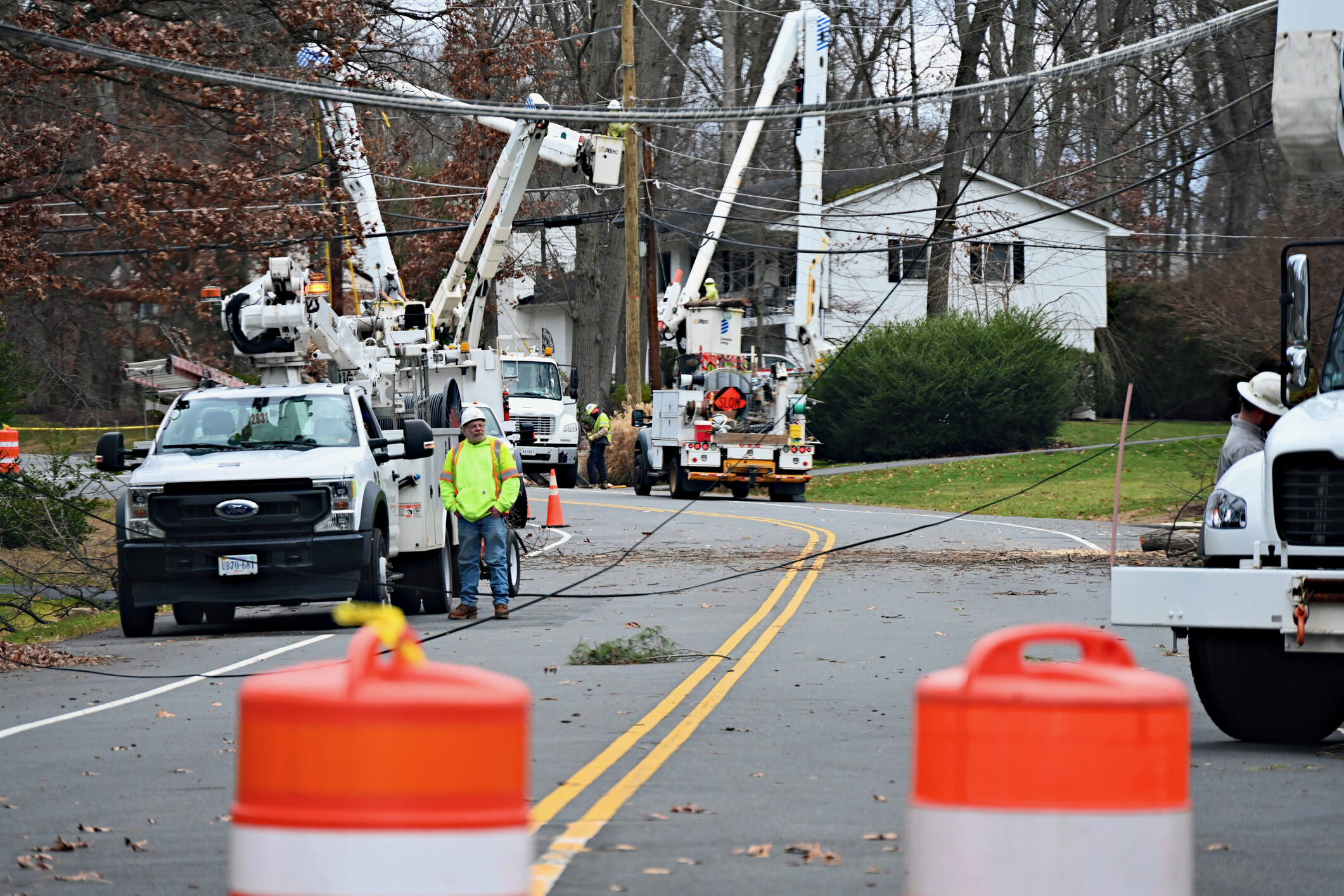
4. Intervention en cas de catastrophe et fiabilité
Les pannes, les interruptions ou les dommages importants aux actifs deviennent de plus en plus courants à mesure que les systèmes et les actifs vieillissent et que nous faisons l’expérience de menaces de plus en plus dommageables. Lors d’événements imprévus, tels que les catastrophes naturelles, une intervention compétente et efficace est essentielle pour rétablir le service et la confiance aux clients et aux organismes de réglementation le plus rapidement et le plus efficacement possible. Même les opérateurs les plus qualifiés peuvent faire face à des événements qui étirent leurs ressources, mais il est essentiel d’être préparé. La planification des interventions en cas de catastrophe et l’exploitation stratégique sont essentielles pour s’adapter avec succès à cette mégatendance.
La mise à niveau stratégique des systèmes de distribution peut être une solution pratique et rentable pour prévenir les pannes dues à des conditions météorologiques extrêmes et à d’autres catastrophes. Déterminer si cela convient à votre service public nécessite un examen attentif des avantages et des inconvénients de votre système et une évaluation de toutes les voies alternatives au durcissement des actifs pour la fiabilité. De même, il est essentiel de rétablir l’électricité plus rapidement et de limiter les impacts futurs lorsqu’il s’agit de planifier les interventions en cas de catastrophe et de tempête. L’analyse des événements, l’inspection, la coordination des ressources, les patrouilles sur le terrain et la coordination de la construction doivent toutes faire partie de l’intervention avant et après l’événement. Il faut tenir compte des mesures correctives à court et à long terme qui améliorent la fiabilité.
5. Abordabilité pour les clients
Les services publics sont aujourd’hui confrontés à de nombreux défis lorsqu’il s’agit d’équilibrer les besoins d’investissement record pour la modernisation du réseau et l’énergie propre avec la protection de l’abordabilité des clients, en particulier pour les ménages à faible revenu et les communautés rurales ou défavorisées qui sont souvent confrontées à des fardeaux énergétiques plus élevés. Alors que les coûts et les tarifs de l’électricité ont tendance à augmenter, les services publics et les organismes de réglementation doivent envisager de nouvelles voies non seulement pour faire économiser de l’argent aux clients, mais aussi pour renforcer la fiabilité.
Par exemple, une approche stratégique des initiatives de modernisation du réseau peut aider à gérer les coûts en déterminant les répercussions financières et en priorisant les investissements avec des avantages évidents pour les clients et une rentabilité maximale. Avec des activités telles que l’exploitation stratégique souterraine, envisager la mise en œuvre ciblée de projets dans les zones à haut risque peut maximiser les améliorations de fiabilité tout en minimisant le coût global, et l’adopter une approche progressive ou progressive pour gérer les coûts plus efficacement peut réduire le fardeau financier des clients à court terme. Il est également utile de découvrir les mécanismes de financement et le recouvrement des coûts par le biais de sources étatiques et fédérales. La recherche de partenariats public-privé, de possibilités de subventions et d’autres mécanismes de financement ou options de recouvrement des coûts peut répartir les risques d’investissement et réduire les coûts pour les services publics et les clients.
La technologie est également un élément important de la réduction du fardeau financier pour les clients. L’analyse avancée et l’intelligence artificielle peuvent non seulement aider plus précisément à identifier les clients qui peuvent avoir du mal avec l’abordabilité, mais peuvent également fournir des informations et des recommandations personnalisées pour aider les clients à gérer leur consommation d’énergie et leurs coûts et à fournir des informations personnalisées sur les programmes d’assistance et les opportunités d’économie d’énergie. Les technologies de réseau intelligentes peuvent, entre autres, soutenir les efforts de maintenance prédictive pour réduire les pannes et améliorer la fiabilité, réduire les coûts de réparation qui sont transmis aux clients et prolonger la durée de vie de l’infrastructure existante pour économiser sur les mises à niveau ou les nouvelles constructions.
Mais c’est l’efficacité énergétique qui a peut-être l’impact positif le plus important sur l’abordabilité des clients, et elle devient un élément essentiel de l’exploitation d’un service public pour de nombreuses raisons, y compris son impact sur la réduction de la demande et la diminution du besoin de nouvelles infrastructures de production et de transport coûteuses. Et bien que des progrès continuent d’être réalisés, il reste encore du travail à faire pour obtenir le maximum d’avantages de l’efficacité énergétique. Nous avons besoin de plus d’investissements et de partenariats pour rendre les programmes d’efficacité et les incitatifs accessibles à tous les clients. Cela nécessite des recherches et une planification exhaustives, ainsi que des approches éprouvées, éprouvées mais de pointe pour la conception, la mise en œuvre, l’engagement des clients, la formation des entrepreneurs, le soutien technique, l’évaluation et l’amélioration continue.
Partager nos perspectives
Nos praticiens partagent leurs idées et leurs points de vue sur les tendances et les défis qui façonnent le marché.
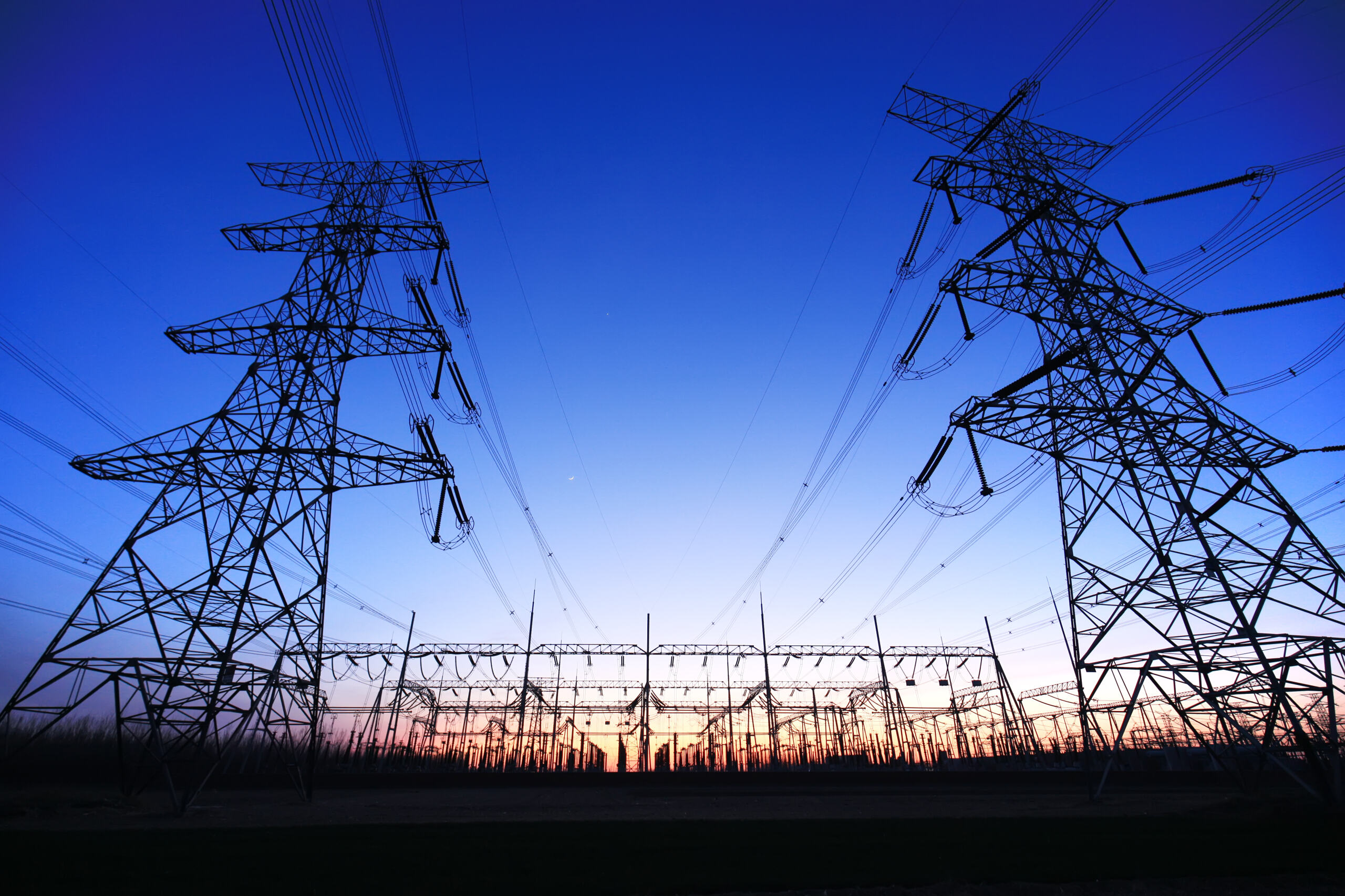
Bridging the Power Gap: Why Transmission Expansion is Critical for the Data Center Boom
mai 9, 2025
The U.S. is experiencing an unprecedented data center boom, fueled by the rise of artificial intelligence (AI), cloud computing and digital transformation across industries.
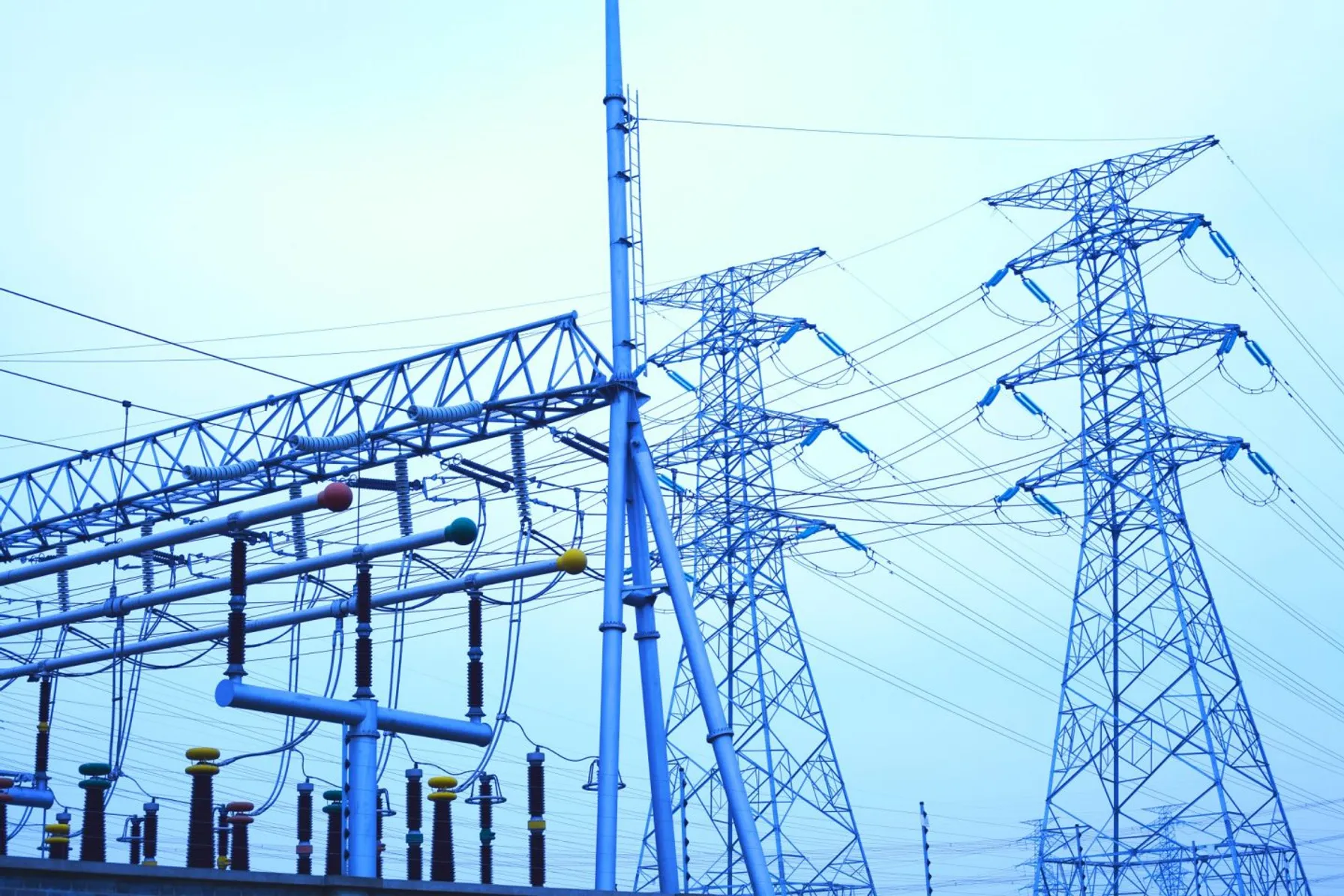
Grid Resiliency: Perspectives Across the Power Grid
avril 16, 2025
In today’s changing energy landscape, grid resiliency is a top priority for all power system owners and operators. The ability to absorb disruptions and maintain power is crucial in an increasingly unpredictable world.
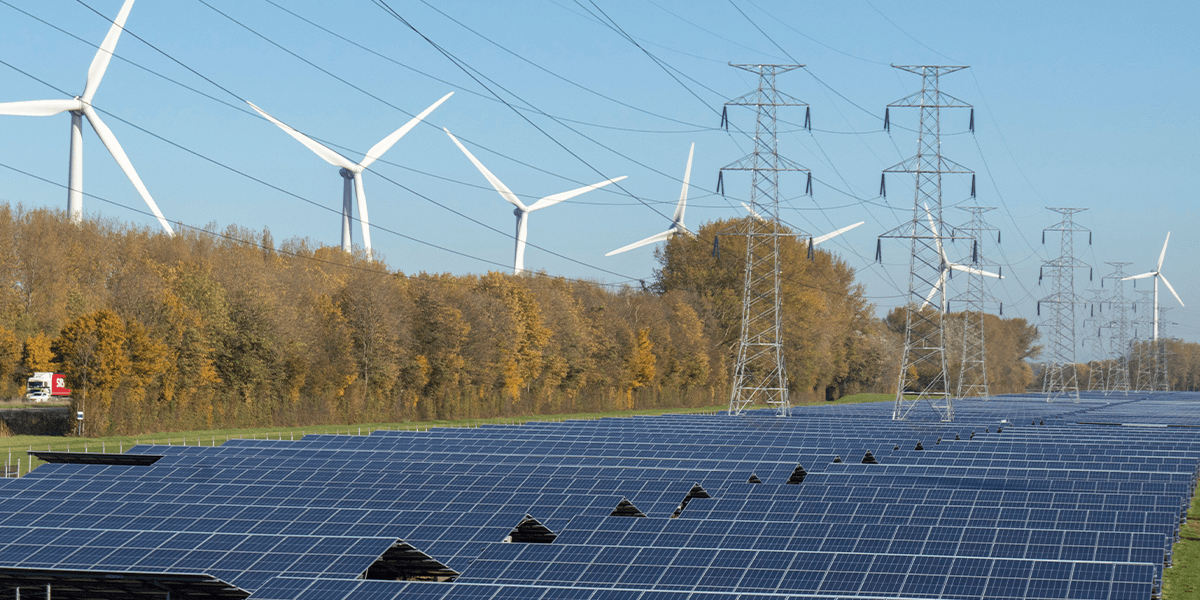
Qu’est-ce que la résilience du réseau et comment peut-elle être améliorée ?
septembre 5, 2024
Comprendre la résilience du réseau électrique. Pérenniser vos opérations avec les sociétés TRC, en utilisant la technologie et l’expertise pour renforcer la résilience du réseau aujourd’hui.
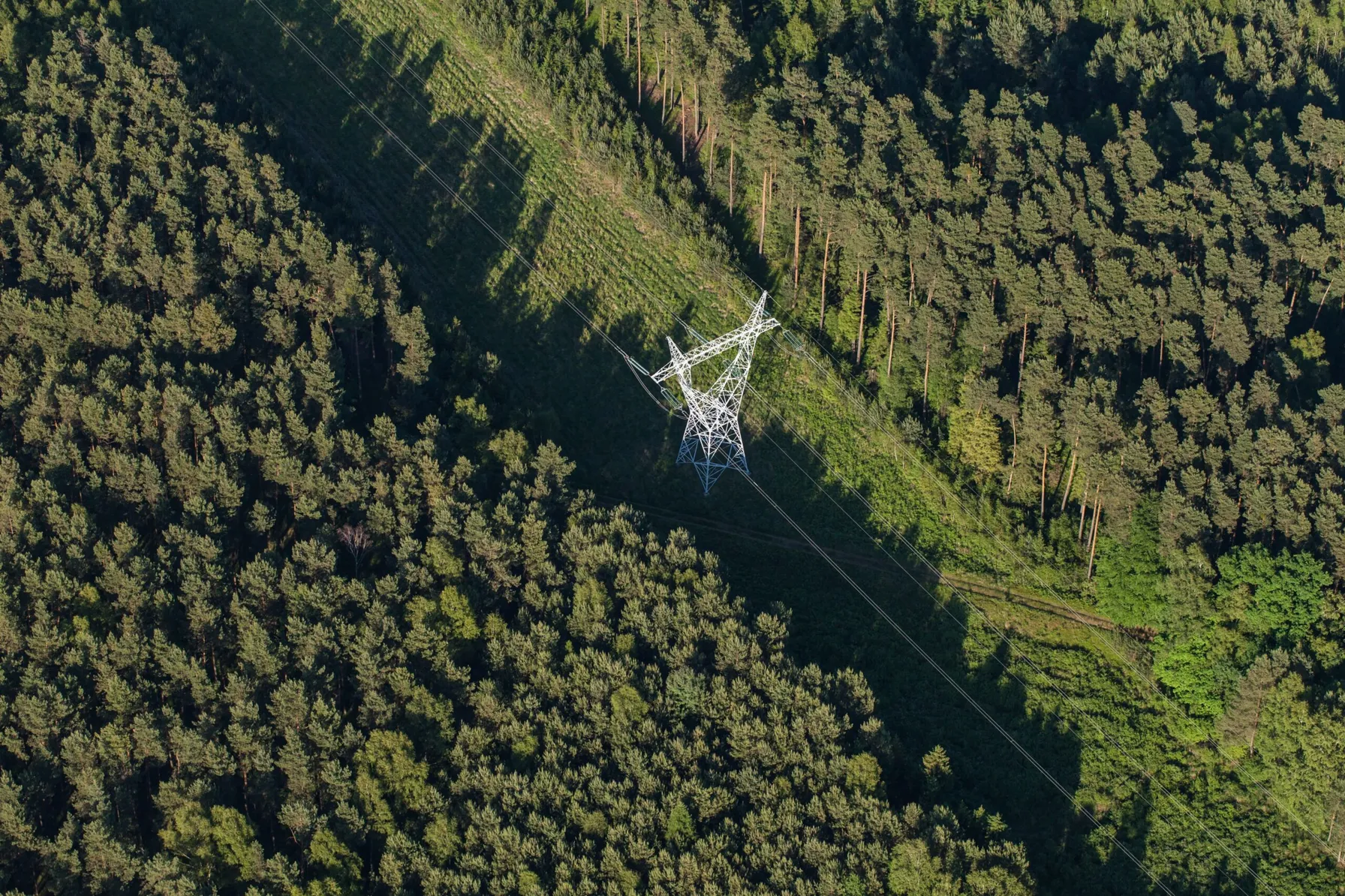
La mise à jour du FAC-003-5 apporte des changements radicaux aux classifications de transmission à compter du 1er avril
mars 19, 2024
La mise à jour du FAC-003-5 apporte des changements radicaux aux classifications de transmission à compter du 1er avril

Se préparer à l’avenir des études sur les systèmes d’alimentation, aujourd’hui
février 9, 2024
Comment la CVR s’adapte pour fournir des résolutions uniques pour la transition énergétique

Les éléments essentiels de la gestion de la végétation
février 1, 2024
La gestion de la végétation évolue afin de réduire le risque de dommages à l’infrastructure des services publics. Découvrez comment nos services de gestion de la végétation peuvent vous aider.

Responsabiliser les ingénieurs : maîtriser le passage de l’expertise technique au leadership
novembre 20, 2023
La transition du travail sur le terrain des services publics à la gestion peut être une décision gratifiante, mais elle peut également être écrasante.
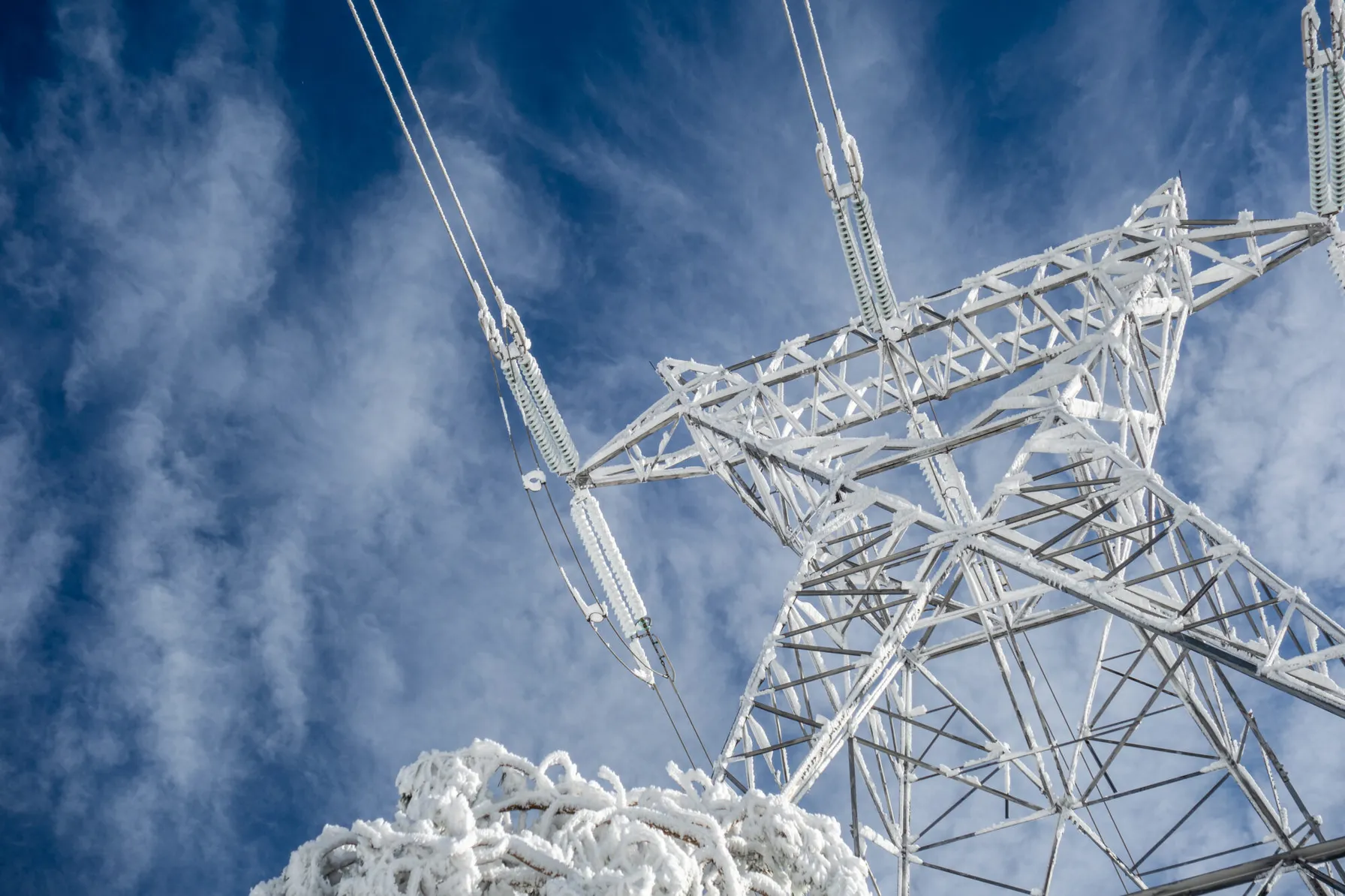
FERC Extreme Weather Initiative Will Change the Transmission Planning Process
juillet 26, 2023
FERC issued a Final Rule directing NERC to develop a new or modified reliability standard addressing transmission system planning performance requirements for extreme heat or cold weather events.
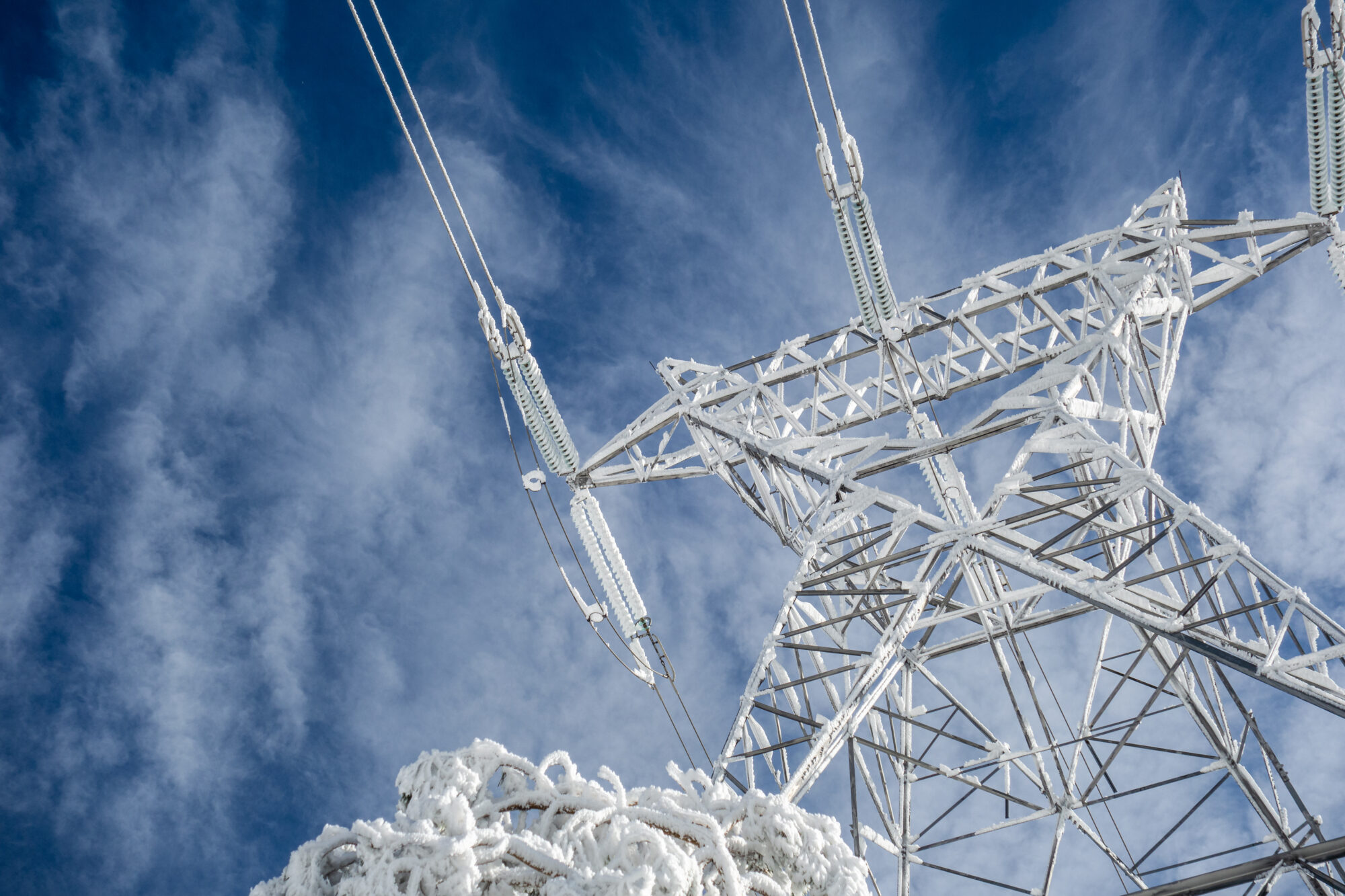
FERC Issues Order on Cold Weather Reliability Standards
avril 27, 2023
FERC has approved two NERC proposed cold weather-related reliability standards.
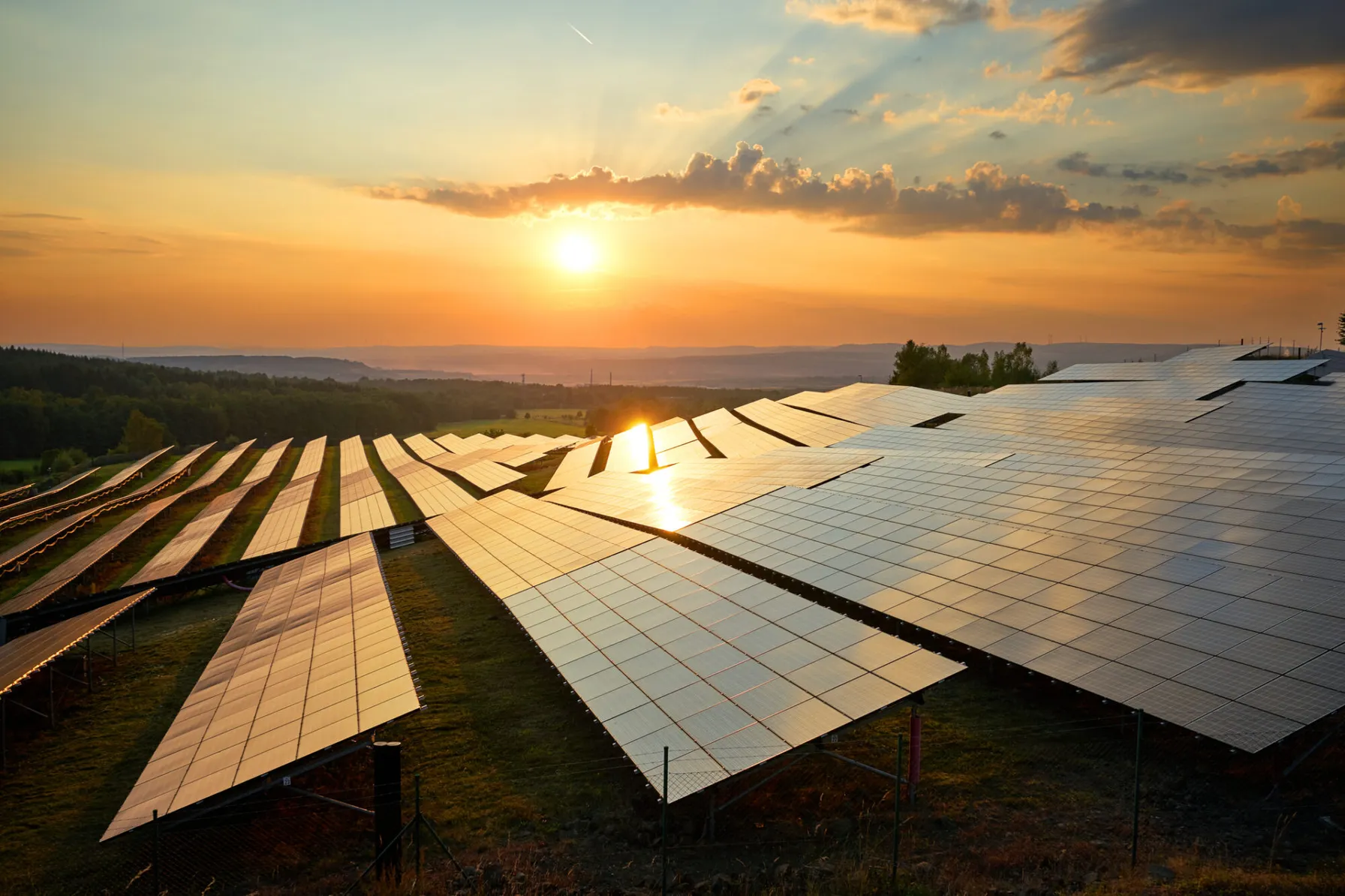
Modeling Power System Hosting Capacity
mars 31, 2023
As renewable energy development booms, and distributed energy resources (DERs) proliferate across the grid, the demand for a more efficient and timely interconnection process is at an all-time high. To meet regulatory deadlines and satisfy the needs of both developers and customers, utilities must tackle an increasingly complex array of system impact studies, analyses and reports, under ever shrinking timelines.
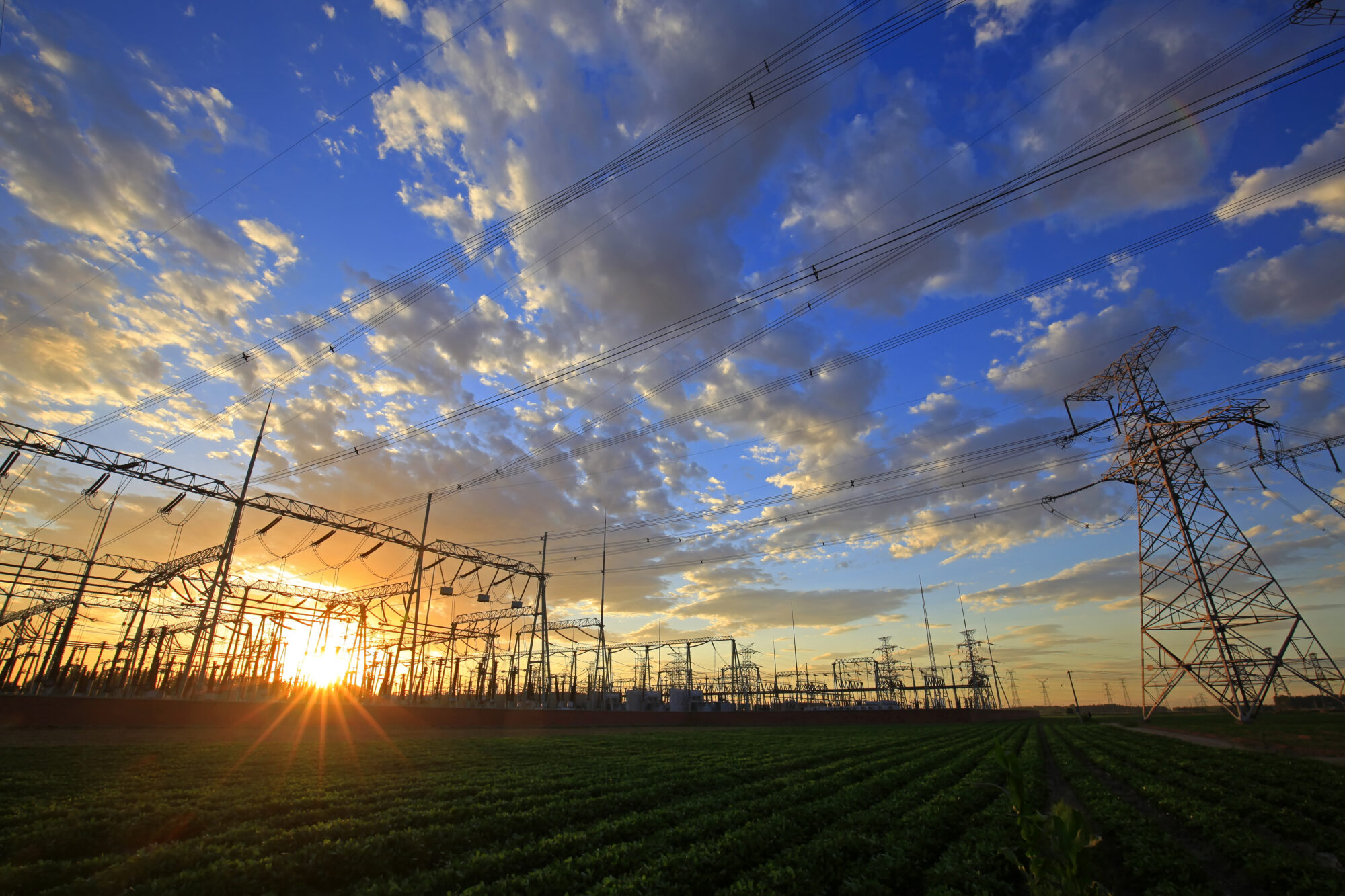
FERC Orders Internal Network Security Monitoring Rule to be Finalized
mars 14, 2023
FERC directed NERC to develop Reliability Standards to implement INSM within trusted CIP environments.
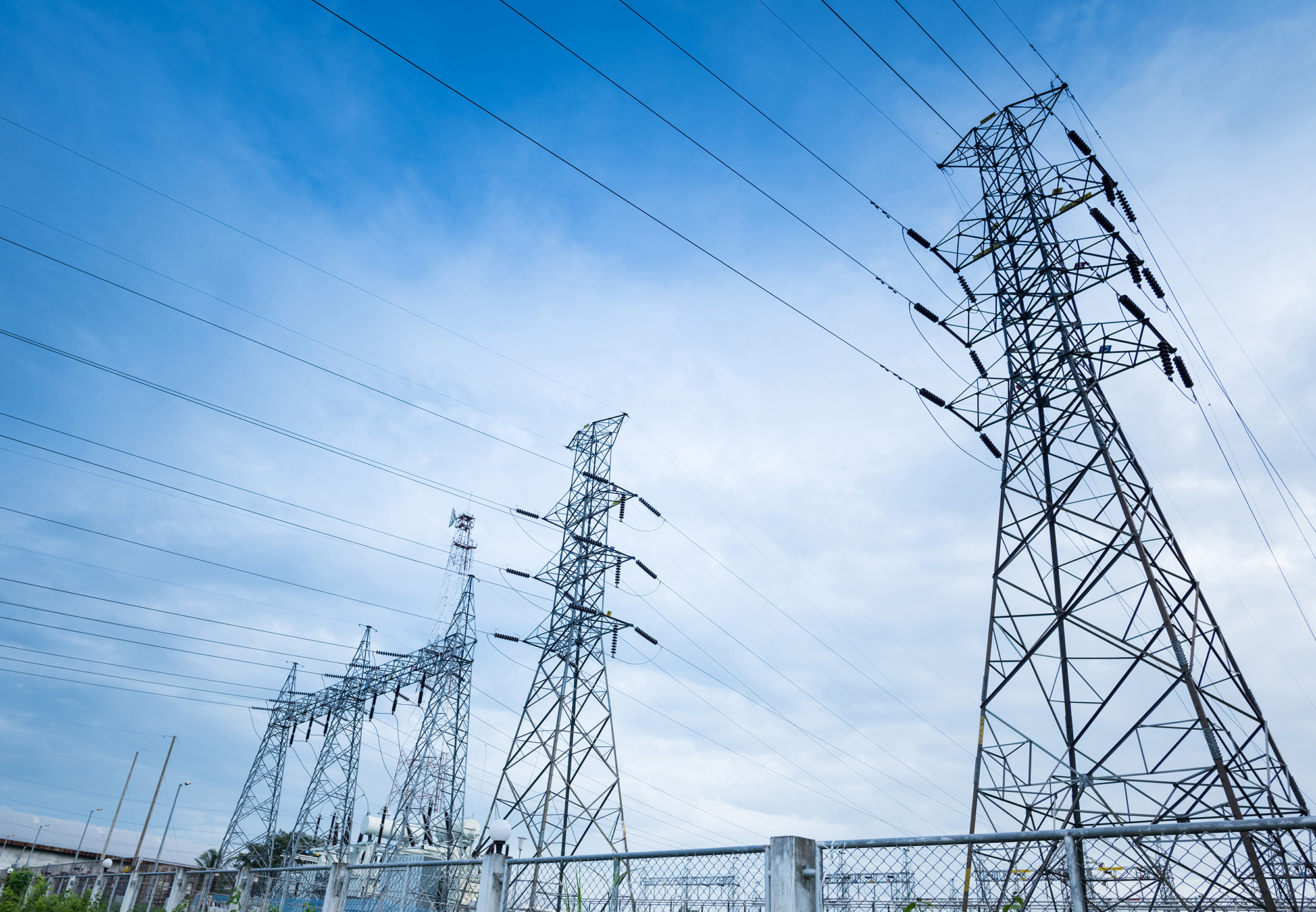
TRC Companies Assisting LS Power Grid Maine with New Transmission Project in Maine
mars 2, 2023
TRC Companies announces its role as a consultant in supporting the new transmission project by LS Power Grid Maine.
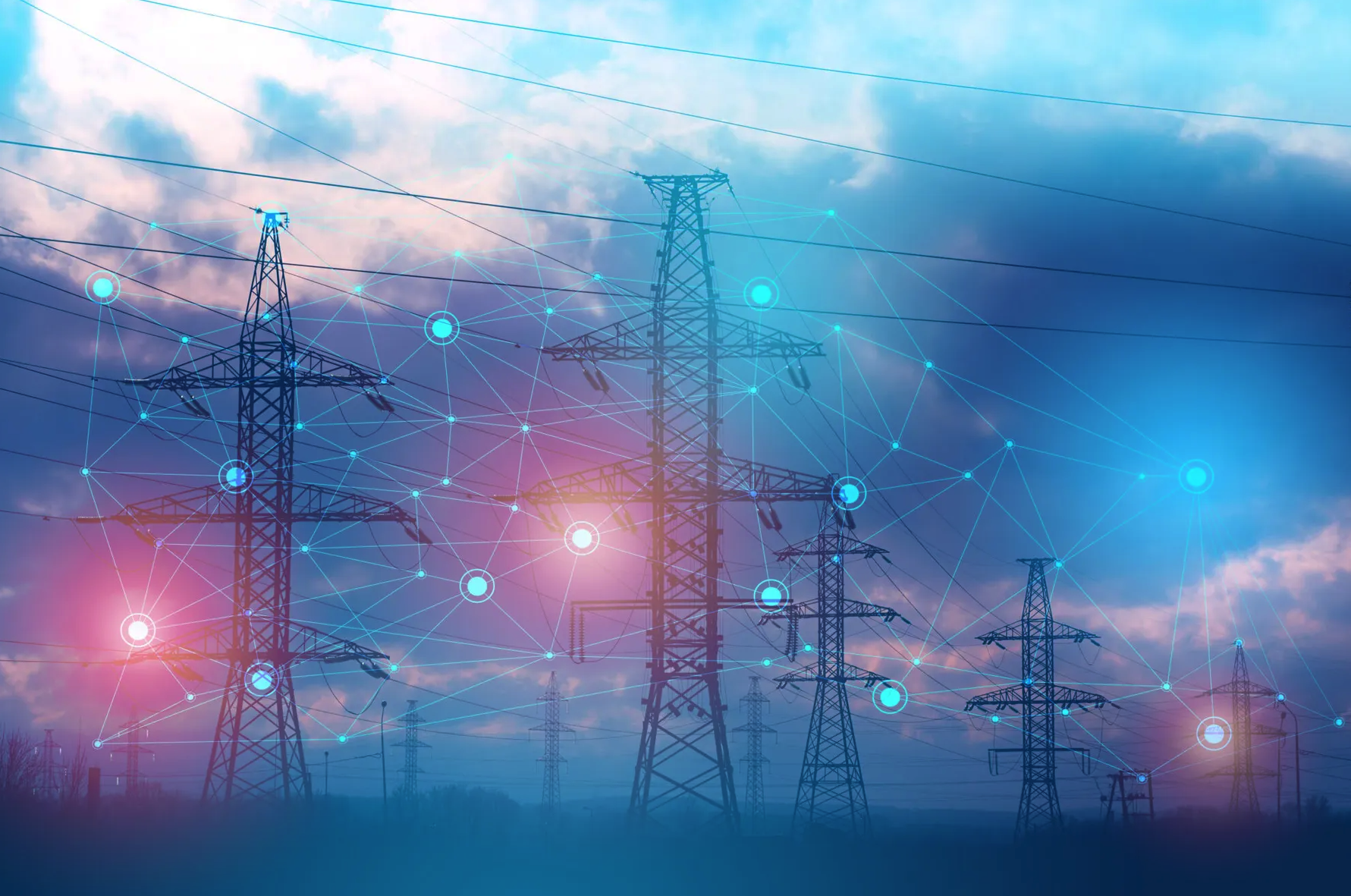
NERC Releases 2022 State of Reliability Report
septembre 16, 2022
The North American Electric Reliability Corporation (NERC) recently released its 2022 State of Reliability report, which examines power system performance in calendar year 2021 and evaluates reliability performance trends. The 2022 report identified six key findings regarding power system performance that are summarized as follows:
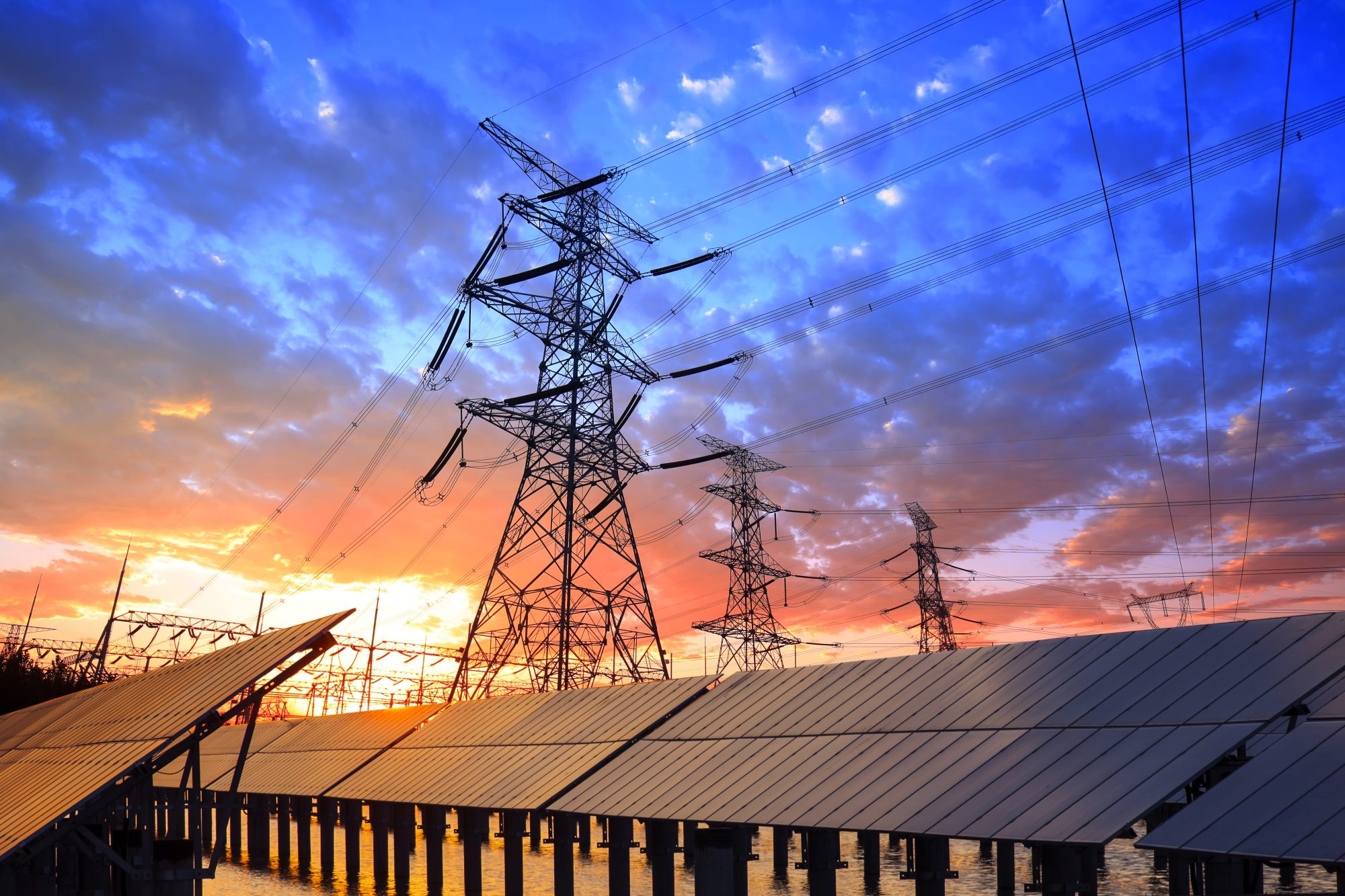
Webinar Replay: How the DOE and Utilities Can Work Together on IIJA Funding Initiatives
avril 29, 2022
View our webinar replay of our IIJA funding initiatives webinar with Jigar Shah, Director of the Loan Programs Office – US Department of Energy.
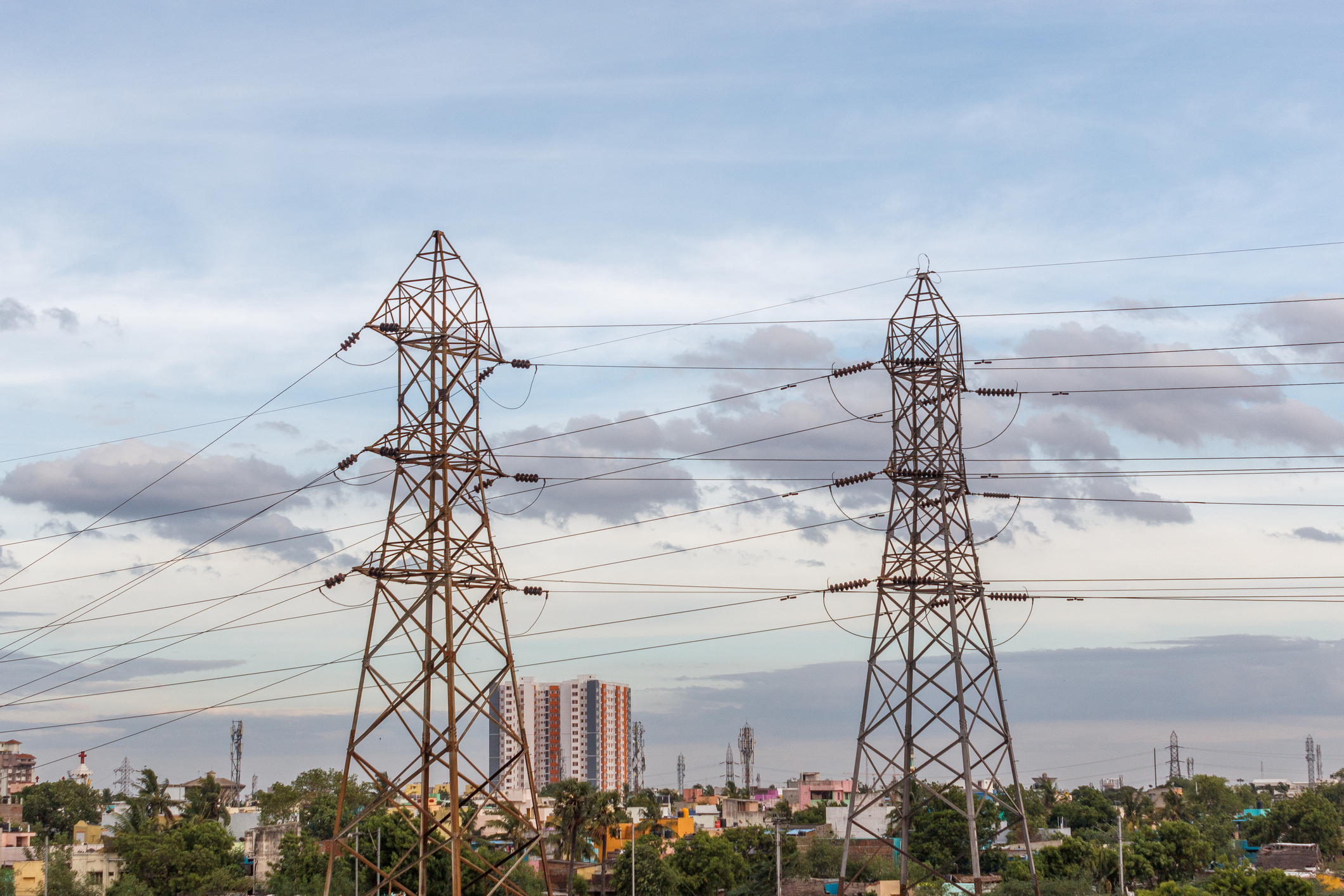
FERC Issues Notice of Inquiry Regarding Dynamic Line Ratings
avril 25, 2022
There are significant technical challenges involved in implementing Dynamic Line Ratings in the planning and operation of utility systems. Utilities should be prepared to modify their NERC compliance programs as necessary to address the potential introduction of DLR in their businesses.

What Does a Transmission Engineer Do?
novembre 2, 2021
With the increased energy demands comes a need to better manage how suppliers route their power. Power transmission engineers step in to fill this role.
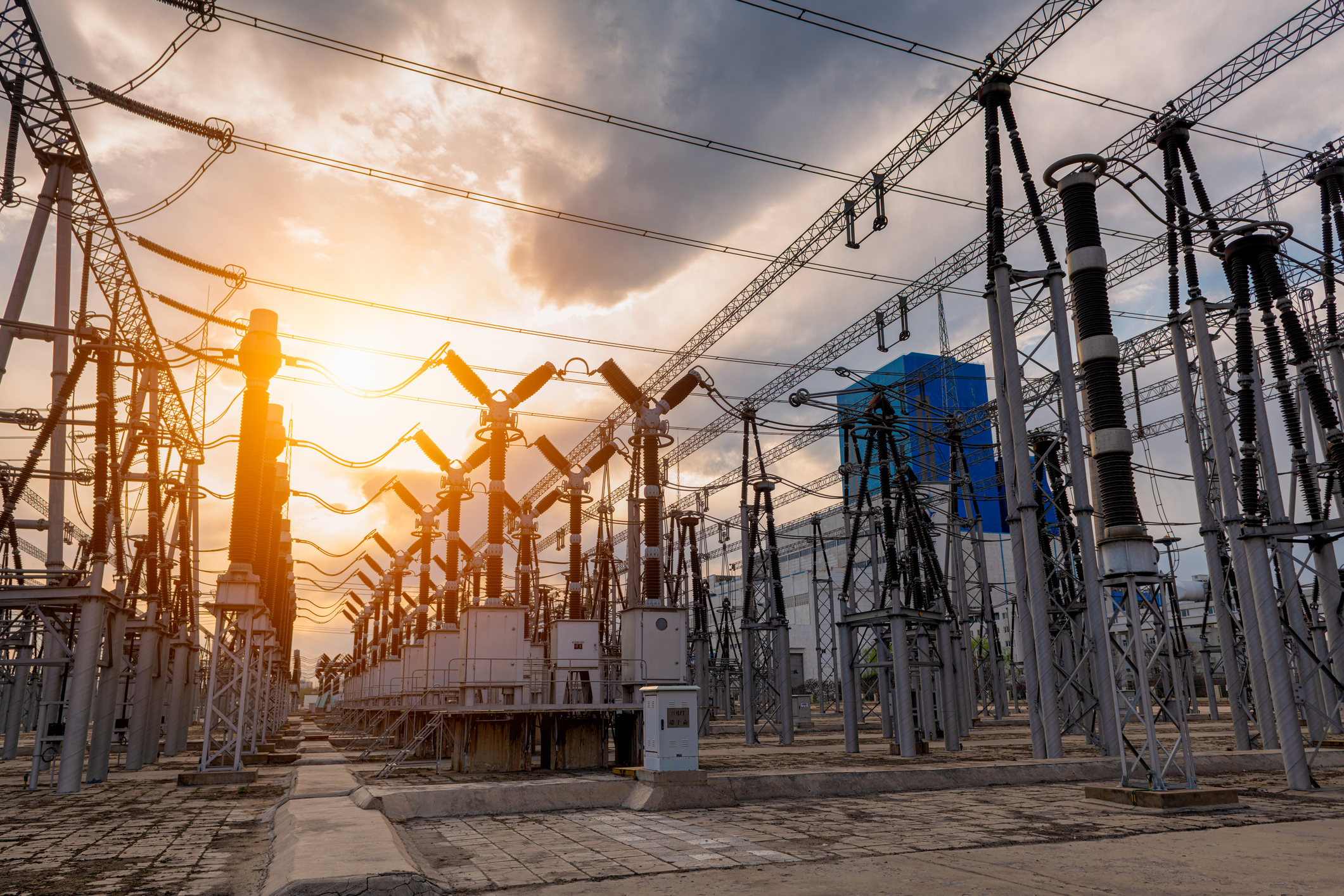
Comment fonctionne une grille de distribution ?
octobre 2, 2021
Les systèmes de distribution électrique s’appuient sur une technologie sophistiquée pour fournir de l’énergie en cas de besoin. L’électricité est produite à la demande, ce qui signifie qu’il y a souvent des périodes de pointe où les fournisseurs voient un plus grand besoin d’électricité et le système doit s’avérer réactif.

Managing the Future of Electric Utilities
août 1, 2021
The future of electric utilities depends on IT/OT convergence to ensure reliability and resiliency.
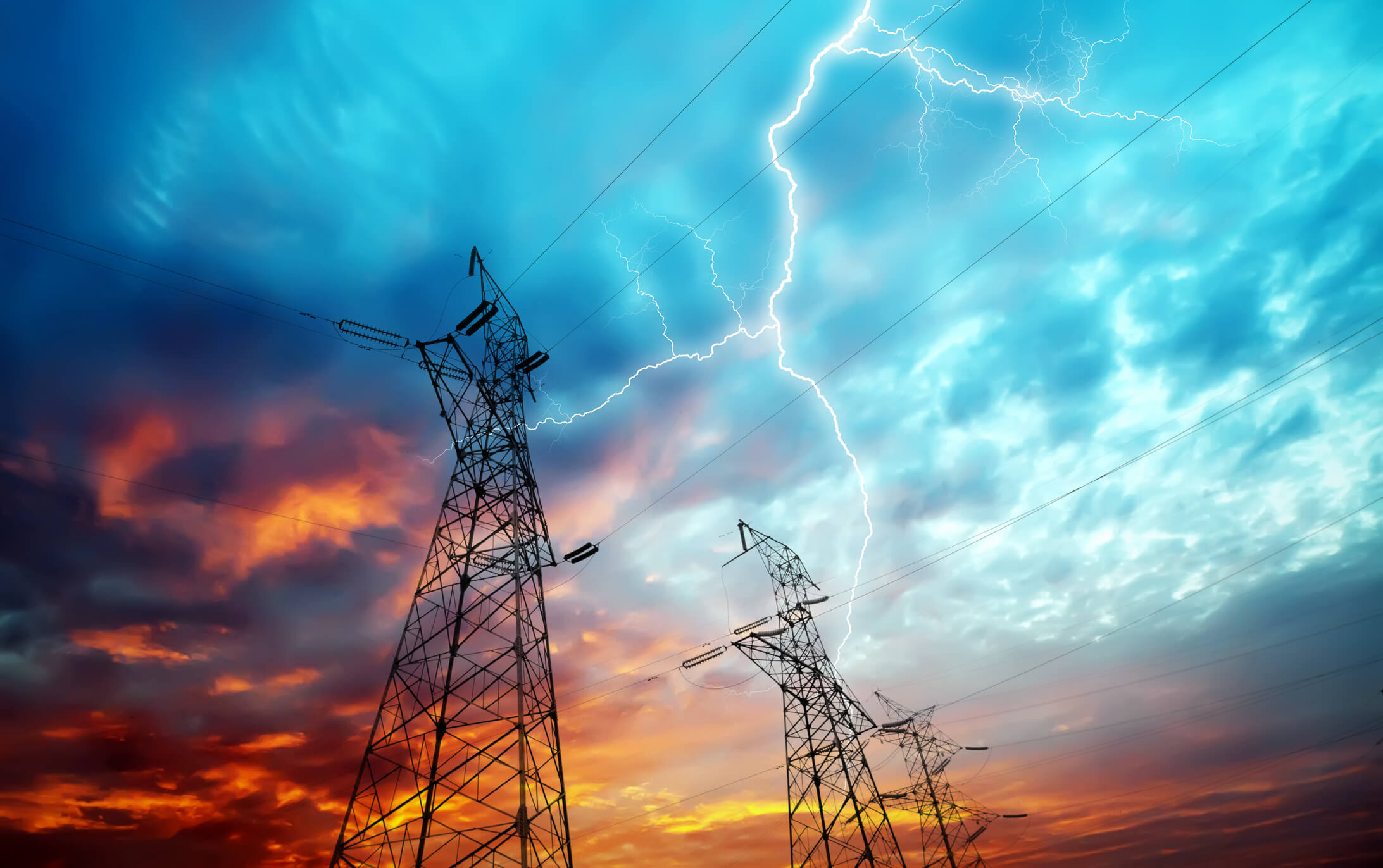
Electric System Planning for Extreme Weather Events: NERC Recommends Actions to Protect Reliability this Summer
juin 23, 2021
Due to recent extreme weather-related power systems failures, stakeholders are examining the planning and operations practices for all electric utilities.
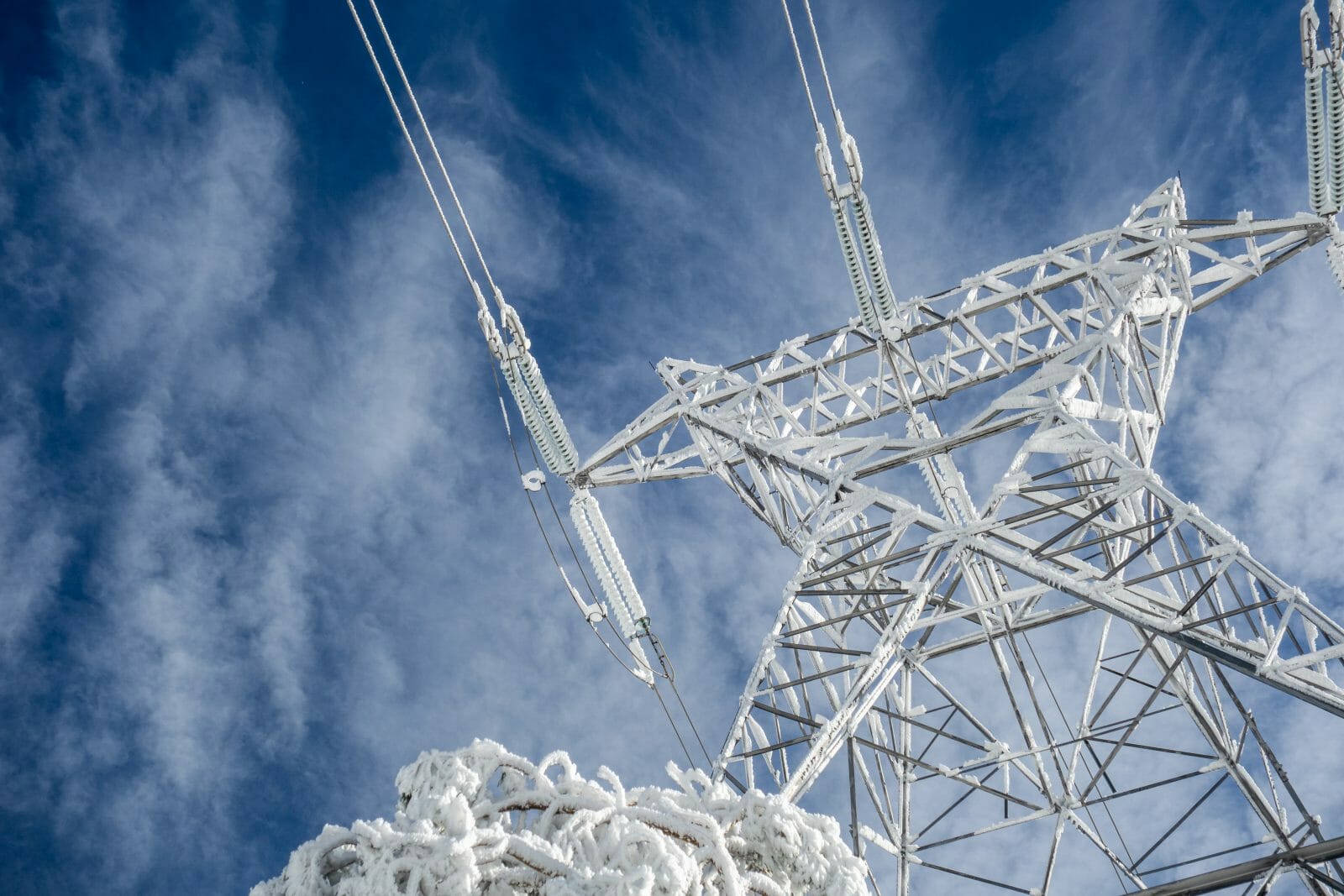
Cold Weather Reliability Preparedness and Hardening
mars 22, 2021
The latest weather impacts to power reliability have accelerated the need for mandatory regulatory compliance changes.
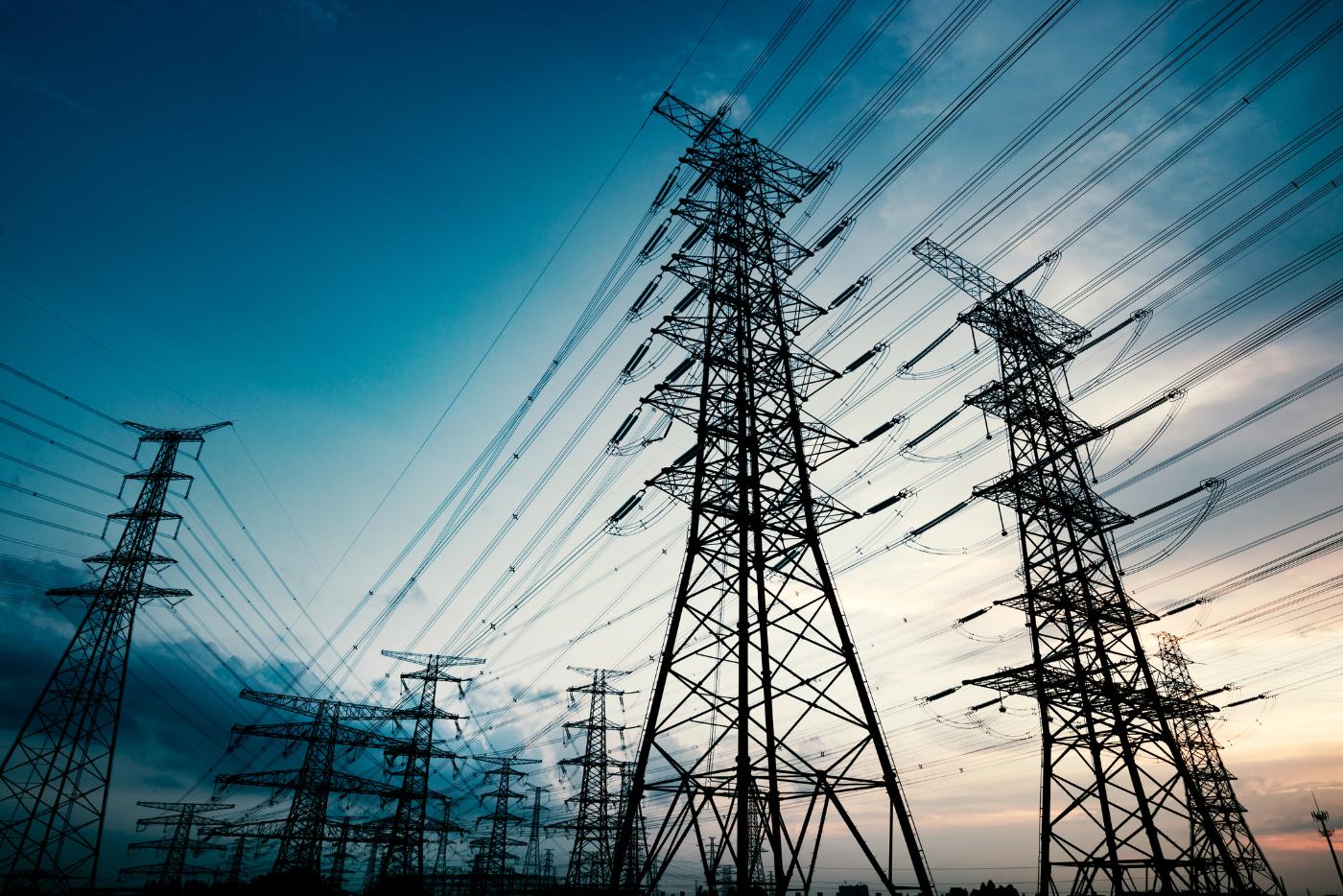
Transform Utility Engineering with LineHub™
octobre 12, 2020
LineHub™ brings PLS-CADDTM model data together with enterprise GIS, SAP and other data systems from across the utility, providing a digital story of the entire grid infrastructure.
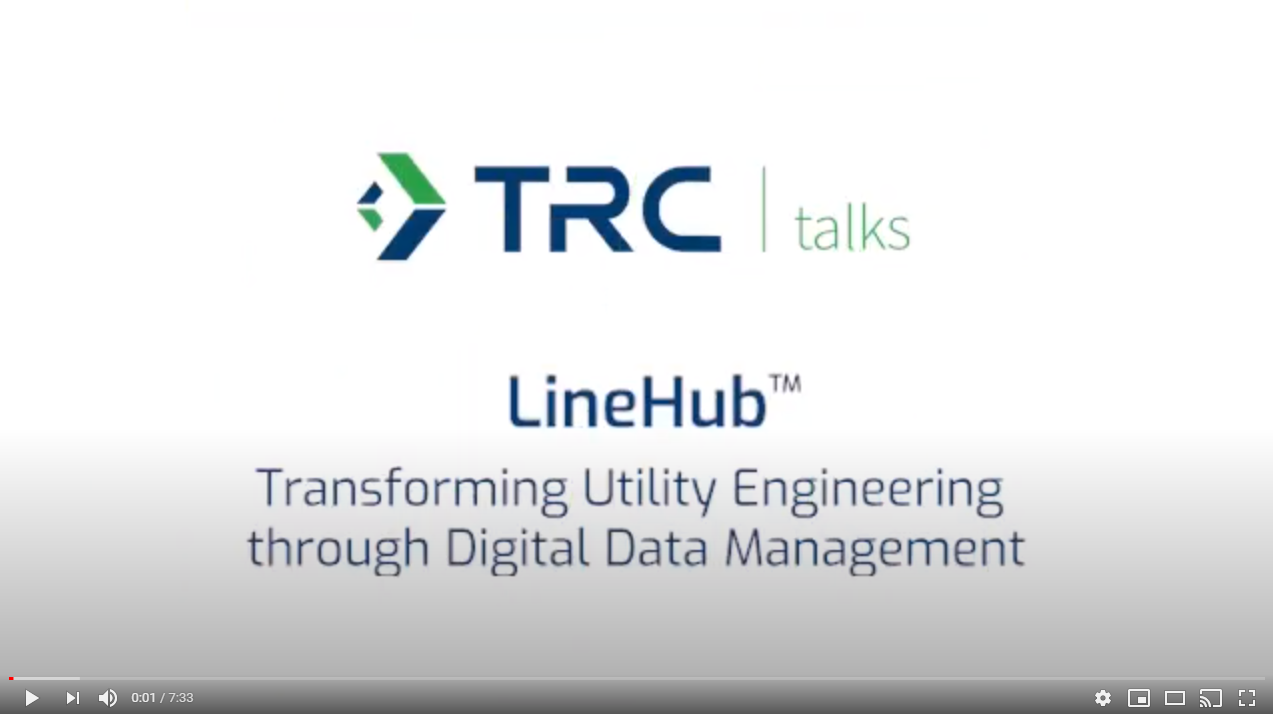
TRC Talks- LineHub : Transformer l’ingénierie des services publics grâce à la gestion des données numériques
septembre 10, 2020
LineHub™ est une solution révolutionnaire qui rassemble des données provenant de l’ensemble d’un service public, offrant une vue globale de l’ensemble du réseau.

TRC Digital Partners with Treverity to Put Utility Engineers at the Center of Their Data
juin 26, 2020
As part of TRC’s LineHub solution, Treverity helps transmission engineers get a holistic view of the grid through powerful digital data visualization and a customer-centric user interface.

TRC Acquires Utility Support Systems, Inc.
juillet 22, 2013
TRC Companies has acquired Georgia-based Utility Support Systems, Inc. , a professional engineering company primarily supporting the power/utility market.

The Sky’s The Limit for Zero Emission Airport Projects
octobre 18, 2024
TRC examine l’environnement opérationnel unique et les meilleures pratiques pour les aéroports alors qu’ils font évoluer la recharge des VE, soutiennent l’électrification côté terre et côté piste et atteignent les objectifs de décarbonisation.

TRC obtient la qualification du département de l’Énergie des États-Unis (DOE) pour être un fournisseur d’évaluations énergétiques équivalentes des centres d’évaluation industrielle (IAC)
septembre 24, 2024
TRC peut maintenant fournir des audits énergétiques équivalents IAC aux petites et moyennes entreprises de fabrication (SMM), qui peuvent recevoir des subventions allant jusqu’à 300 000 $ pour la mise en œuvre des recommandations de vérification.

Décarbonisation 101
septembre 5, 2024
Apprenez à intégrer des pratiques de décarbonisation pour réduire votre contribution aux émissions de dioxyde de carbone. Travaillez à la durabilité avec nos solutions.

Progresser vers un avenir énergétique propre : une conversation avec Duane Baldwin
août 26, 2024
À la suite de sa discussion sur l’efficacité énergétique, Duane Baldwin, vice-président de l’énergie avancée de TRC, partage maintenant ses idées professionnelles et son engagement personnel envers l’équité énergétique.
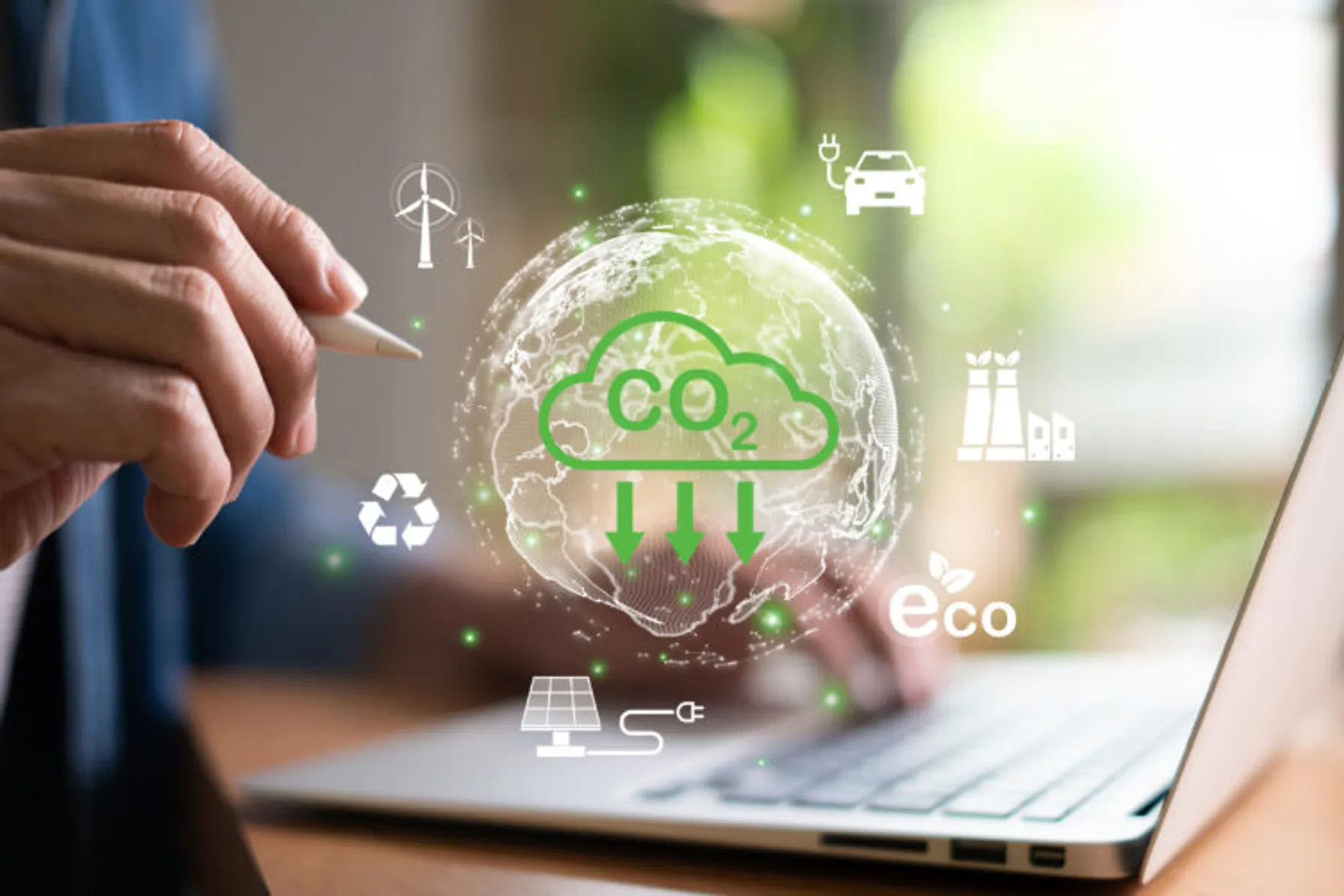
Gestion des données sur le carbone des services publics
mai 27, 2024
Nous sommes heureux d’annoncer l’épisode 7 du podcast Energy Talks de TRC, où nous nous joignons à des experts des services publics et des fournisseurs de solutions de comptabilisation du carbone pour discuter de la façon dont notre industrie comprend, mesure et travaille à améliorer notre empreinte carbone collective.

TRC accepté en tant qu’adopteur précoce des données satellitaires de la NASA
avril 30, 2024
TRC analysera les données de la mission de la NASA pour aider à conserver l’eau potable et l’énergie en identifiant les fuites souterraines.

Habiliter les intervenants à co-créer des solutions qui s’attaquent aux iniquités
avril 23, 2024
Pour s’attaquer aux inégalités et veiller à ce que les avantages de la transition vers l’énergie propre soient accessibles à tous, il faut examiner de près les processus auxquels on s’appuie depuis longtemps et qui peuvent avoir caché des inégalités enracinées en eux.
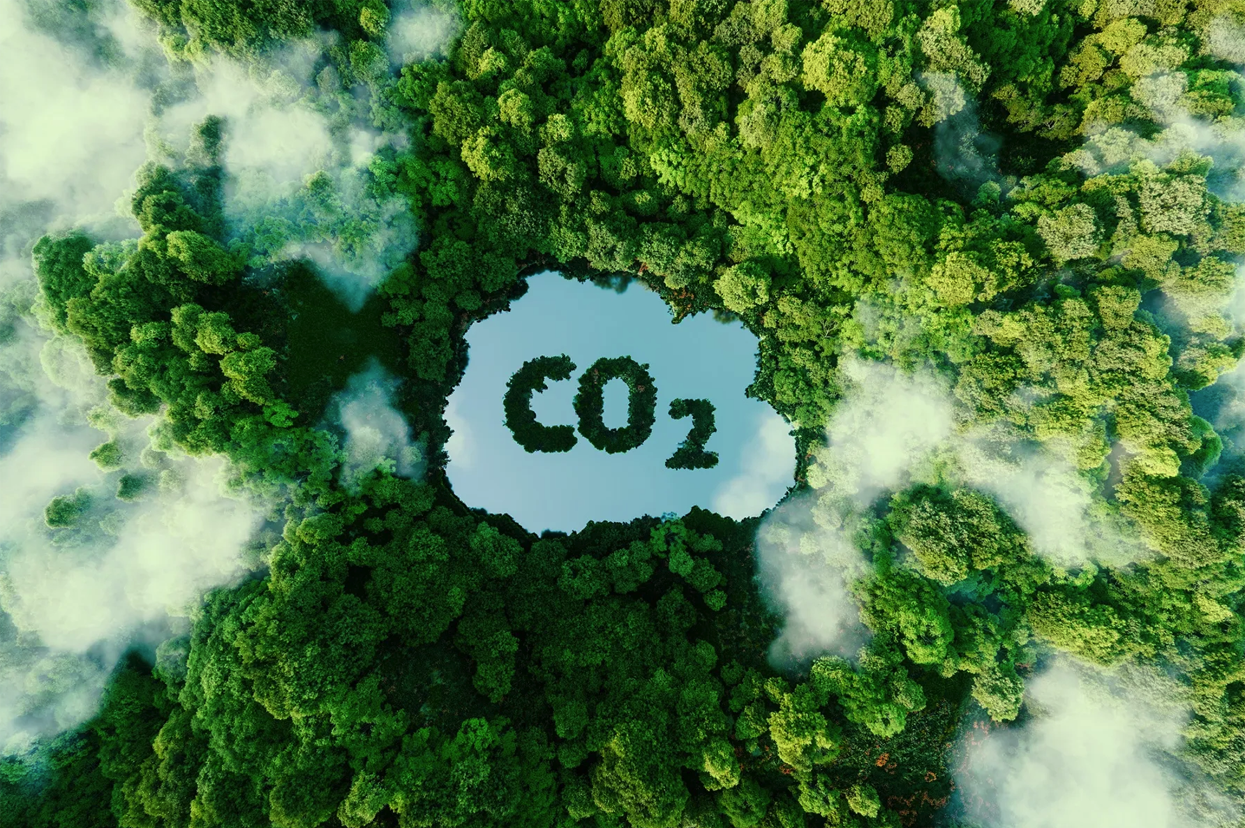
Monétiser les attributs environnementaux des programmes de décarbonisation des bâtiments
mars 27, 2024
Écoutez l’épisode 6 du podcast Energy Talks de TRC, où nous nous joignons à des experts de l’industrie des marchés de gros de l’énergie et des produits environnementaux pour discuter de la façon dont les services publics et les développeurs de projets valorisent les attributs environnementaux des projets de décarbonisation des bâtiments.

Rediffusion du webinaire
mars 26, 2024
Écoutez l’épisode 6 du podcast Energy Talks de TRC, où nous nous joignons à des experts de l’industrie des marchés de gros de l’énergie et des produits environnementaux pour discuter de la façon dont les services publics et les développeurs de projets valorisent les attributs environnementaux des projets de décarbonisation des bâtiments. Avec 40% des émissions de gaz à effet de serre provenant des bâtiments, ce secteur est le plus grand levier disponible pour nous de résoudre le changement climatique causé par les émissions. La décarbonisation des bâtiments fait référence à tout processus ou technologie qui réduit les émissions de dioxyde de carbone associées aux bâtiments. Cela comprend l’efficacité énergétique, l’électrification, la flexibilité de la charge et les projets de production d’énergie renouvelable distribuée. Les services publics investissent traditionnellement dans des programmes de décarbonisation des bâtiments pour obtenir des avantages du réseau, y compris une capacité évitée. Mais en parallèle, ces programmes génèrent des avantages environnementaux sous la forme d’émissions de gaz à effet de serre évitées – connues sous le nom d’attributs environnementaux – et peuvent aider à atteindre les objectifs du gouvernement et des entreprises en matière d’énergie propre. Il existe différents types d’attributs environnementaux, qui peuvent être mesurés en compensations de carbone (tonnes d’eCO2) ainsi que des certificats d’attributs énergétiques (CEE), généralement sous la forme de crédits d’énergie renouvelable ou de CER (mesurés en MWh). La valeur de ces avantages environnementaux augmente et devrait s’envoler au cours des prochaines décennies, ce qui fait du coût évité du carbone un intrant de plus en plus important dans l’évaluation de la rentabilité des programmes de décarbonisation des bâtiments. Cette tendance représente un changement de paradigme, offrant la possibilité d’attirer de nouveaux investisseurs importants dans notre industrie au cours des prochaines décennies et d’élargir considérablement les impacts de nos programmes. Beaucoup d’entre nous dans l’industrie se demandent : comment les services publics et les États qui administrent les programmes de décarbonisation des bâtiments évaluent-ils actuellement les attributs environnementaux générés par leurs programmes ?

L’impact de la conservation de l’eau sur la consommation d’énergie
février 1, 2024
La conservation de l’eau est essentielle pour réduire la consommation globale d’énergie et l’impact environnemental. Découvrez comment nos services peuvent vous aider à gérer votre conservation de l’eau.

Poêles dans les nouvelles ? Pourquoi certains États réglementent le gaz naturel dans la construction de nouveaux bâtiments
octobre 30, 2023
L’élimination de l’utilisation du gaz naturel dans les nouvelles constructions est une option stratégique qui gagne à la fois du terrain et de la controverse
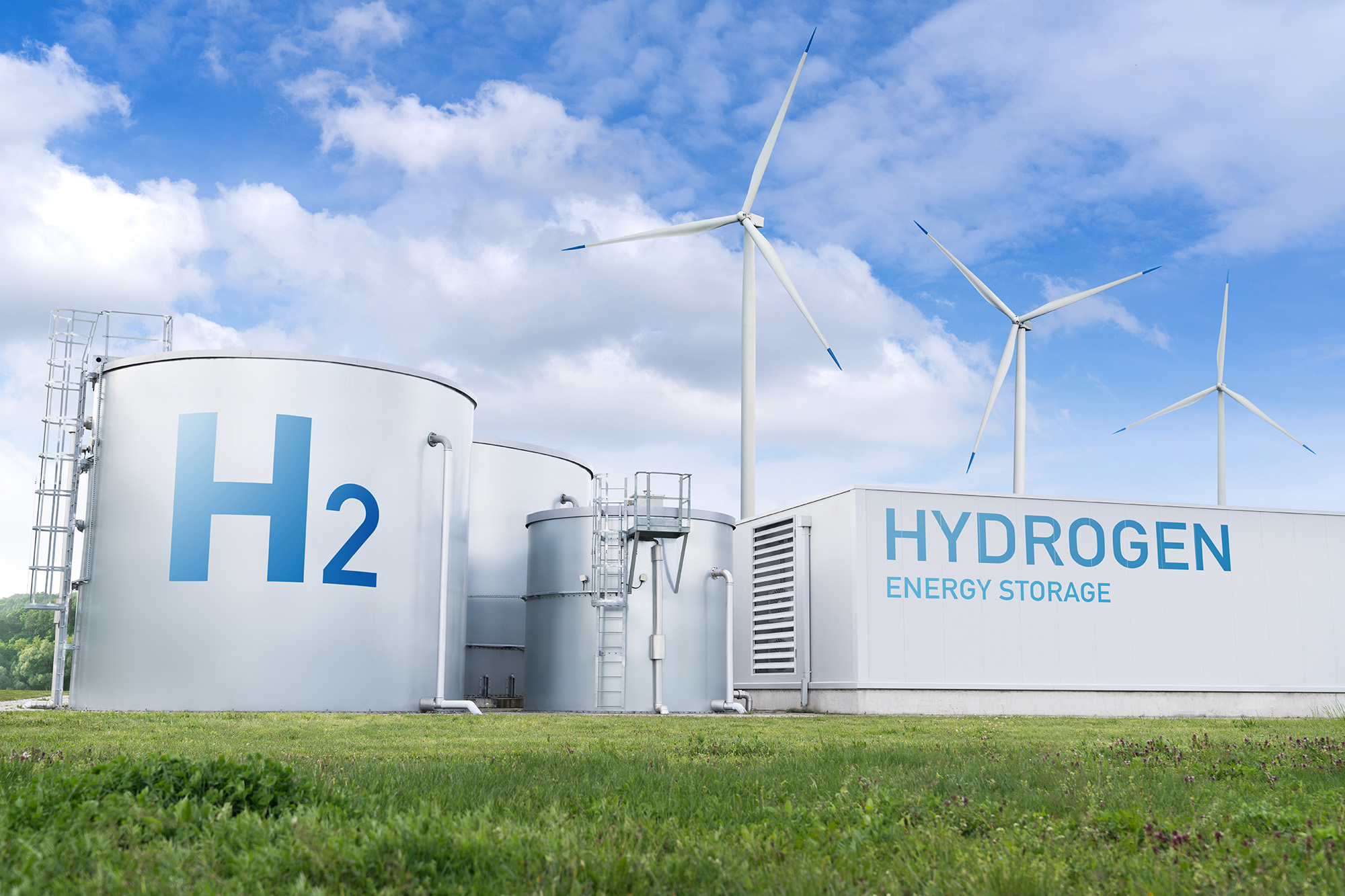
TRC Companies, Inc. selected to participate in Department of Energy (DOE) Multi-State Clean Hydrogen Hub
octobre 13, 2023
TRC received an award for advancing the transition to a clean-hydrogen, low-carbon economy by supporting the Appalachian Regional Clean Hydrogen Hub (ARCH2) consortium.

What’s Next for the Clean Energy Transition?
octobre 12, 2023
The need to decarbonize our energy systems is urgent – but to successfully transform this vast market requires cross-sector change at scale.
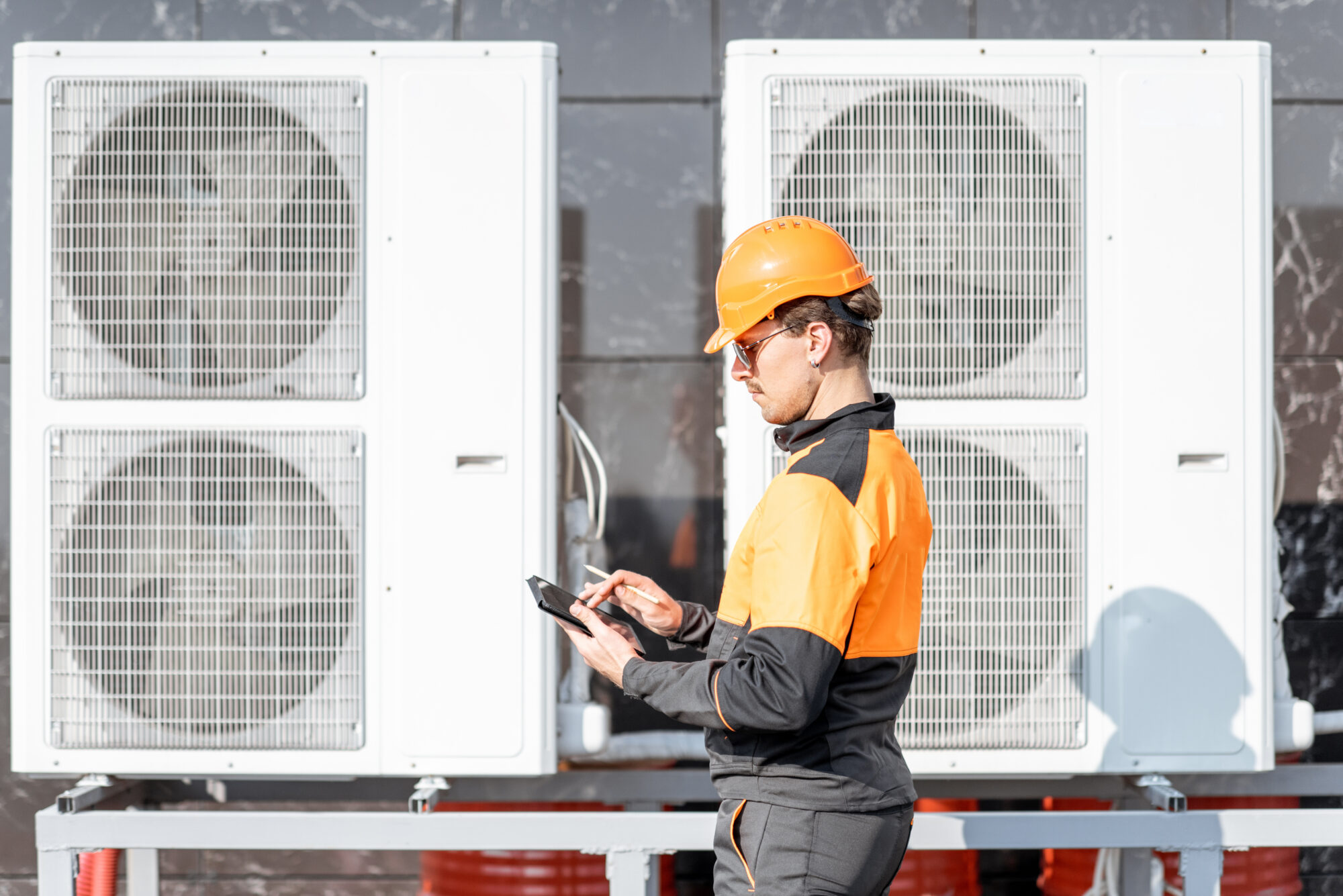
Five Common Myths about Heat Pumps for Space Heating and Cooling Systems
septembre 6, 2023
Heat pump technology is still evolving and real challenges exist to widespread market adoption.

Clean Energy Skills Workshops
août 16, 2023
Partnering With Local High Schools to Recruit the Next Generation of Clean Energy Workers.

Download Whitepaper: 10 Years of Insights for Clean Community Microgrids
mars 1, 2023
Clean, community microgrids represent a promising and timely opportunity for you to advance your customer offering and deliver meaningful societal benefits, all while modernizing your grid and providing you with load flexibility.

Carrots and Sticks for Building Decarbonization: Incentive Programs and Codes & Standards
janvier 11, 2023
Avec les procédures judiciaires, les appels devant les tribunaux et les actions politiques actuellement en cours, découvrez pourquoi certains États interdisent les nouveaux raccordements au gaz naturel dans certains secteurs dans le cadre des stratégies de décarbonisation et ce que cela signifie pour les consommateurs et les entrepreneurs. Alors que la décarbonisation devient impérative pour lutter contre les impacts du changement climatique à l’échelle nationale, le gouvernement fédéral, les États et les municipalités regardent au-delà du marché de la production d’électricité pour de nouvelles solutions qui peuvent faire une grande différence. Étant donné qu’une source importante d’émissions de carbone provient des combustibles fossiles utilisés dans les bâtiments, l’élimination de l’utilisation du gaz naturel dans les nouvelles constructions est une option politique qui gagne à la fois du terrain et de la controverse. La décarbonisation du secteur de la construction nécessite de réduire ou d’éliminer les émissions provenant des sources de pétrole ou de gaz naturel utilisées pour le chauffage et les foyers ornementaux, l’eau chaude domestique, le séchage des vêtements et la cuisson. Des chaudières aux chauffe-eau, en passant par les fournaises et les cuisinières à gaz, il existe de nombreuses façons dont une maison ou un autre bâtiment peut brûler des combustibles fossiles. L’élimination de ces sources et le remplacement de l’équipement par une nouvelle technologie électrique peuvent réduire la pollution de l’air extérieur, améliorer la qualité de l’air intérieur et améliorer l’environnement – aidant à atteindre les objectifs climatiques – mais cela peut également atténuer l’augmentation des coûts des services publics, protéger les options de logement abordable et s’attaquer aux impacts sur la sécurité, l’air intérieur et la santé humaine qui peuvent se produire avec la combustion de combustibles fossiles à l’intérieur. Alors que les États réglementent le gaz naturel dans les nouvelles constructions, de nombreux intervenants s’inquiètent de ce changement notable. Bien que cela ait conduit à des batailles juridiques et politiques litigieuses, la tendance est là pour rester. Et avec de nombreuses options de remplacement nouvelles et émergentes passionnantes pour les appareils au gaz naturel, combinées à des campagnes continues d’éducation et de sensibilisation des parties prenantes, il peut y avoir une voie positive pour la décarbonisation des bâtiments.

Transportation Electrification
novembre 3, 2022
Lessons from TVA’s Non-Road EV (NREV) Program

The Social Side of Resiliency
août 30, 2022
For community leaders, rebuilding in the wake of disasters creates an opportunity to do more than simply replace homes with the fastest, least-expensive structures.

Eliminating Overcooling to Make People More Comfortable While Saving Energy
juillet 28, 2022
A significant portion of a building’s energy consumption is wasted through a combination of missing occupant needs and sub-optimal design and operation.

Webinar Replay: How the DOE and Utilities Can Work Together on IIJA Funding Initiatives
avril 29, 2022
View our webinar replay of our IIJA funding initiatives webinar with Jigar Shah, Director of the Loan Programs Office – US Department of Energy.
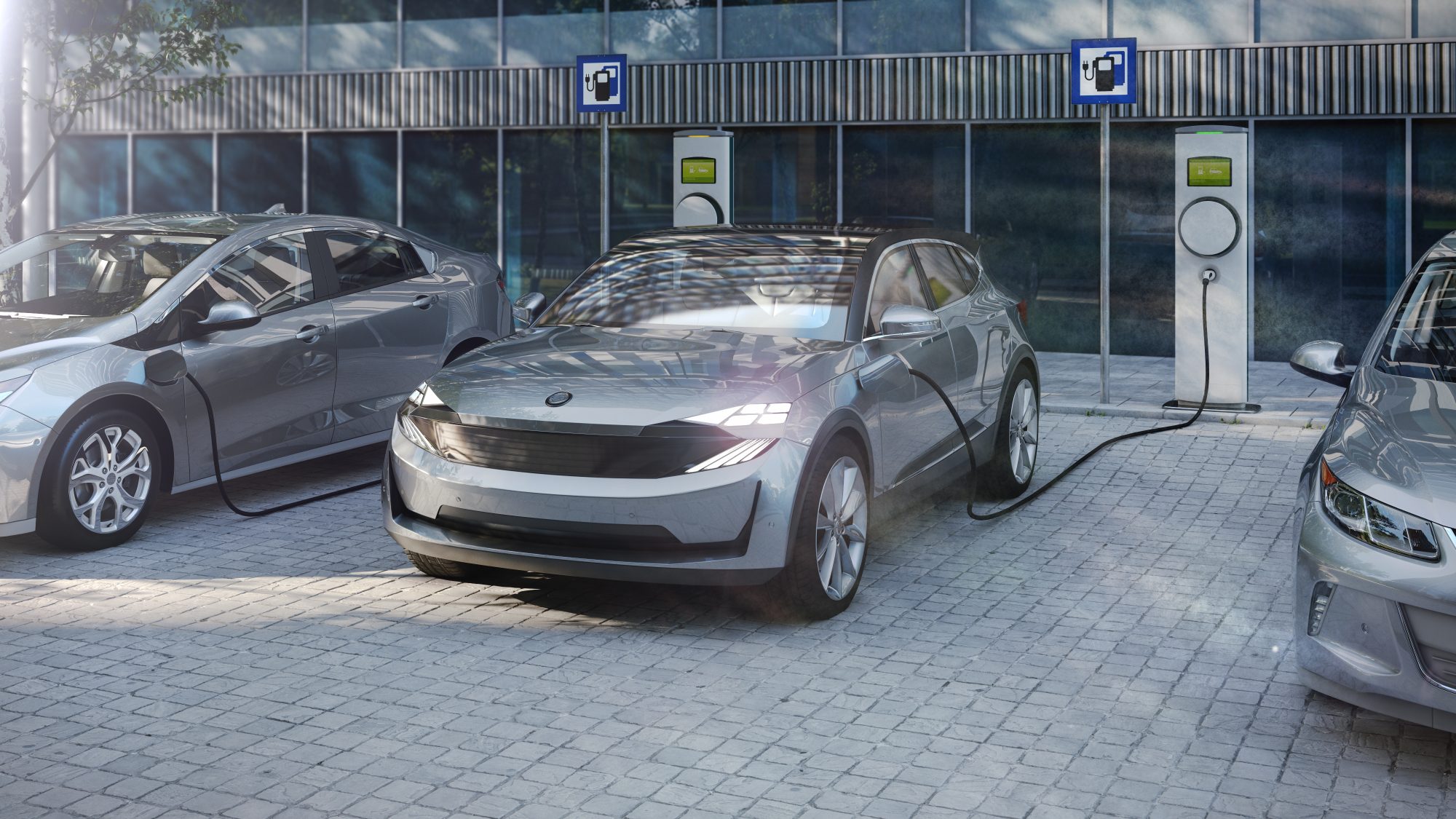
Start Your Batteries: Mass Fleet Electrification is Coming (And What We Can do to Prepare)
avril 13, 2022
As we plan for and make early investments for fleets, we’ll be paving the way for higher degrees of market penetration of passenger vehicles and other modes of transportation as well.

Trailblazing Reach Code Initiatives Drive Decarbonization
mars 7, 2022
Find out how reach code initiatives are driving decarbonization with TRC. Our team offers decarbonization consulting and solutions. Turn To The Experts at TRC!
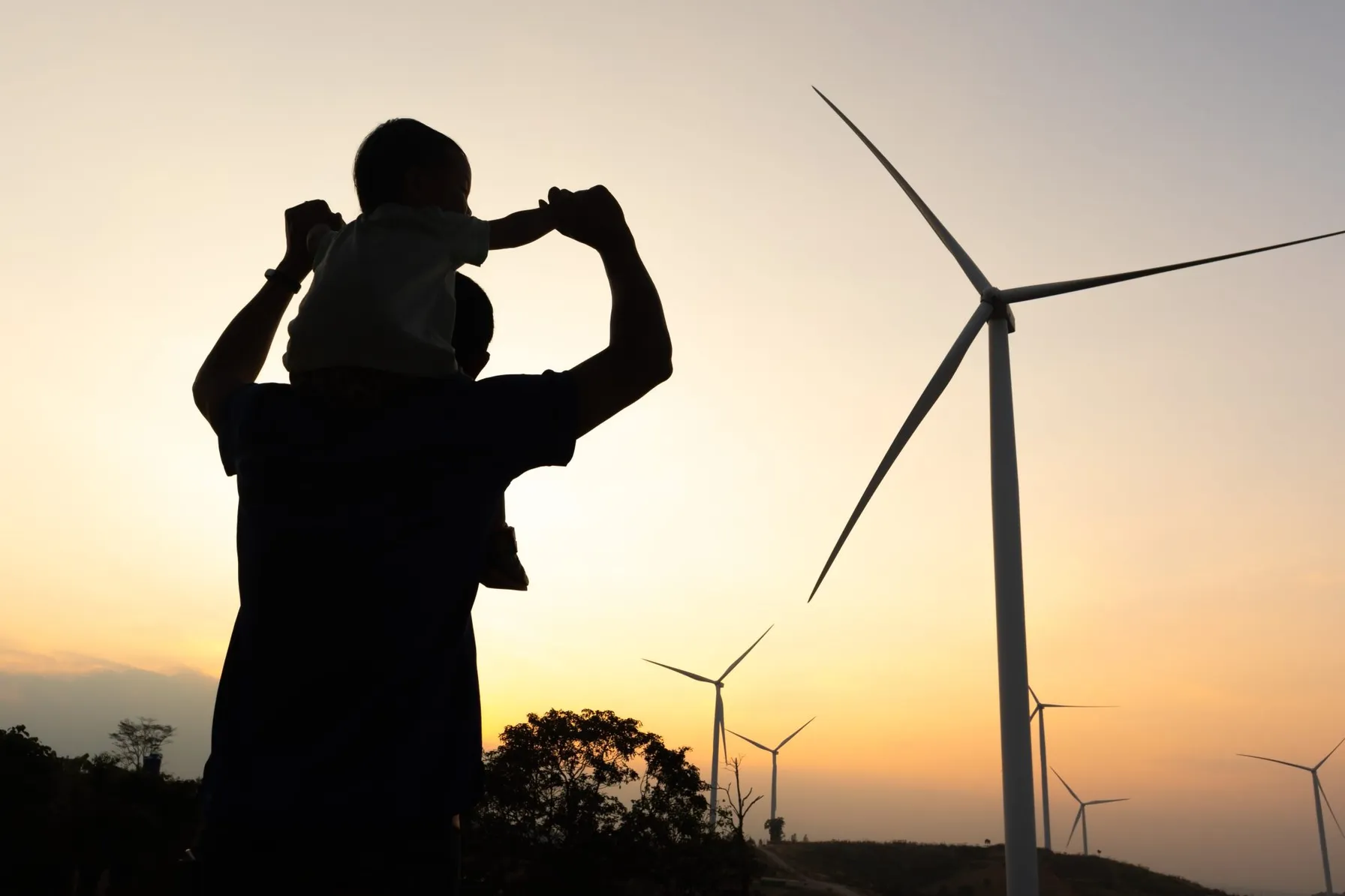
Ensuring a Just Transition: Optimizing Opportunities for All in the Low-Carbon Future
janvier 24, 2022
Carbon elimination of the magnitude needed to address climate change requires systems-level change that can only be reached by incremental, ground-up progress, building upon what we have achieved thus far.

Decarbonization: A Systems-Level Challenge and Actions to Address Climate Change
Décembre 7, 2021
Carbon elimination of the magnitude needed to address climate change requires systems-level change that can only be reached by incremental, ground-up progress, building upon what we have achieved thus far.

10 Takeaways from the COP26 Climate Meeting
novembre 17, 2021
There are compelling reasons to be optimistic about the outcomes of the COP26 meeting. Notably, agreement among all nations that more needs to be done, by both private and governmental bodies, to contain and mitigate climate change.
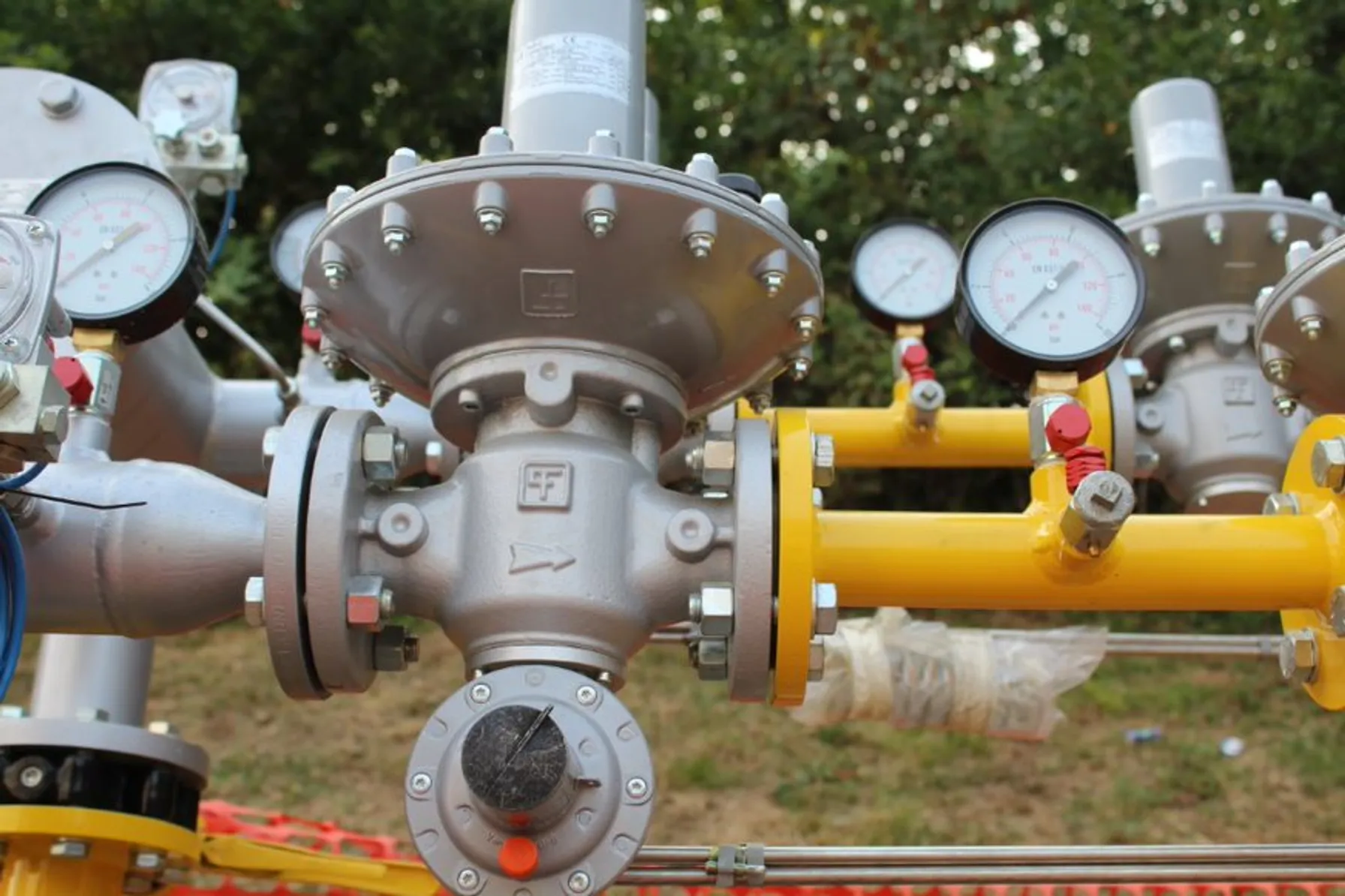
The Price of Natural Gas: Onward and Upward or Just a Temporary Blip?
novembre 12, 2021
Most industry experts agree that weather aside, the global energy and gas markets are likely to remain uncertain with supply and market demand becoming tighter and more challenging to forecast.

On the Road to Decarbonization: The Role of All-Source Competitive Solicitations
octobre 14, 2021
All-Source Competitive Solicitations offer utilities an alternative to centralized planning, construction and dispatch of power supplies, helping to usher in a new era of market-driven technology innovation.
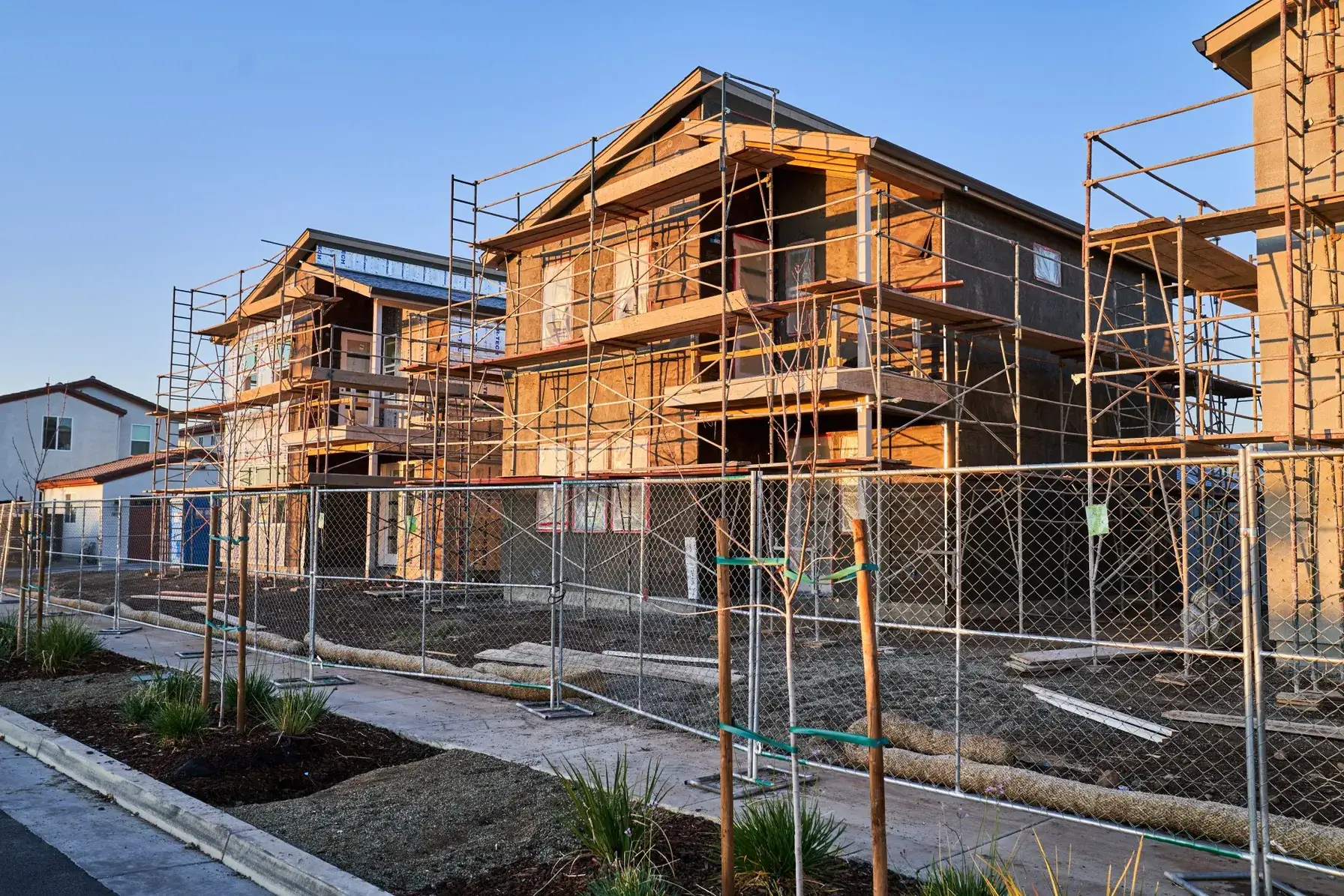
Pacific Gas and Electric Selects TRC as Program Implementer for New Construction Residential All-Electric and Mixed Fuel Programs
septembre 27, 2021
Pacific Gas and Electric Company (PG&E) formally announced TRC as the designated lead Program Implementer for the Statewide New Construction (SWNC) Residential All-Electric and Mixed Fuel Programs following a competitive solicitation process.
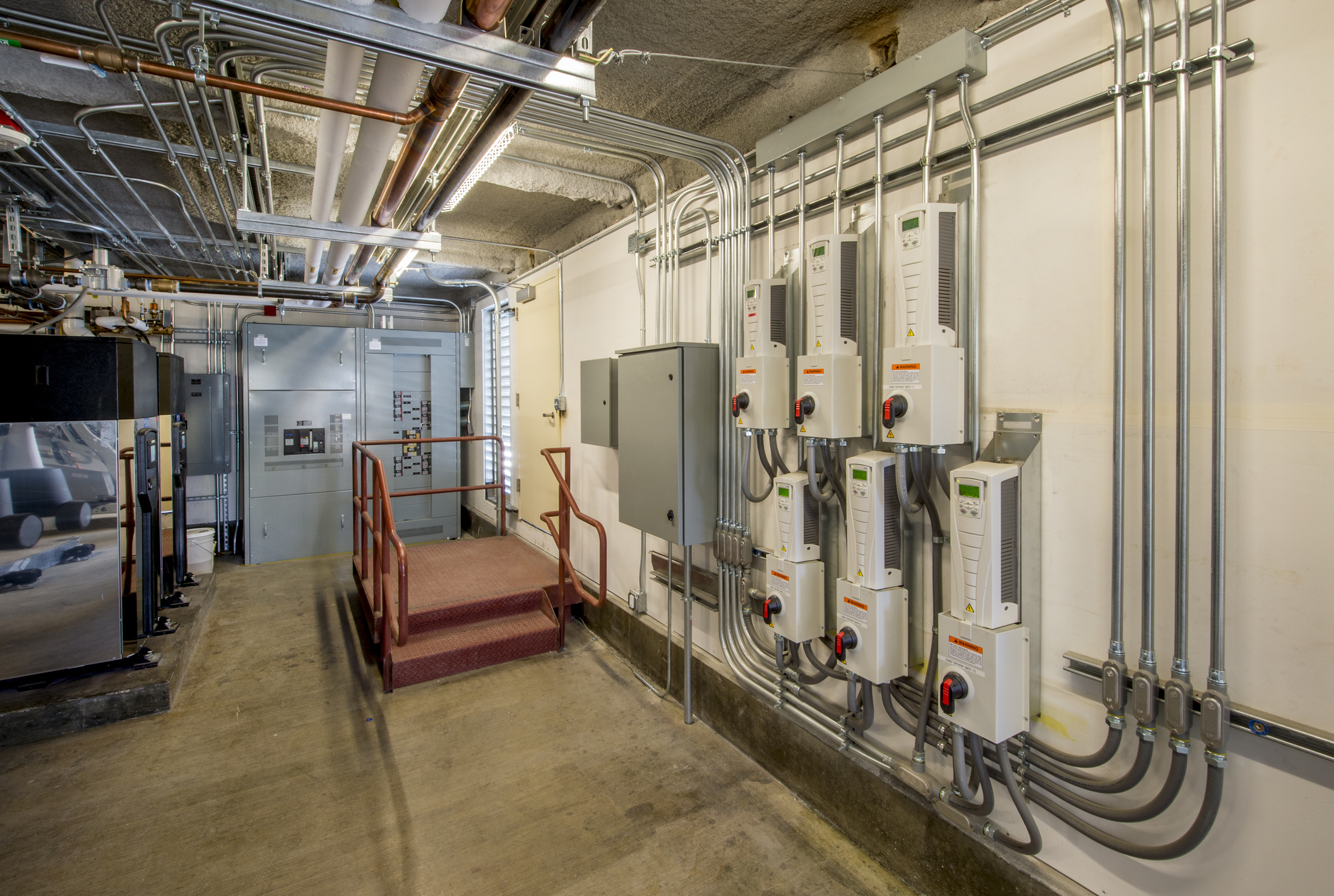
TRC and Slipstream partner with the Minnesota Department of Commerce to launch energy conservation R&D project
juin 24, 2021
TRC, Slipstream, and the University of Minnesota are working with controls system manufacturers and contractors to develop such a standardized and streamlined building control retrofit process leveraging ASHRAE Guideline 36
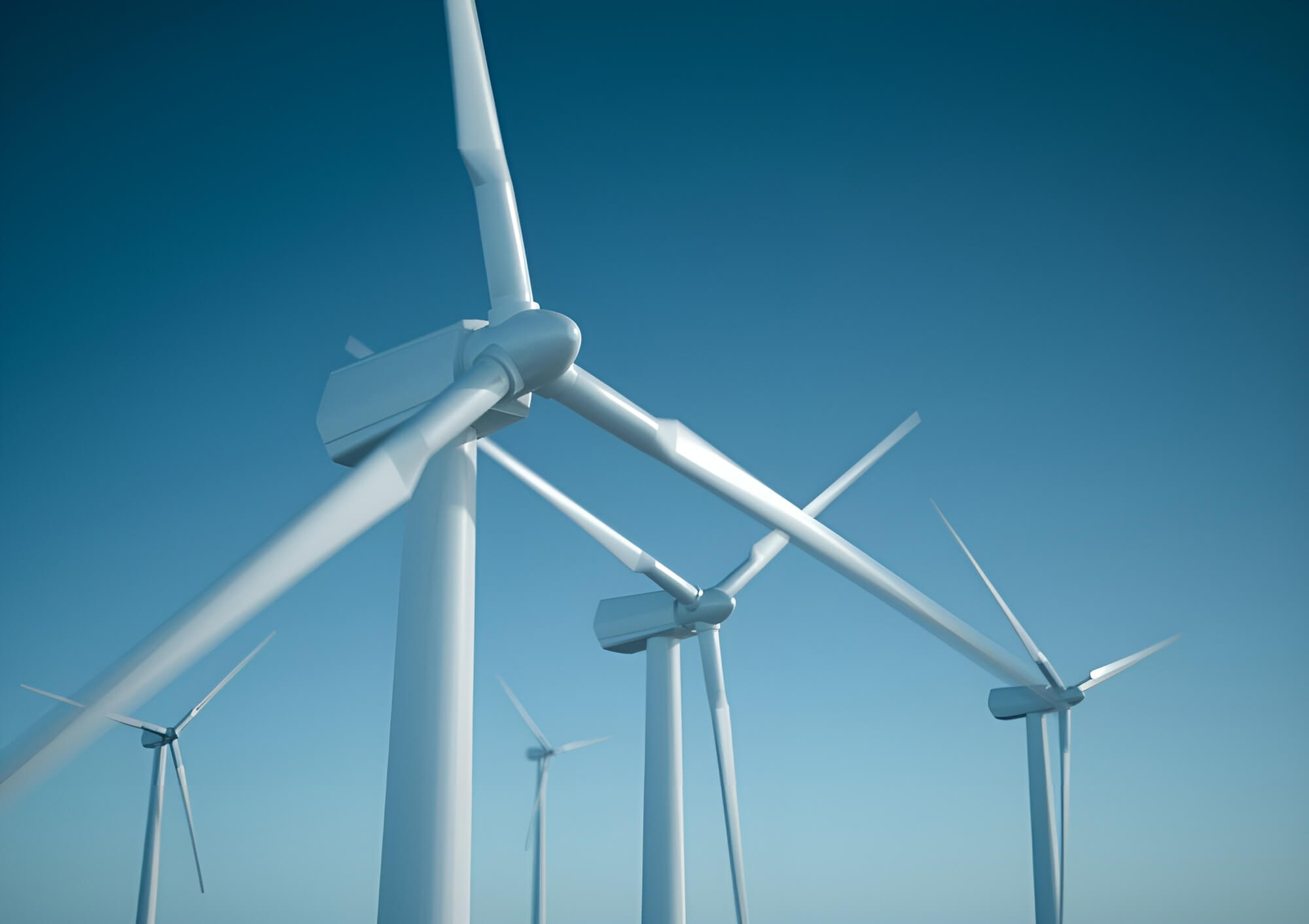
What is Clean Energy: A Discussion of the Future of Clean Energy
juin 21, 2021
Clean energy is a broad term with a fluctuating definition and a complicated lifecycle. We explore the issue, and hope to establish a more productive dialogue about our energy future.
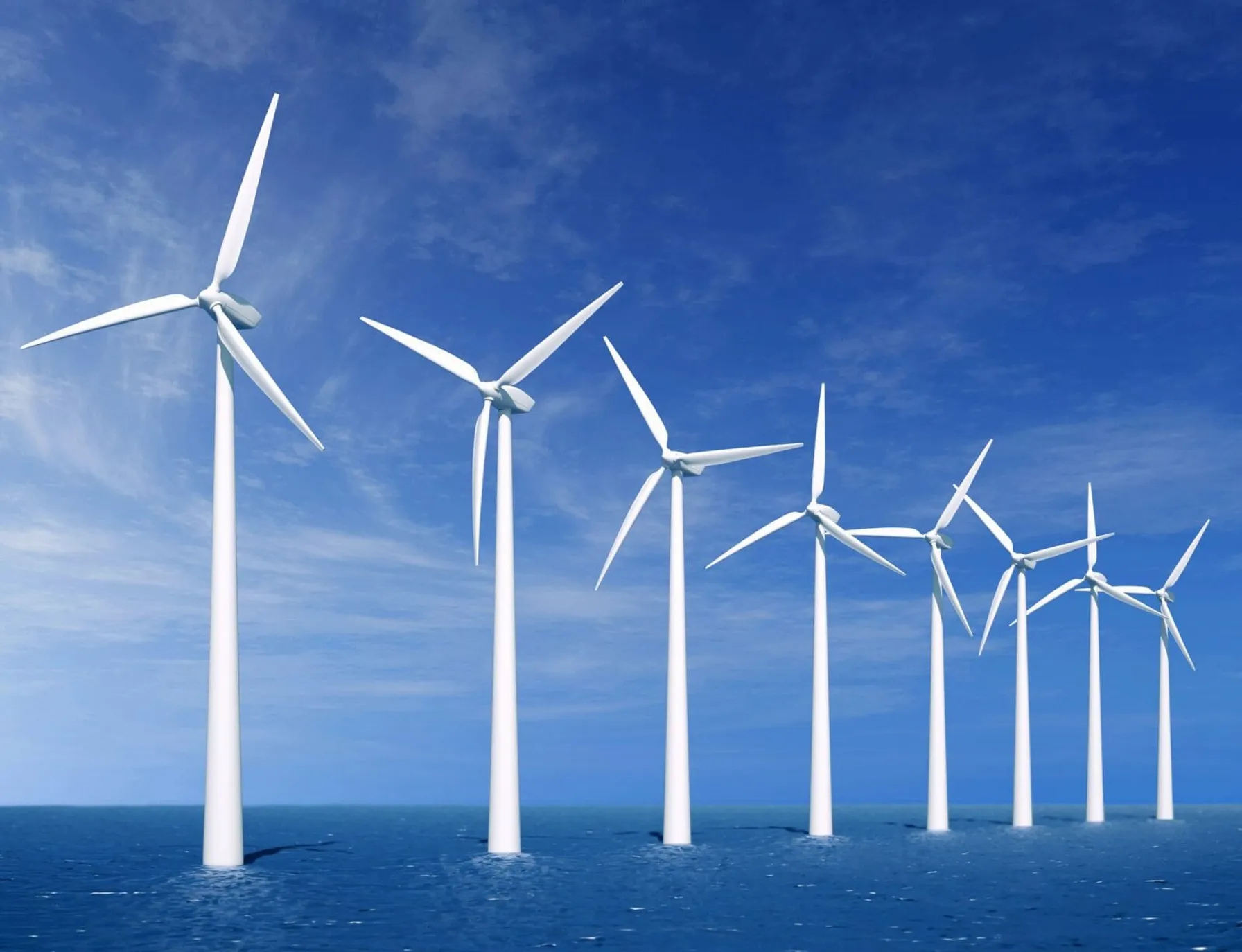
Requirements to Growing US Offshore Wind Industry
mai 24, 2021
Growing US Offshore Wind Industry Requires Reshoring of Materials and Supply Chain Optimization

TRC Companies Inc. Acquires EMI Consulting
janvier 27, 2021
Today TRC Companies (« TRC”), announces the expansion of its advanced energy capabilities with the acquisition of EMI Consulting (“EMI”), a Seattle based firm that consults on the strategic development of clean energy solutions including energy efficiency, demand management, decarbonization and customer engagement.

TRC Companies Inc. Expands Environmental and Renewable Energy Capabilities with the Acquisition of Shoener Environmental
Décembre 2, 2020
Today TRC Companies, announces the expansion of its environmental and renewable energy capabilities with the acquisition of Shoener Environmental.
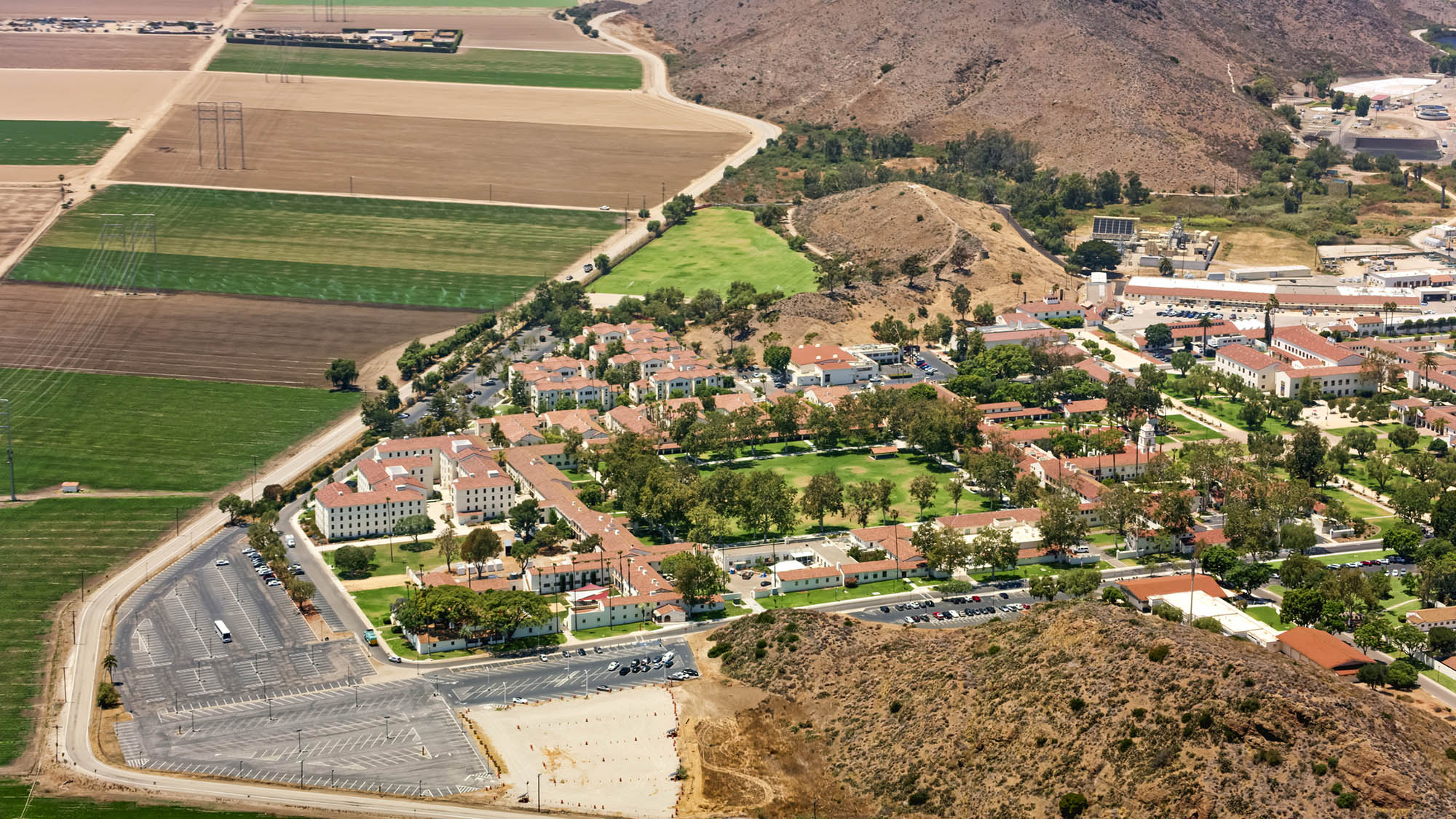
City of Camarillo, California approves moving forward with Hybrid Solar Microgrids at five critical community facilities
novembre 6, 2020
On October 28, the Camarillo City Council unanimously approved moving forward with the design of Hybrid Microgrids at five City facilities: City Hall, the Corporation Yard, Camarillo Public Library, Police Station, and Wastewater Treatment Plant. The microgrid at the Camarillo Public Library will be designed with solar+storage only, while the other four sites will employ a hybrid design of solar+storage+diesel.
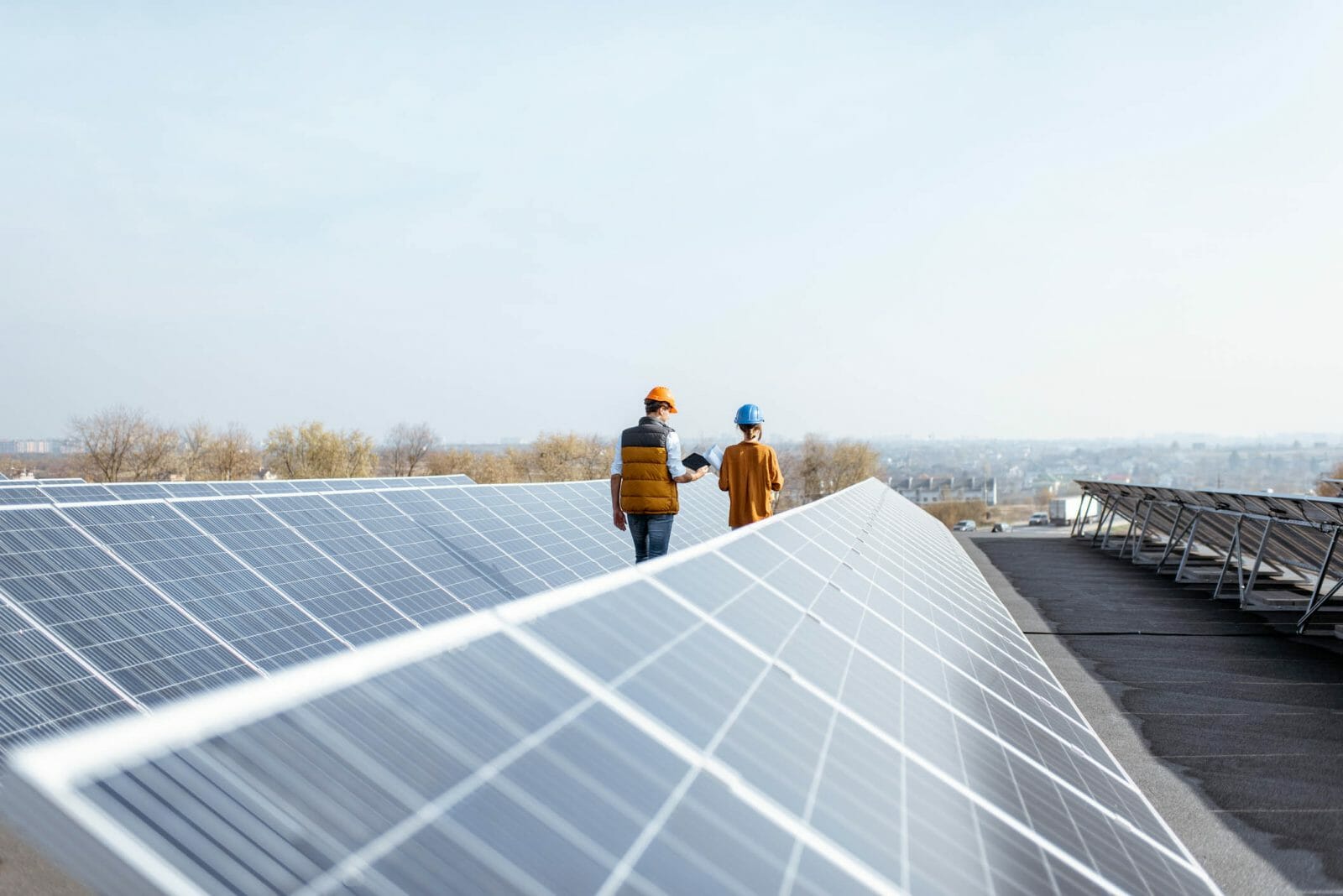
TRC Digital partners with Dominion Energy to evolve its distributed energy resource strategy
septembre 22, 2020
Dominion Energy, one of the nation’s largest producers and transporters of energy, has partnered with TRC Digital to evaluate, implement and integrate technology to further the utility’s distributed energy goals. TRC Digital will facilitate Dominion Energy’s strategy development and technology execution, allowing Dominion Energy and its customers to accelerate the shift to distributed energy resources (DER) and net carbon reduction.

TRC Companies Welcomes New Power Sector President Ed Myszka
septembre 2, 2020
Myszka brings over 30 years of innovation, market development and operations experience to TRC.

Resilient Storage: Pacific Power’s Quest for Behind-the-Meter Solutions
juin 30, 2020
COVID-19 and climate impacts are driving a focus on resilience and utilities are helping customers explore behind-the-meter (BTM) energy storage solutions they might not otherwise pursue.
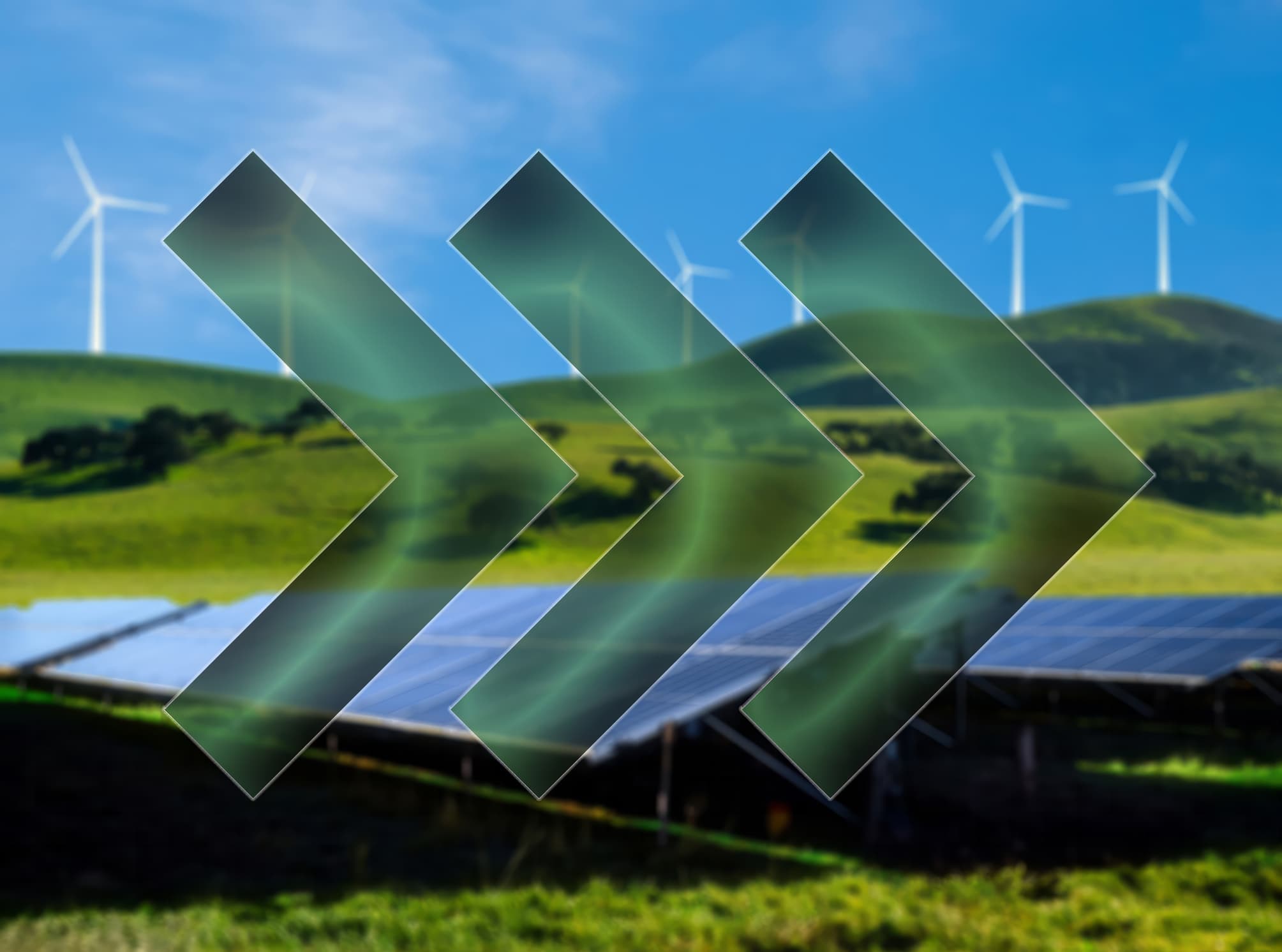
Leaning into Energy Transformation
avril 16, 2020
Grid assets have evolved from traditional grid infrastructure to complex, and agile distributed energy systems today.

Energy Efficiency as a Resource in Southern California
mars 19, 2020
EE as a Resource programs that provide capacity and energy savings to the grid must be dependable and persistent to replace essential power plant capacity.

Transforming Commercial New Construction
mars 3, 2020
Commercial buildings today represent about 16% of energy use (30% of electricity) and a key source of GHG emissions across the US.

Resilient, Distributed Energy as a Vital Public Service
février 26, 2020
Implementing resilient solutions for many means ensuring power supply to critical facilities, emergency response efforts and local authorities during power outages.

Strategic Electrification
février 4, 2020
As we look to spur strategic electrification across the US, it will be up energy providers and solution implementers to continue sharing ideas, insights and lessons learned

A place called home: Helping California families rebuild after wildfires
novembre 21, 2019
A place called home: Helping California families rebuild after wildfires
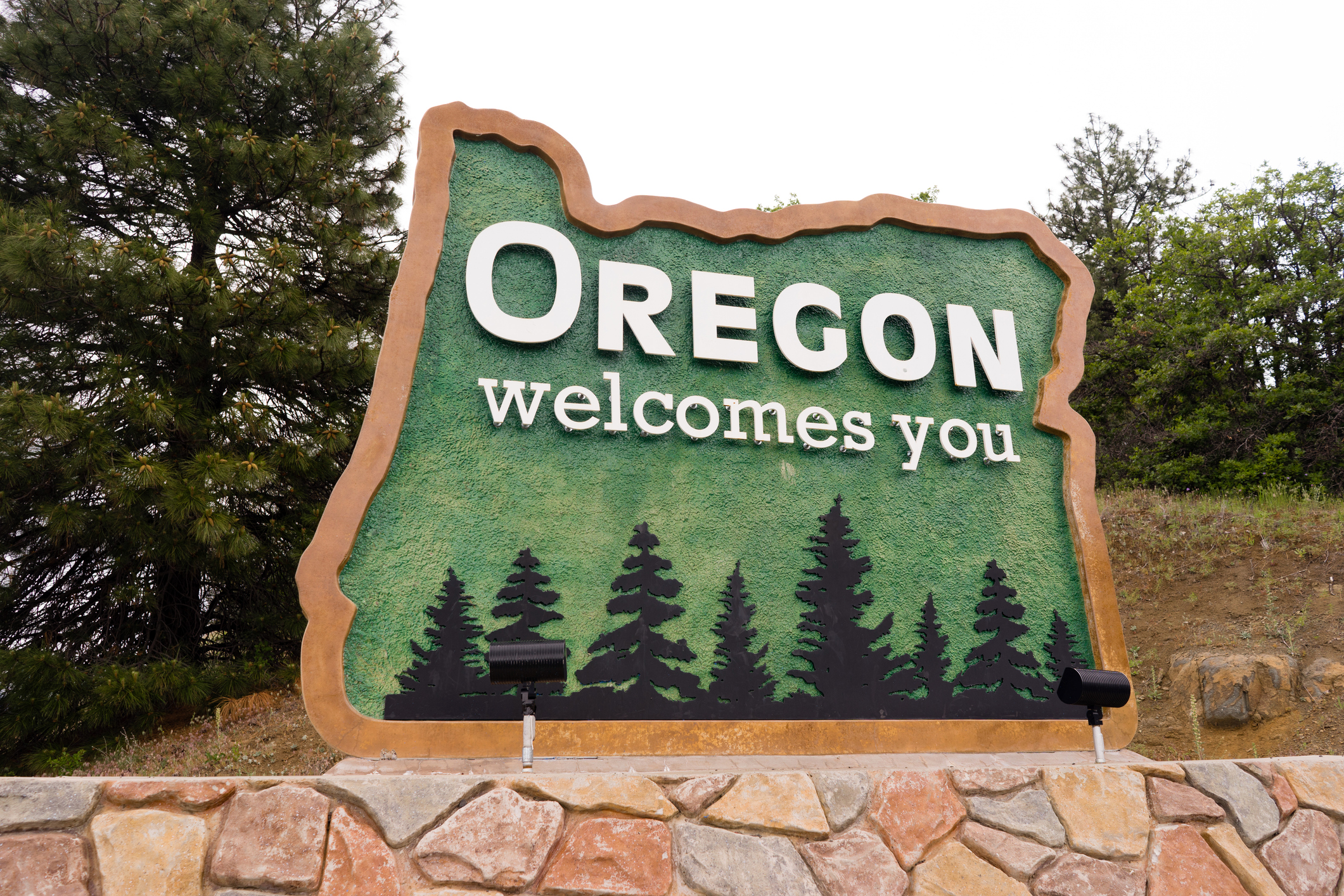
Shaping the Future of Energy Efficiency for Oregon’s Affordable Housing
février 27, 2019
Oregon embarks on a bold initiative to reduce energy costs among low income residents with the help of TRC.
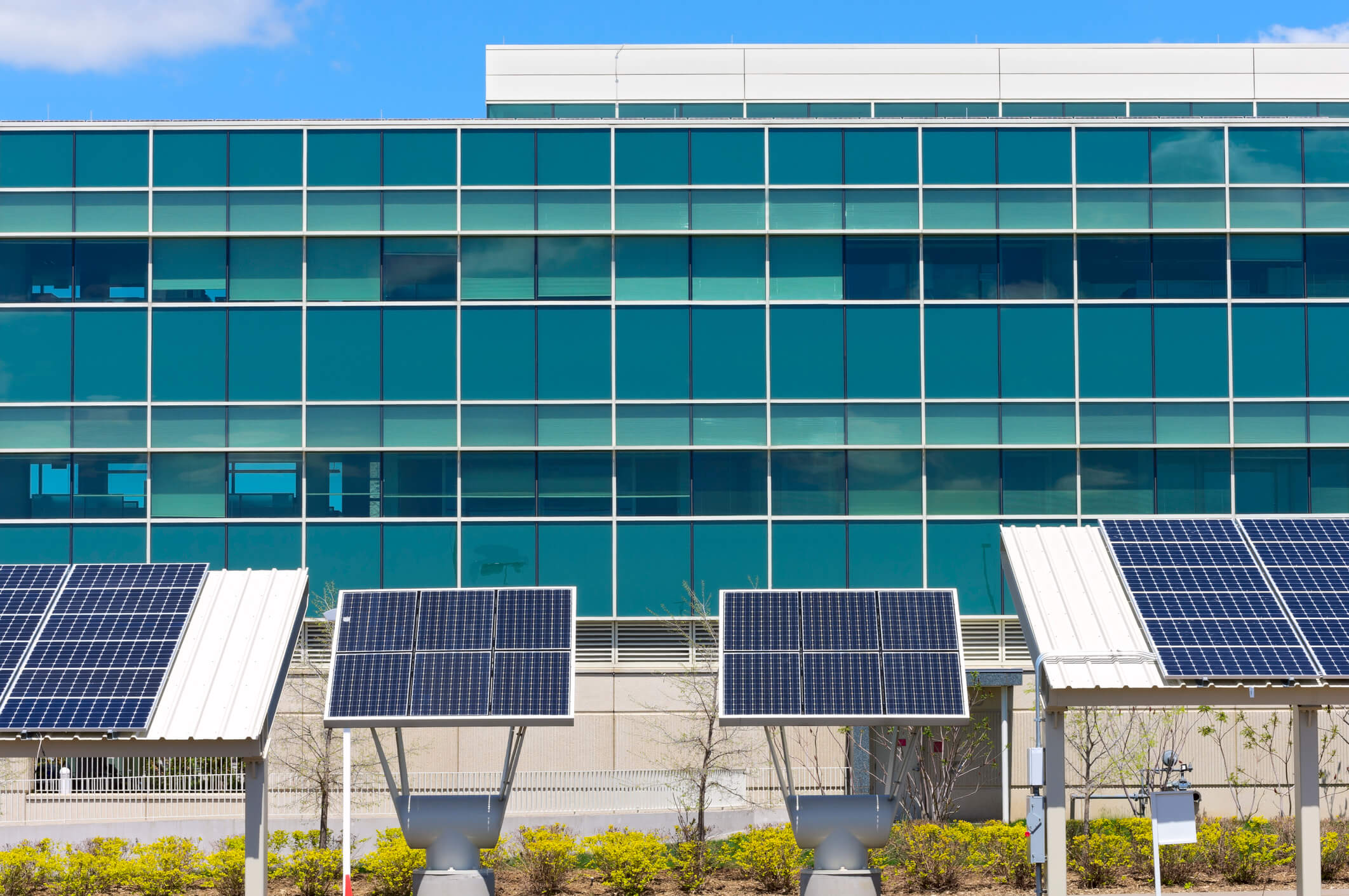
Tackling the Advanced Energy Frontier with TRC at ACEEE Summer Study
juillet 24, 2018
What will the grid of the future look like? Where are scientists and engineers breaking new ground to push energy efficiency even further? Join TRC at ACEEE Summer Study to find out.
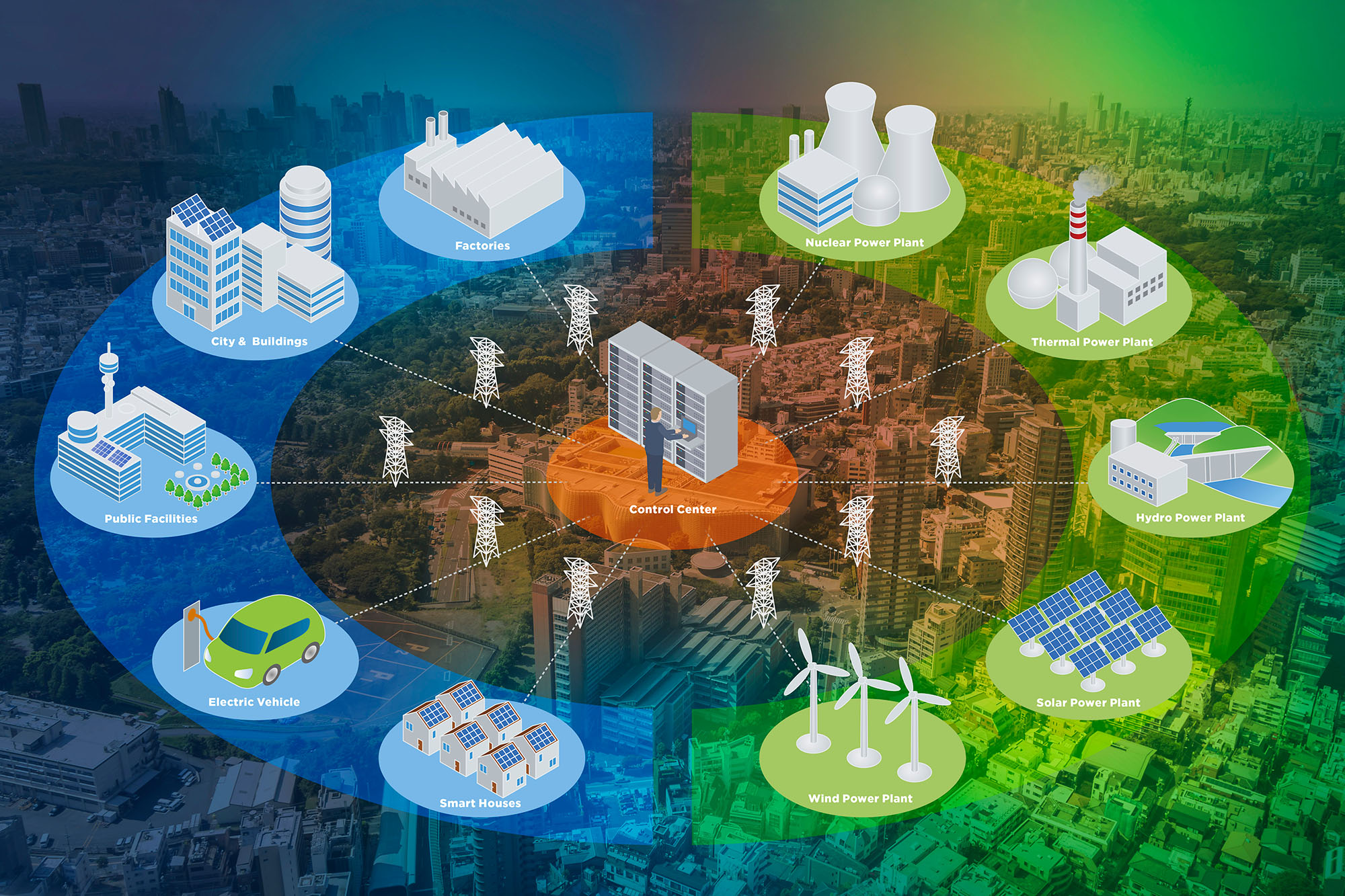
TRC and partners win $1 million grant for engineering innovative New York microgrid
avril 20, 2017
TRC is proud to support Huntington, NY bolster power reliability and climate-change resiliency with a sophisticated new “community microgrid’’ combining solar energy, a fuel cell, biogas and traditional natural gas to deliver electricity and heat to local customers and institutions.

The Risks and Rewards of Transporting LNG By Rail
février 4, 2020
The comment period for the proposed rule to allow LNG transport by rail ended on Jan. 13. Now the U.S. Department of Transportation’s Pipeline and Hazardous Materials Safety Administration (PHMSA) decides how to move forward on the idea, which was introduced by trade advocates representing North America’s seven Class I railroads. TRC’s Wade Narin van Court discusses the regulatory and financial implications for freight carriers planning to compete in a new commercial arena.

NERC Proposes Compliance Monitoring and Enforcement Plan for 2019
septembre 26, 2018
This month, NERC released the first draft of its 2019 Compliance Monitoring and Enforcement Plan (CMEP) which identifies power delivery system risks and outlines compliance audit requirements for next year. The risk elements outlined in the plan include significant differences from previous years, as shown in the table below. Each NERC region must consider these risks as they develop their monitoring and audit scopes for utilities. Utilities should be prepared to be audited and implement any necessary compliance initiatives in these areas.
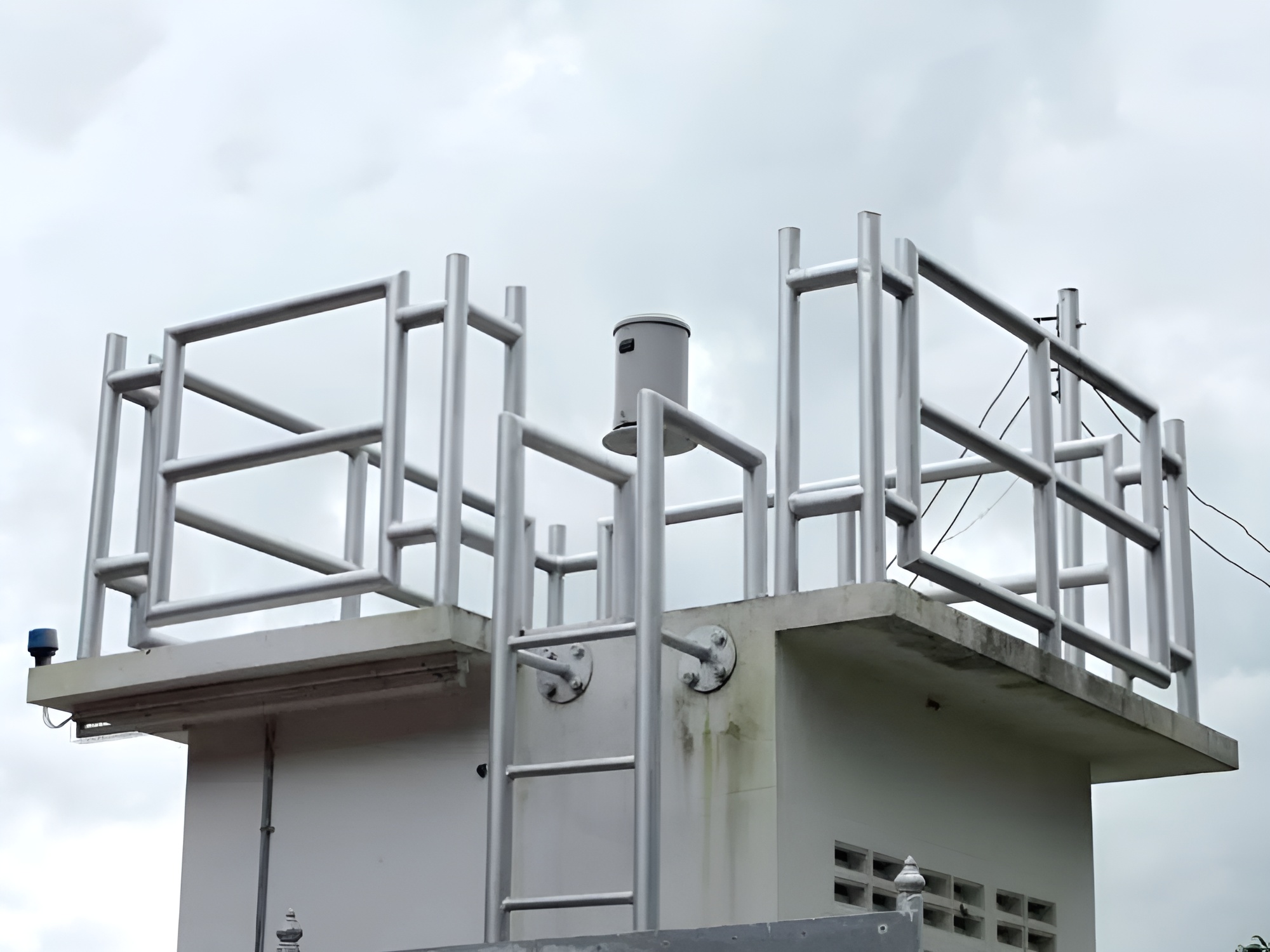
5 Tips to Help Restore Ambient Monitoring Operations Following a Natural Disaster
octobre 10, 2017
Many facilities that need to monitor air quality have been hard hit by the recent spate of hurricanes. Here are tips to stay compliant with state and federal regulations.

Building a More Resilient New York
juin 24, 2013
The aftermath of Super Storm Sandy, which caused devastation including property damage, mass power outages and loss of life, has caused us to rethink, entirely, how well prepared we are for these events which were previously thought to be anomalies but which result in long term remediation efforts.

The Sky’s The Limit for Zero Emission Airport Projects
octobre 18, 2024
TRC examine l’environnement opérationnel unique et les meilleures pratiques pour les aéroports alors qu’ils font évoluer la recharge des VE, soutiennent l’électrification côté terre et côté piste et atteignent les objectifs de décarbonisation.
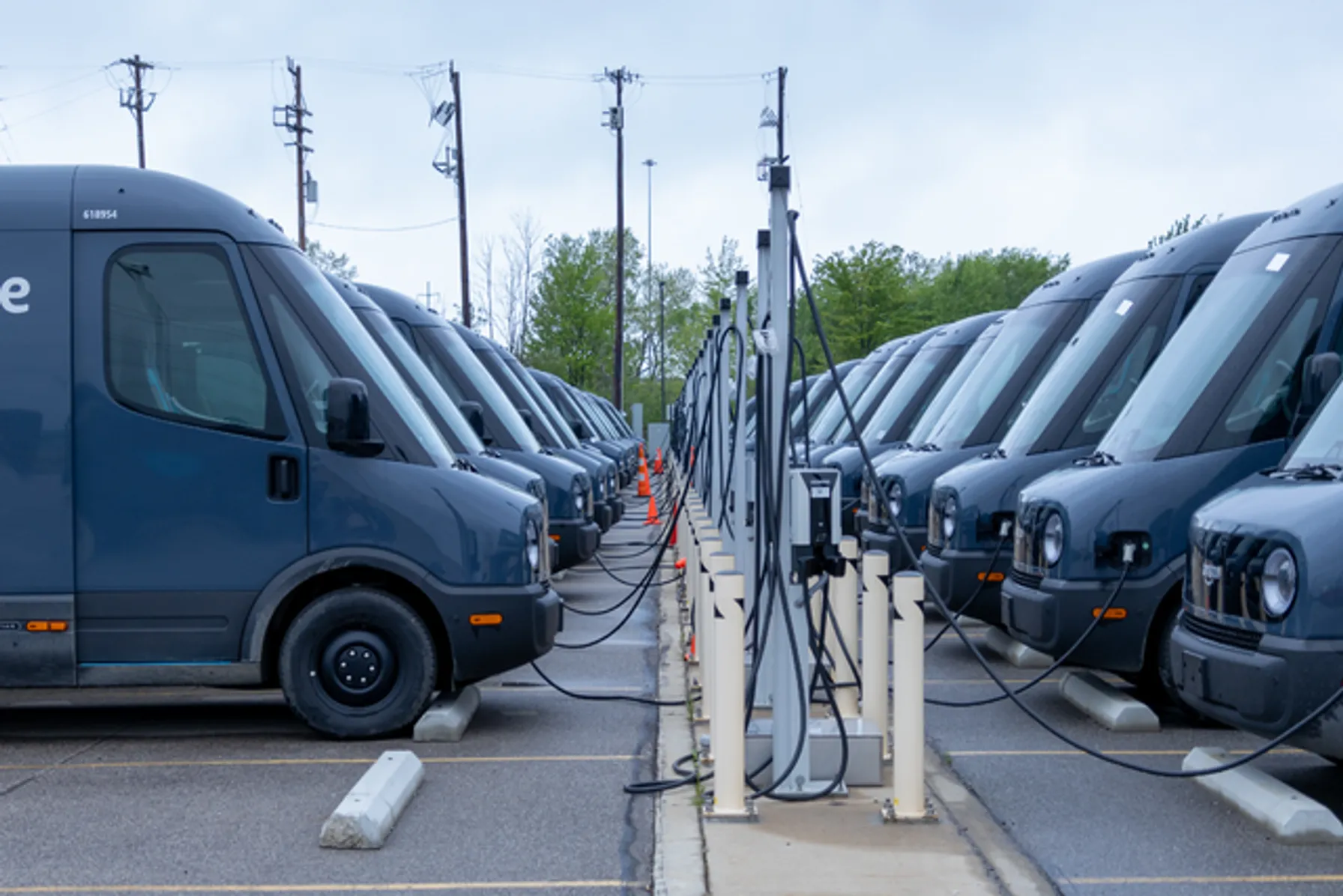
Pratiques exemplaires pour la mise à l’échelle et l’optimisation de l’infrastructure de recharge des VE : six étapes pour réussir
septembre 23, 2024
TRC travaille avec des centaines d’organisations qui ont fait des investissements dans l’électrification du parc automobile et l’infrastructure de recharge des VE comme moyens d’atteindre leurs objectifs en matière de carbone, de climat et de transport propre.

État des flottes durables : l’industrie s’élève pour répondre à la complexité maximale grâce à une innovation et à des investissements sans précédent
mai 22, 2024
Les flottes sont aux prises avec l’incertitude et les différences réglementaires entre les administrations tout en faisant face à des difficultés de croissance avec les nouvelles technologies.

Les entreprises de TRC annoncent un financement de 1,5 G$ pour les projets de transport durable de leurs clients, y compris le camionnage zéro émission, les bornes de recharge essentielles et l’infrastructure de ravitaillement à faible teneur en carbone
mai 20, 2024
TRC a dépassé 1,5 milliard de dollars en financement pour soutenir les projets de transport commercial propre de ses clients. Cette réalisation survient moins de deux ans après avoir atteint le cap des 1 milliard de dollars.
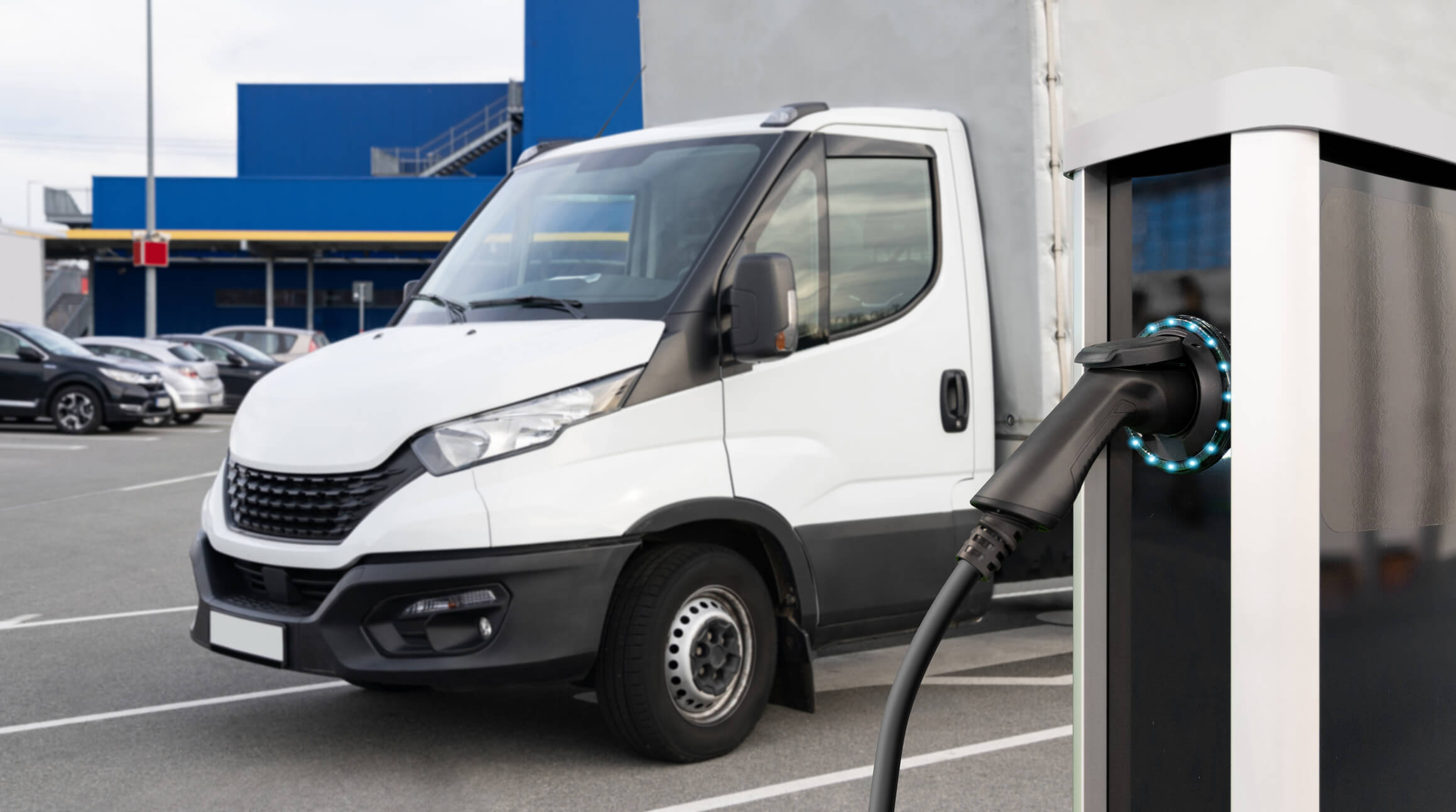
Défendre le dialogue crucial pour faire progresser l’électrification de la flotte
mai 7, 2024
Dans le paysage des transports en évolution active, l’électrification des parcs de véhicules est devenue une étape cruciale vers un avenir énergétique durable et propre. L’électrification peut, dans les bonnes applications, aider les flottes à réduire considérablement les émissions, à réduire les coûts d’exploitation totaux à vie et à améliorer la qualité de l’air dans et autour de leurs communautés.

Diverses stratégies facilitant le transport écologique du niveau fédéral au niveau local
janvier 29, 2024
Même dans le cadre de la Loi sur la réduction de l’inflation, c’est au niveau de l’État et au niveau local que résident certains des exemples les plus innovants de leadership climatique.
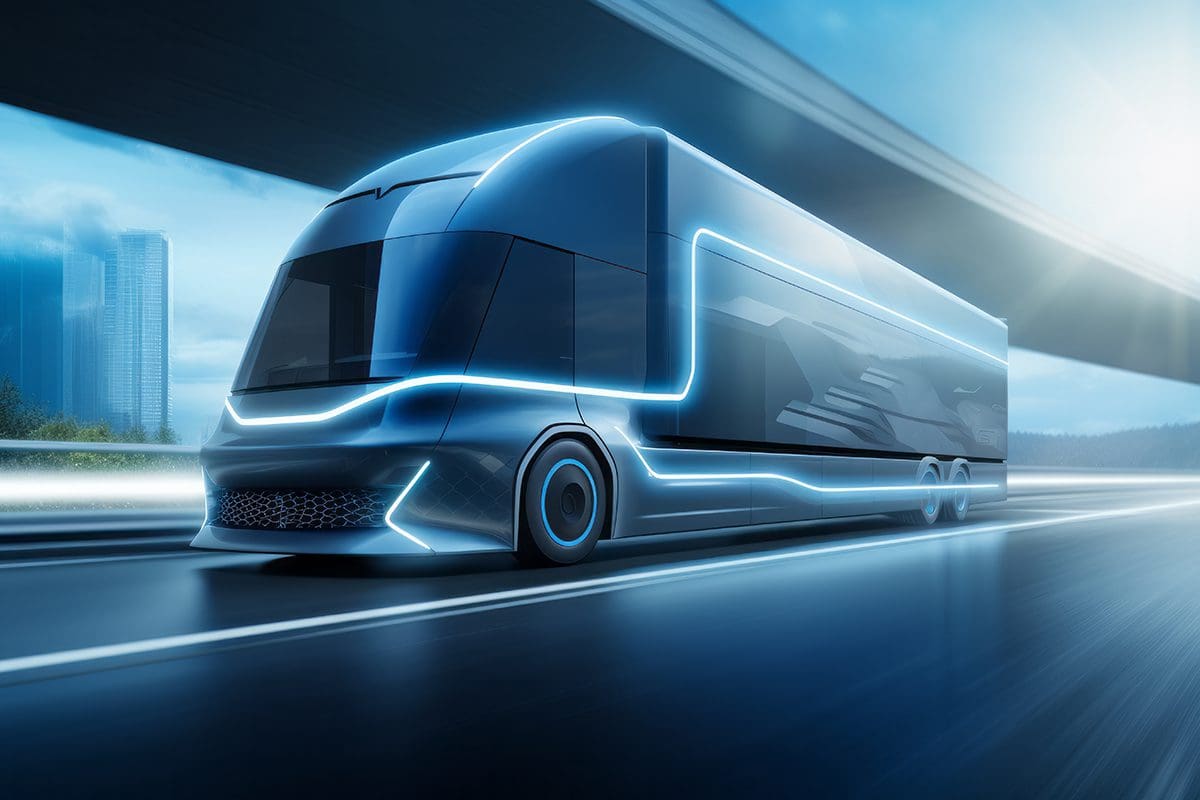
Adopter la règle des camions propres avancés, ou pas ?
janvier 10, 2024
Malgré les nombreux États qui ont rapidement adopté la règle ACT, 2023 a vu les premiers exemples de retraits inattendus de l’effort, reflétant une évolution dans les approches zéro émission adoptées par les flottes moyennes et lourdes.
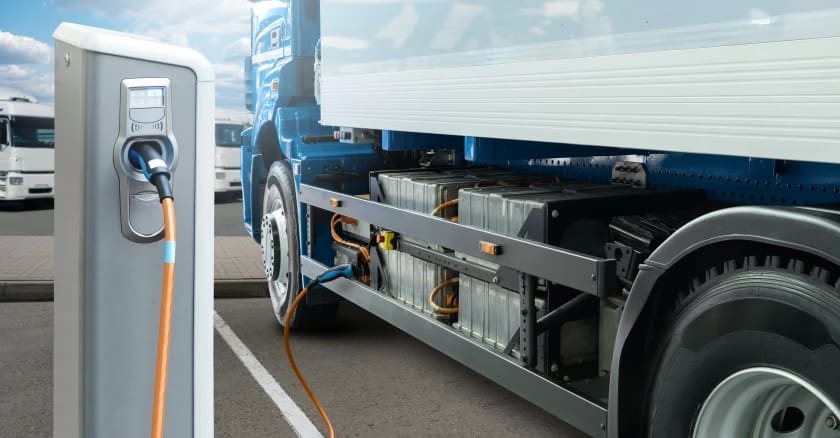
Heavy-Duty Truck Electrification Is Still an Uncharted Path
septembre 1, 2023
Public policy aimed at reducing greenhouse gases and other pollutants is pulling heavy-duty trucking forward.

Preparing the Grid for Transportation Electrification
août 14, 2023
Electric vehicle use is on the rise, and cities need to prepare. Discover how the power grid can accommodate growing transportation electrification trends.
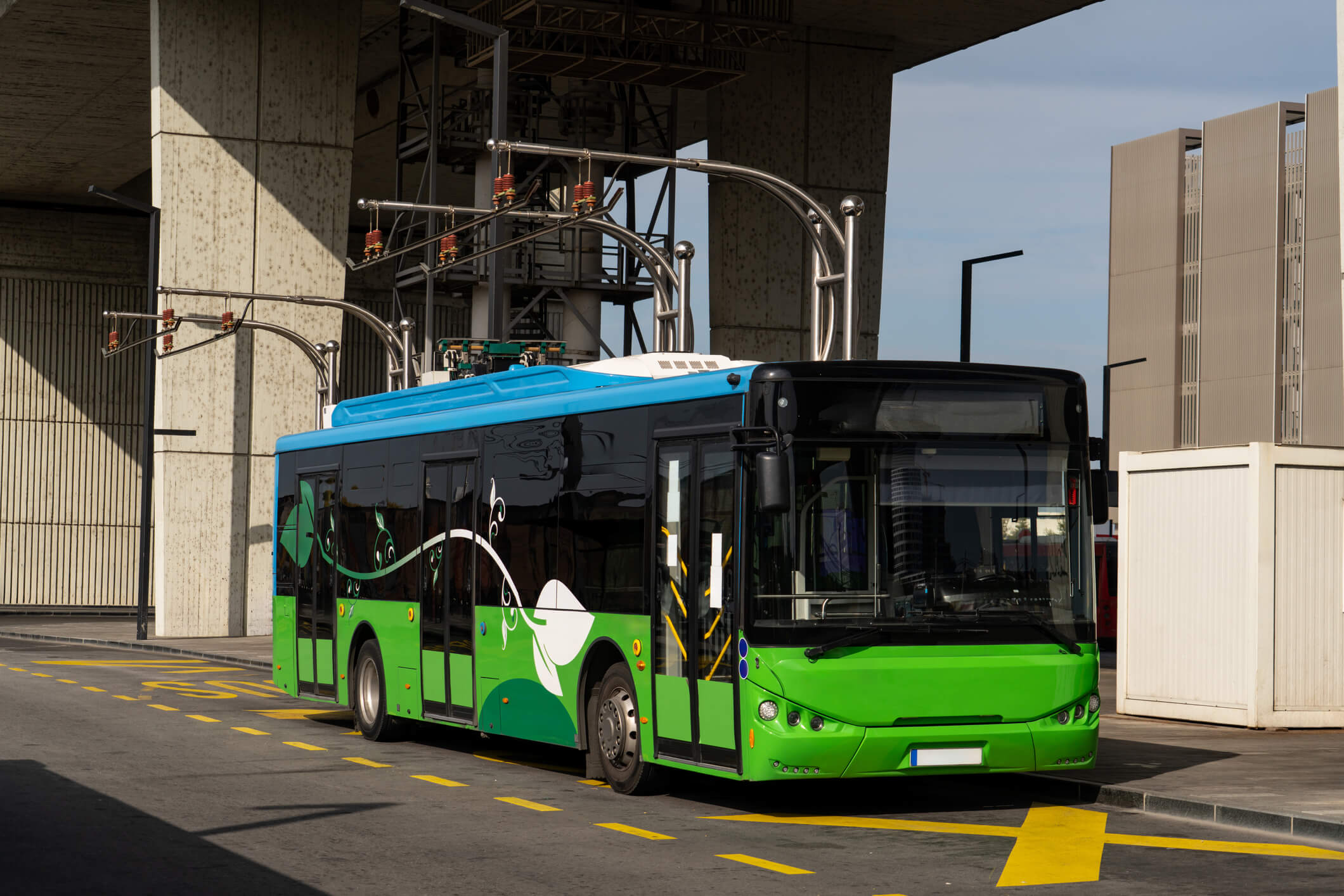
The US’ Billion-dollar EV Bus Program Can’t Keep up With Demand
juin 29, 2023
TRC’s (formerly GNA) Nate Springer comments on the high demand for clean transit bus grants in an article from leading sustainability publication Canary Media.
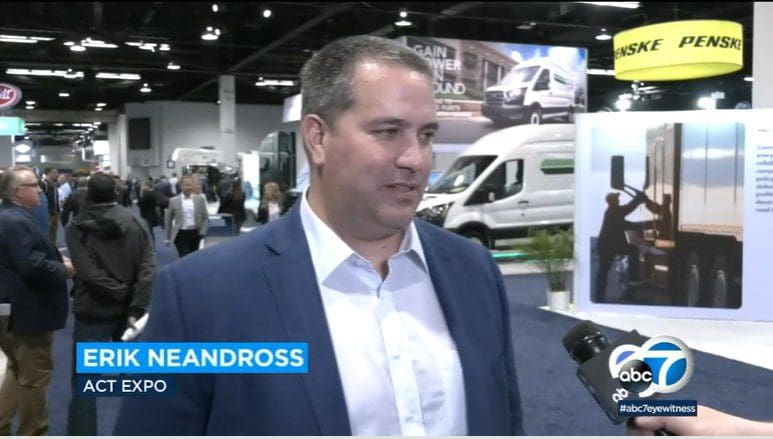
Anaheim expo shows off latest in clean-fuel technology for trucking industry
juin 8, 2023
Erik Neandross, talks to ABC7 about the growth of ACT Expo due to increasing interest in clean-fuel technologies within the trucking industry.
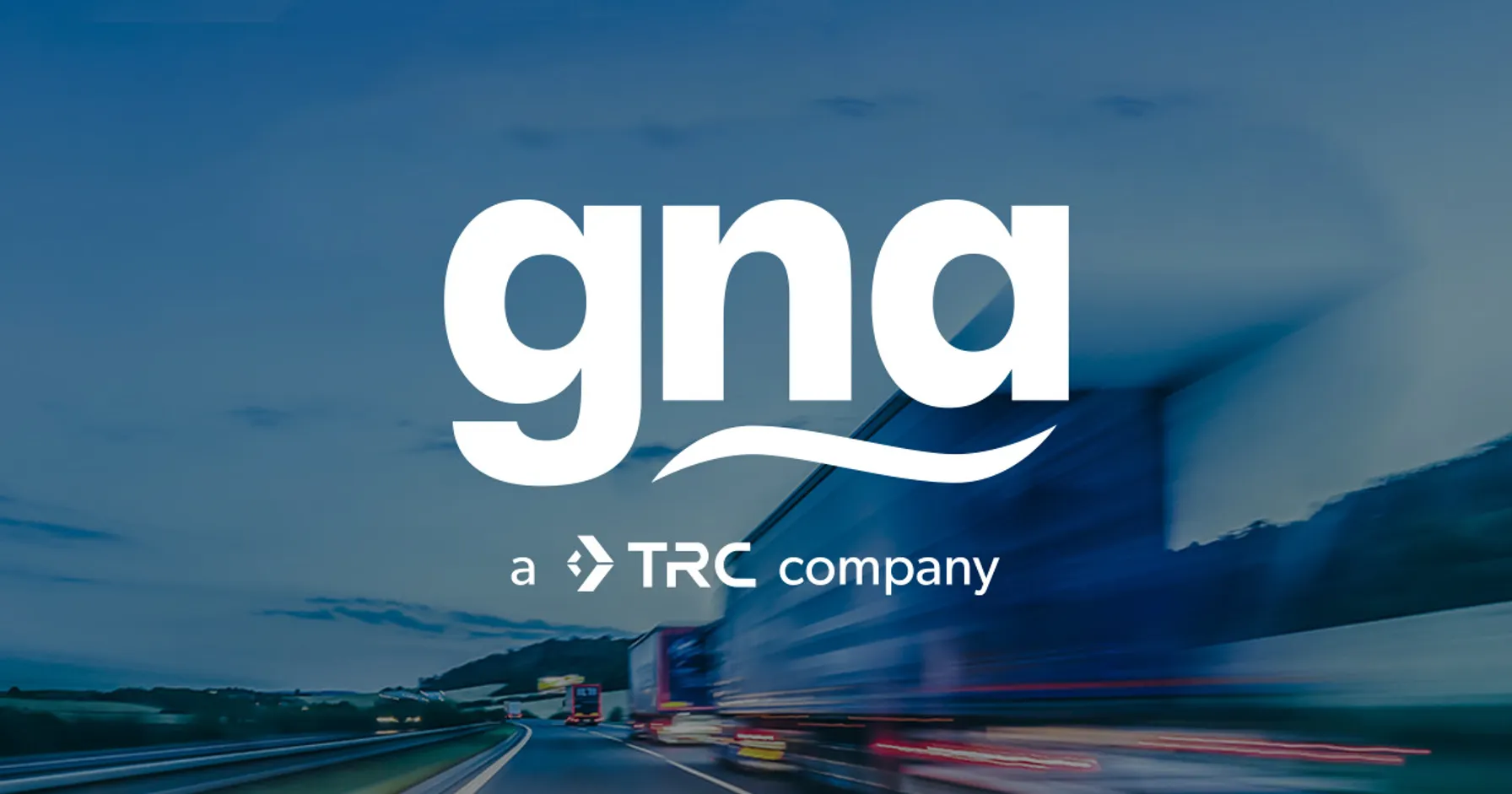
TRC Companies Inc. Acquires GNA, Expanding Climate Solutions with the Addition of Sustainable Transportation Solutions
juin 6, 2023
TRC Companies announces the acquisition of Gladstein, Neandross & Associates (GNA)
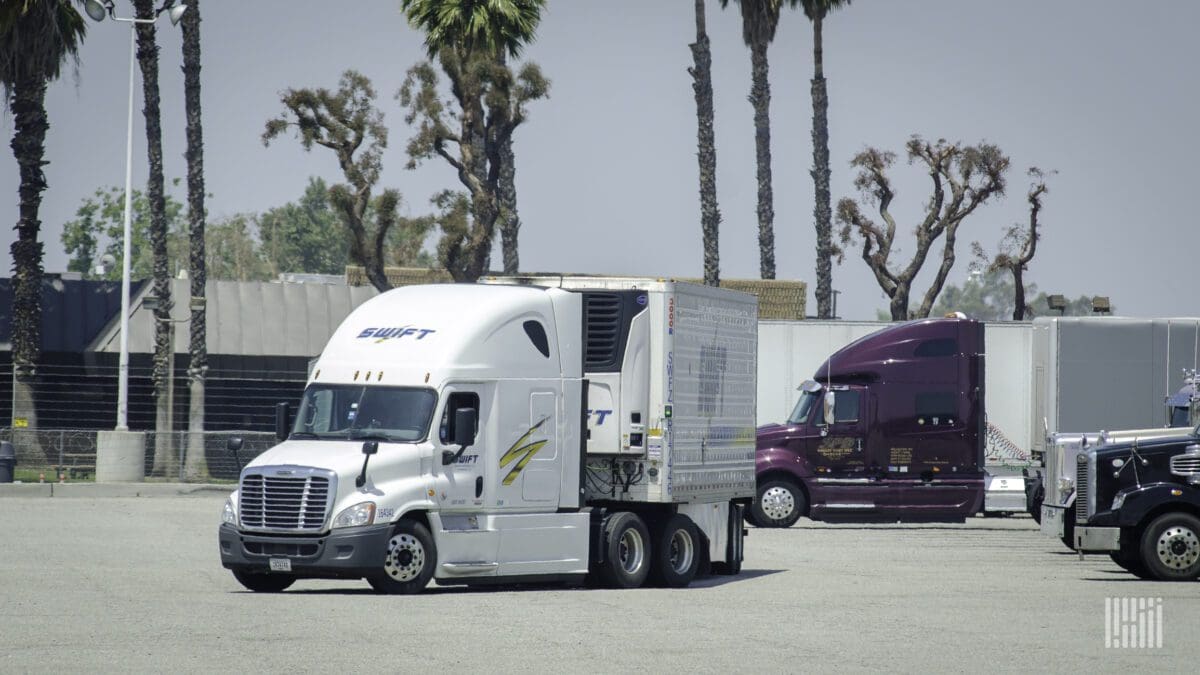
Advanced Clean Fleets rule: Like it or not, it’s time to get ready
juin 1, 2023
Pressing decision for all but California’s smallest fleets: Stop adding ICE vehicles now or adopt the Milestones pathway for almost 20 years
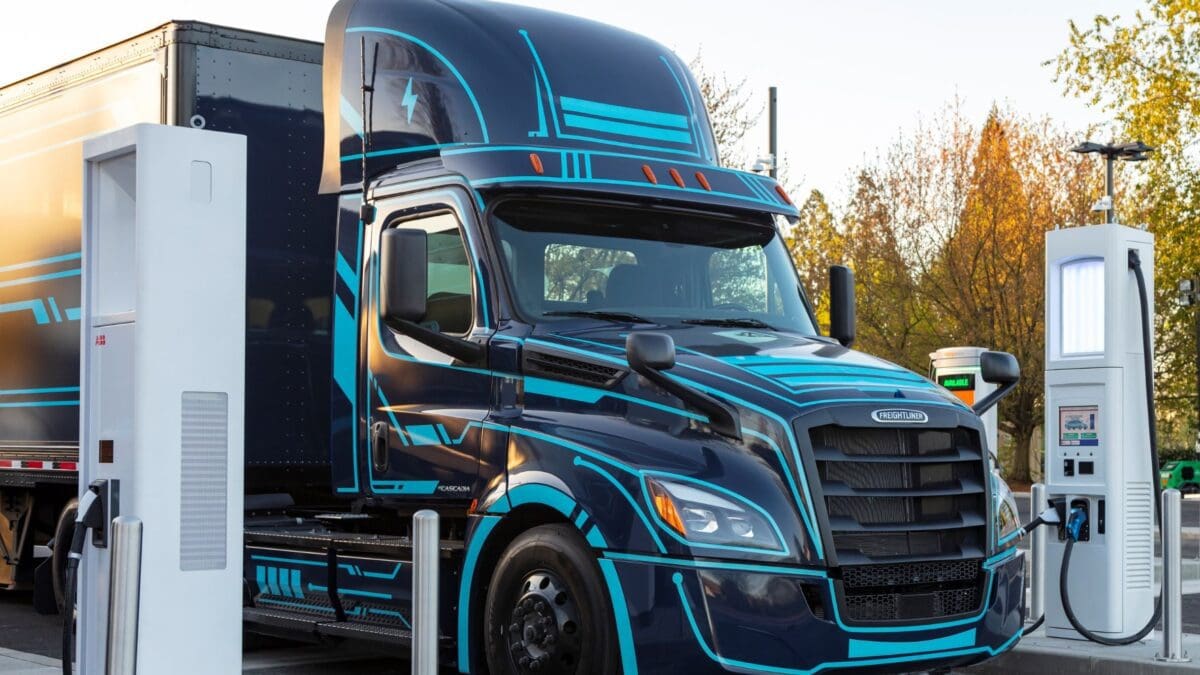
Electric truck incentives plentiful today but won’t last forever
mai 30, 2023
Many of the generous incentives California offers for fleets to transition to electric trucks will begin to disappear as regulations lock in.
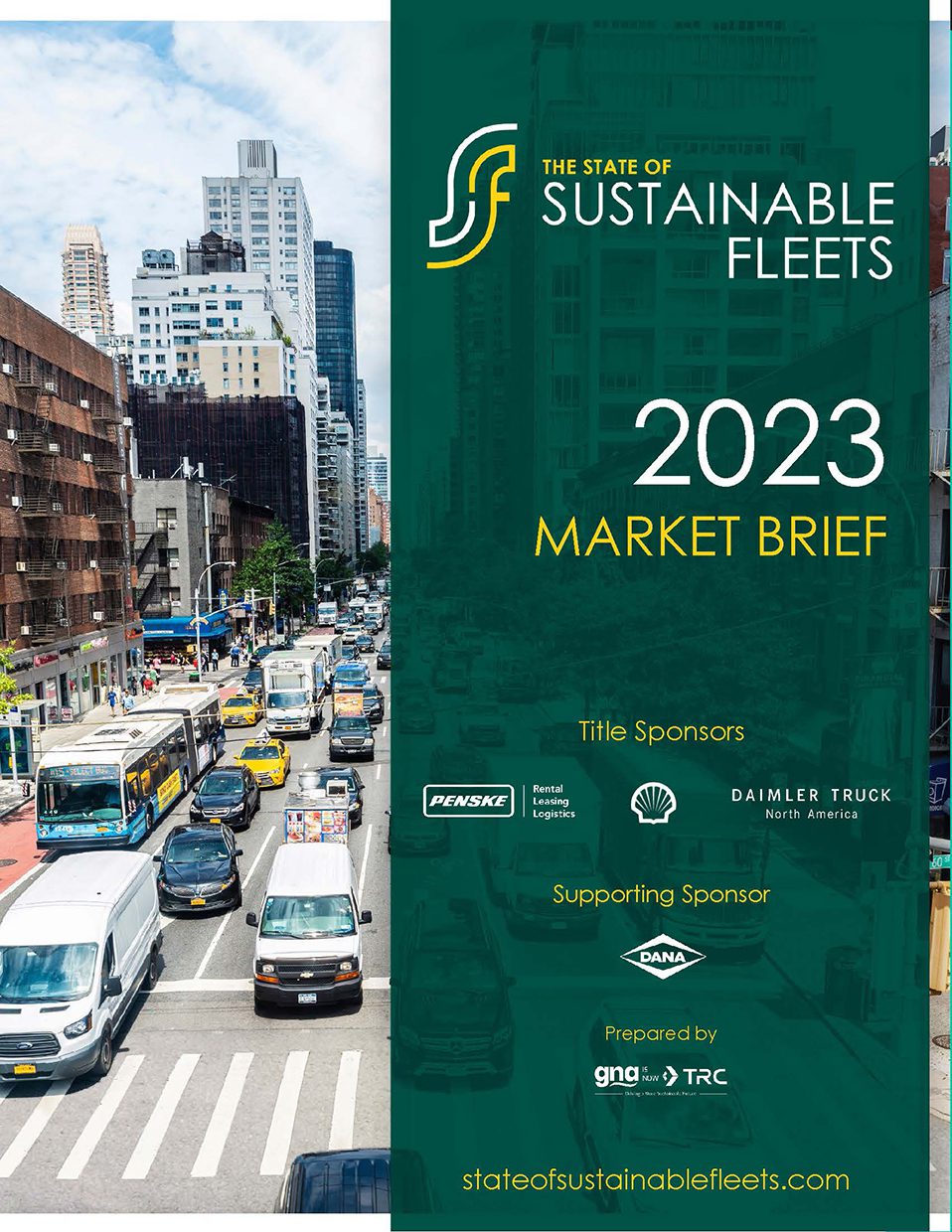
Download White Paper: State of Sustainable Fleets: 2023 Market Brief
mai 16, 2023
2023 Market Brief clean transportation trends
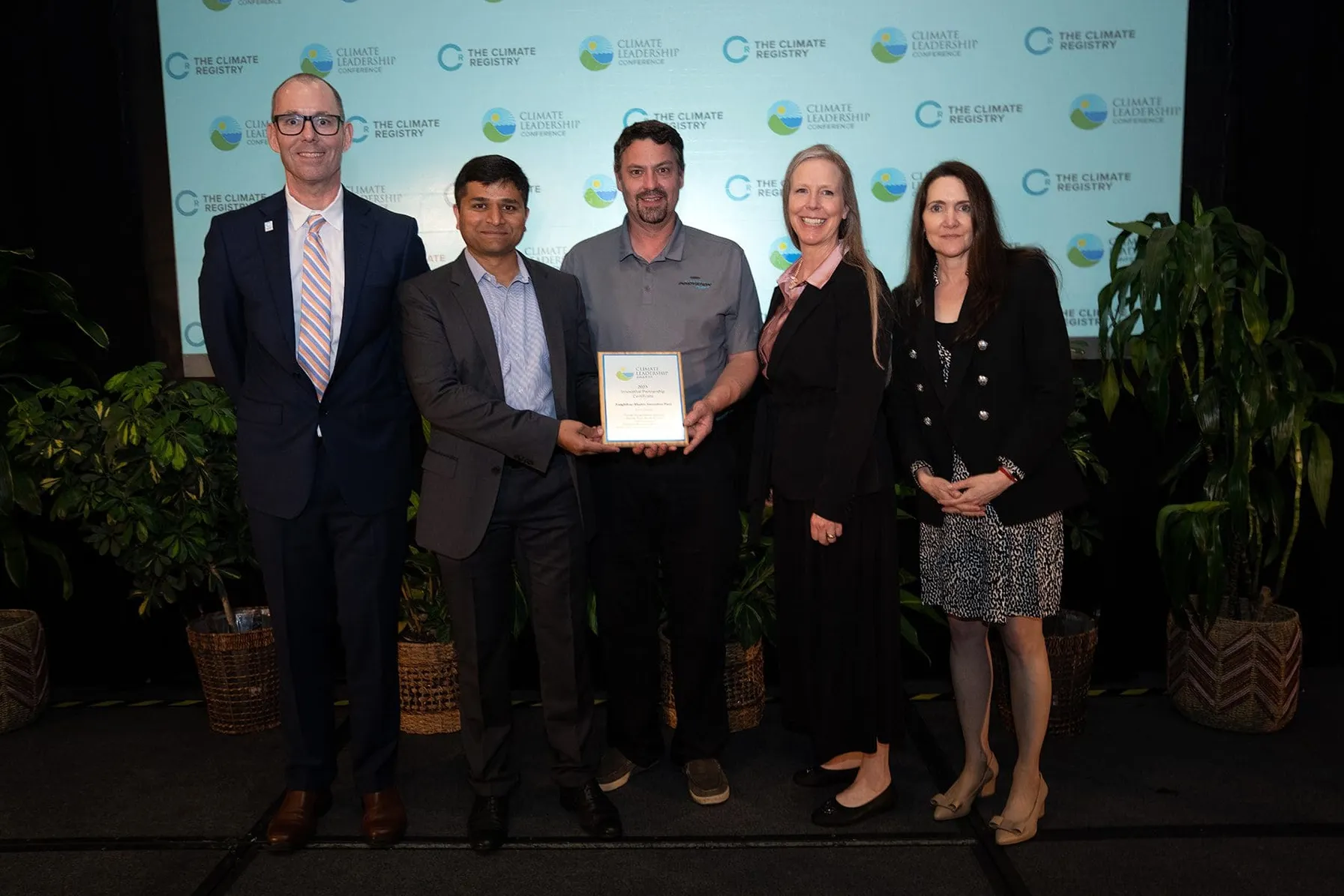
TRC (Formerly GNA) Receives 2023 Climate Leadership Award
mai 12, 2023
GNA 2023 Climate Leadership Award Freightliner Electric Innovation Fleet
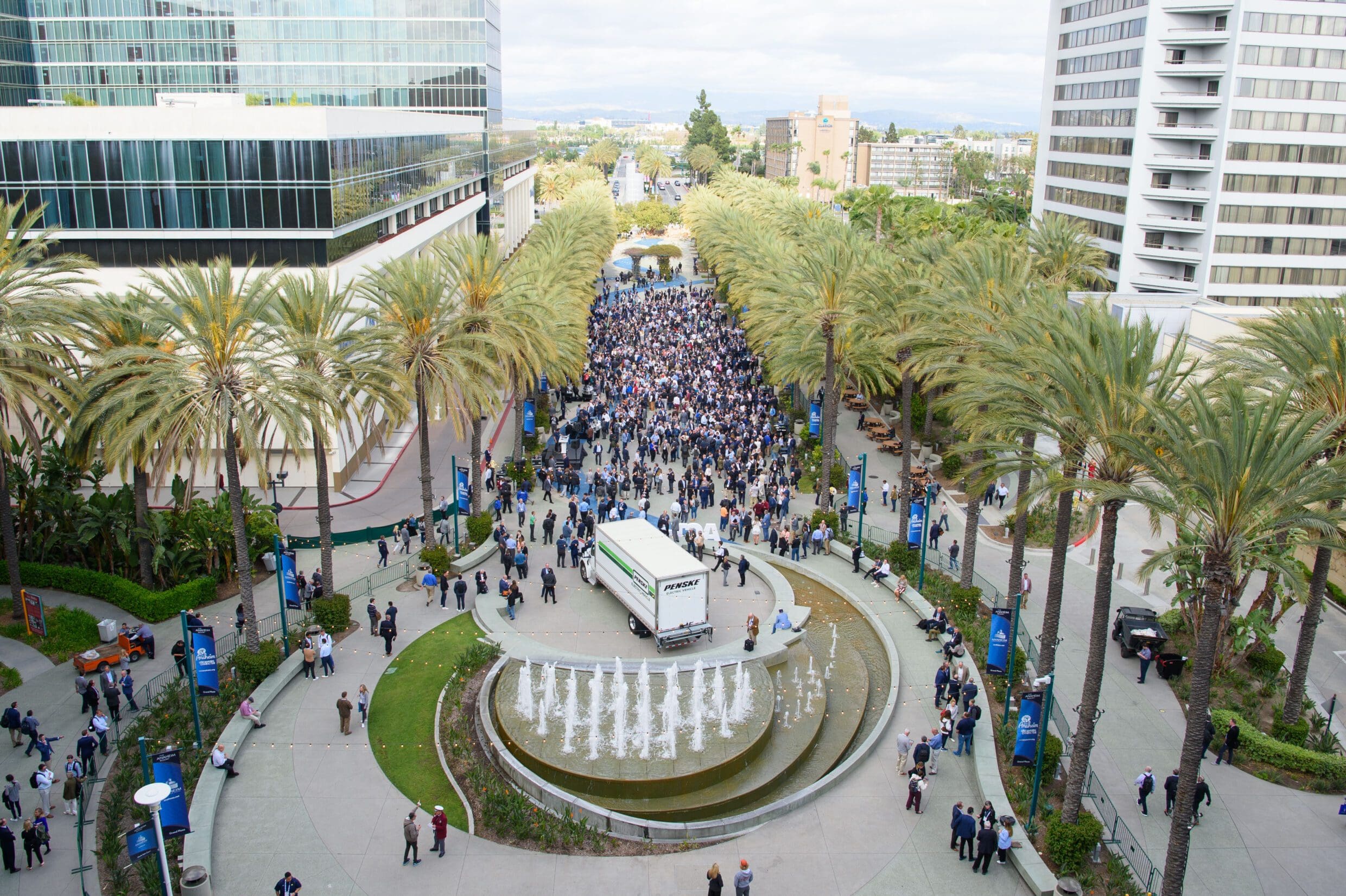
How the ACT Expo became trucking’s ‘big splash’
mai 10, 2023
The ACT Expo has defied the trajectory of many industry trade shows, growing from 8,000 attendees in 2022 to 12,000+ in 2023.
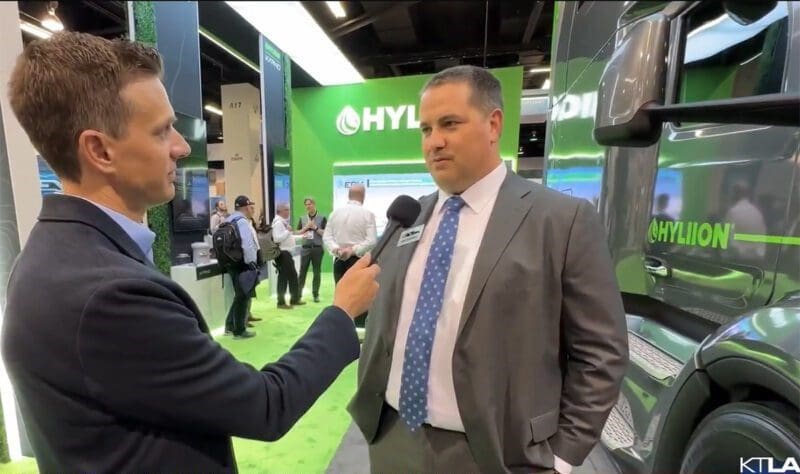
ACT Expo 2023: The Future of Clean Transportation
mai 10, 2023
Rich DeMuro visited the ACT Expo in Anaheim where the latest sustainable vehicles and technologies are on display.
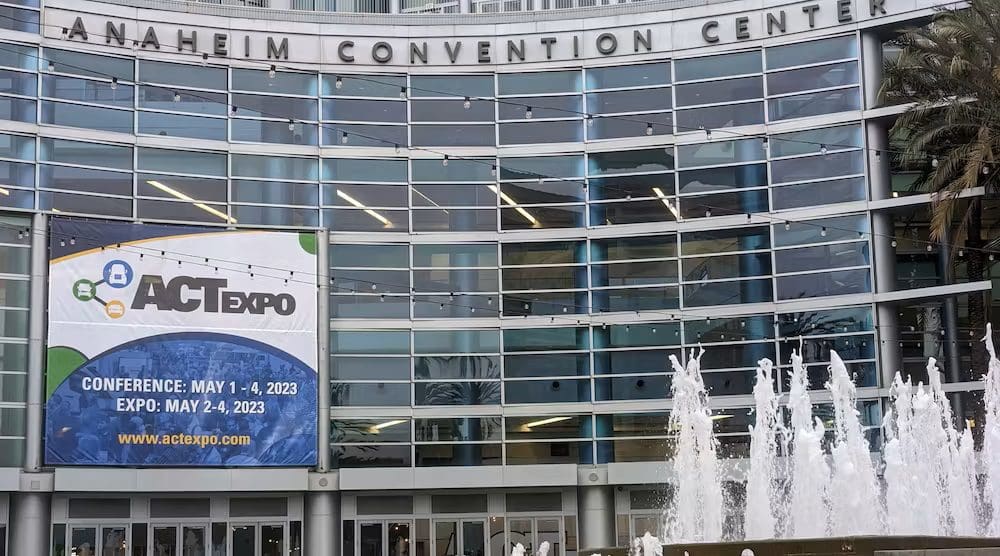
‘Sunset of the Diesel Era’ is Upon Us, Study Finds
mai 3, 2023
Source: Fleet Owner ANAHEIM, California—The Diesel Era is ending, but it won’t be easy for fleets. However, public policy and financial and other incentives are pushing transportation into a cleaner future, according to the fourth State of Sustainable Fleets Market Brief, which also notes that transitioning to new power technologies faces financial and supply hurdles. “It’s no surprise that one of the findings is that we’re starting to hear folks talk about the sunset of the Diesel Era,” said Erik Neandross, which produced the annual study. “We believe that 2027 could very well be the last of the major diesel engine development programs that we see out there in the world—which is pretty amazing.” Last year, Navistar said its new S13 Integrated Powertrain includes the final internal combustion engine the producer of International Trucks will develop. Navistar and other major North American OEMs have some zero-emission trucks and goals to develop and expand those ZE offerings. Regulators also are pushing OEMs and engine-makers to find cleaner ways to move goods and people in the coming years. The 2023 report from clean technology consultants TRC (formerly GNA) was released on the opening day of the firm’s Advanced Clean Transportation Expo, which drew another record crowd to Orange County. Organizers said about 13,000 people are attending the show, a 50% increase from 2022. “Of course, the record attendance that we have here is really indicative of the growth and investment that we’ve seen in the clean fuels and fleet industry in the last couple of years,” Neandross said during a main stage presentation on May 1 in front of thousands of fleet and transportation executives. The State of Sustainable Fleets report shows a future where new diesel engine development programs slow as zero-emission vehicles become the centerpiece of regulations in states representing about half of the U.S. economy. Nearly 80% of air pollutants come from “mobile sources. That’s why clean transportation technologies are so important,” Wayne Nastri, South Coast Air Quality Management District executive officer, said on May 1. “They’re so needed in order for us to meet not only federal and state air-quality standards—as well to reduce some of the toxic emissions and the climate pollutants—but the key is that we need to transition to zero-emission as quickly as possible.” Continue reading on Fleet Owner
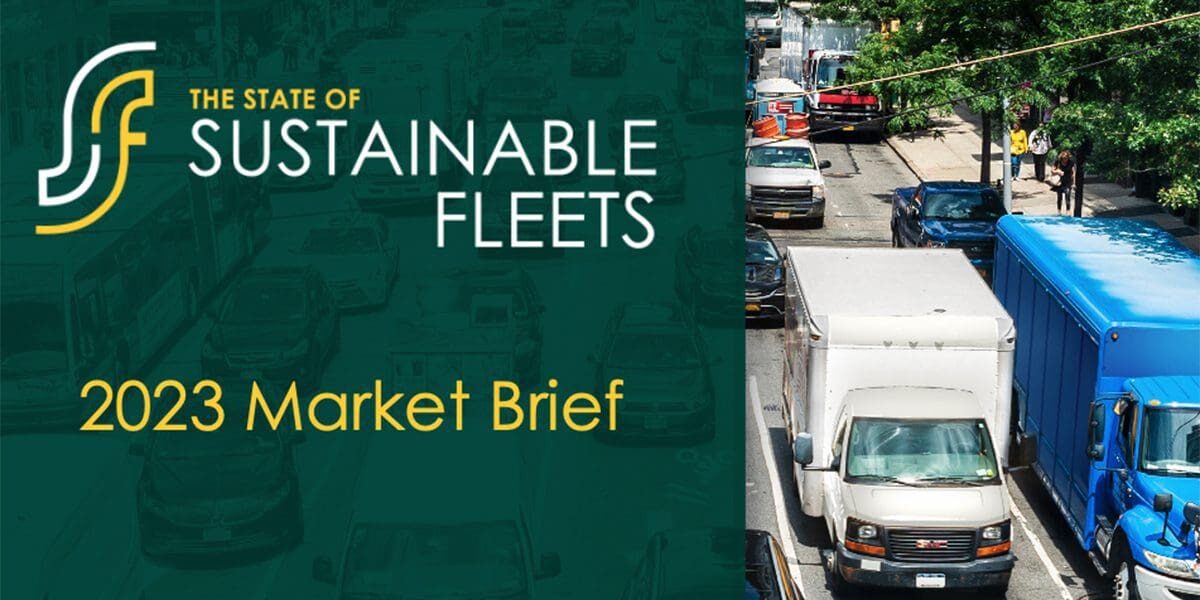
SoSF 2023: Diesel Engine Development Begins to Sunset as Funding, Fleets, Regulators Focus on ZEVs
mai 1, 2023
Source: ACT News In the fourth annual State of Sustainable Fleets Market Brief, a new trend is clear — public policy and funding has shifted sharply to build the ZEV market and sunset diesel engine development on an accelerated timeframe. Report author and leading clean technology consulting firm, TRC (formerly GNA), unveiled the findings at the Advanced Clean Transportation (ACT) Expo, a four-day conference which drew more than 10,000 attendees to Anaheim, California. This year’s Market Brief illustrates much more about the future, one where new diesel engine development programs are moving towards a sunset, and zero-emission vehicles (ZEVs) will be the “law of the land” in states representing approximately half of the U.S. economy. The past 18 months have laid the roadmap for a zero-emission (ZE) future in many states and produced early signals that the era of the diesel engine, the workhorse of heavy-duty vehicles, will end sooner than many predicted. Previously, the State of Sustainable Fleets demonstrated that some clean fuels and vehicles are now superior to gasoline- and diesel-fueled vehicles for many fleet applications, and adoption of renewable fuels and advanced technology drivetrains is accelerating. “The past year has brought a historic amount of investment from the federal government, as well as from private industry,” said Erik Neandross. “Across clean fuel types, we’re seeing accelerating momentum and an increasing commitment to low carbon fuels and zero emission commercial vehicles.” This year’s report offers another deep analysis into the alternative fuels and clean transportation markets, with the following findings: Continue reading on ACT News
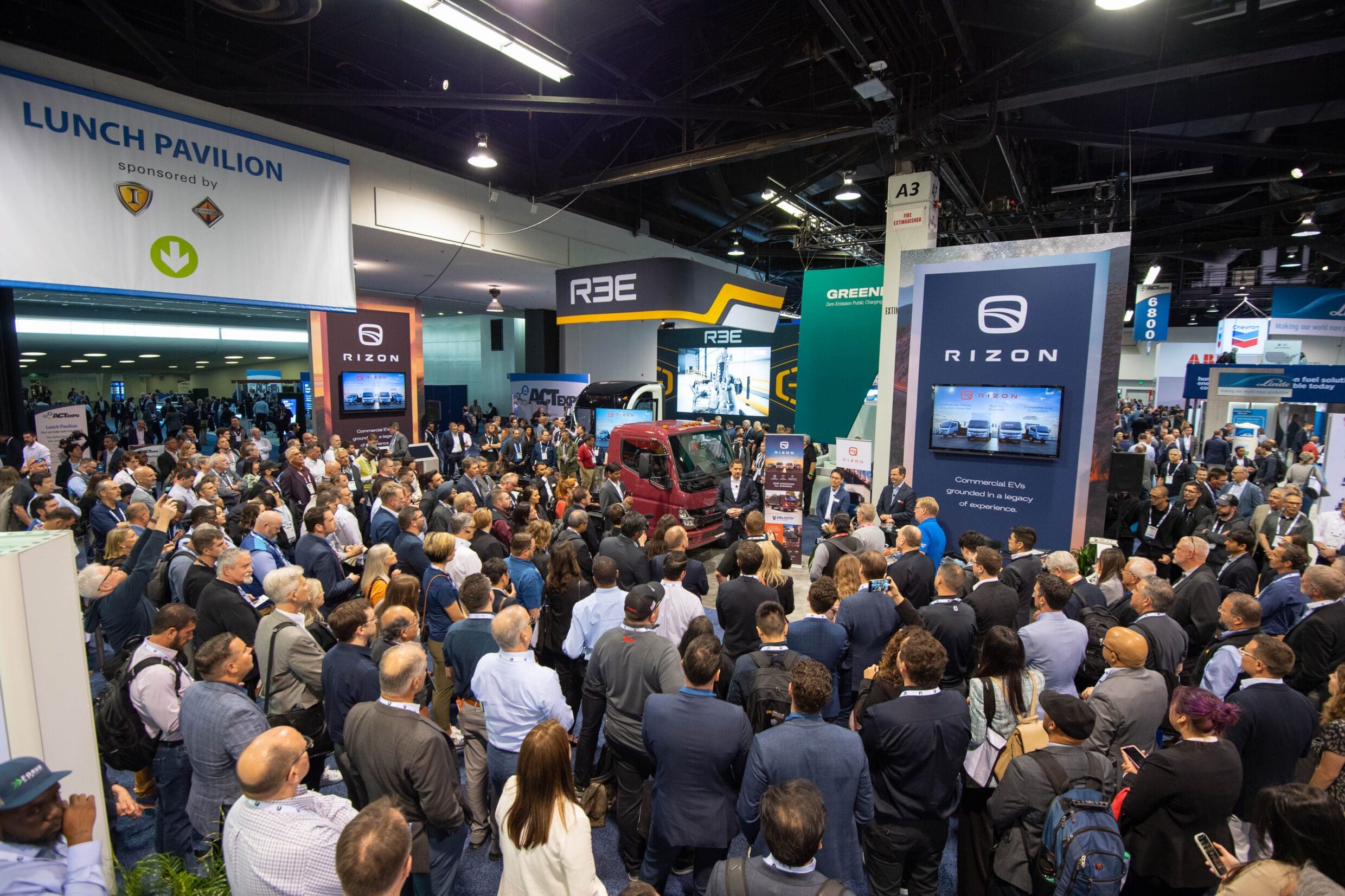
Advanced Clean Transportation (ACT) Expo Announces Dates and Locations for 2024 and 2025 Shows
mai 1, 2023
Organizers of the Advanced Clean Transportation (ACT) Expo announced the dates and locations for the next two years of its rapidly growing conference.

ACF Is Here: Start Planning Now
avril 28, 2023
The Advanced Clean Fleets Rule will accelerate the adoption of zero-emission technology for California’s medium- and heavy-duty fleets as early as 2024.
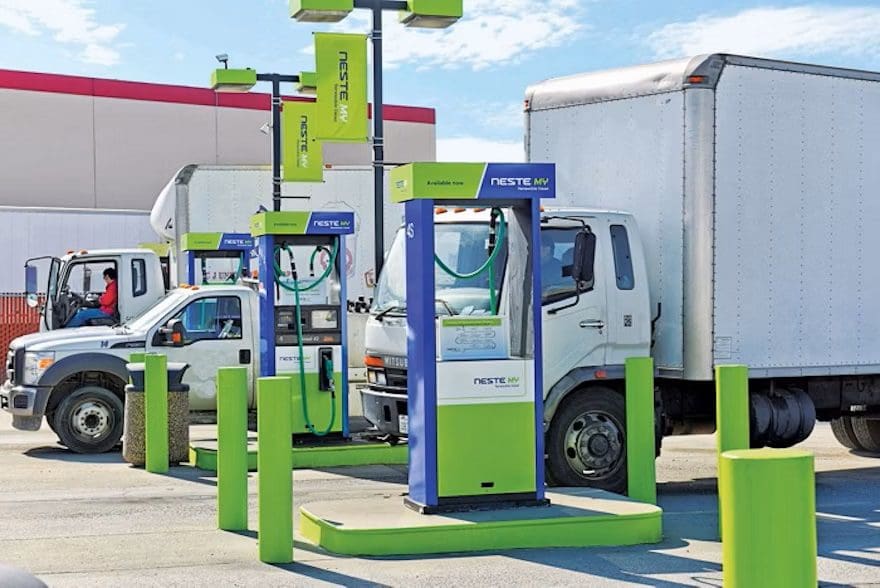
Renewable Diesel Production ‘Booming’ as National Availability Remains in Question
avril 18, 2023
Nate Springer weighs in on California’s use of renewable diesel over fossil-based diesel due to the state’s LCFS market.
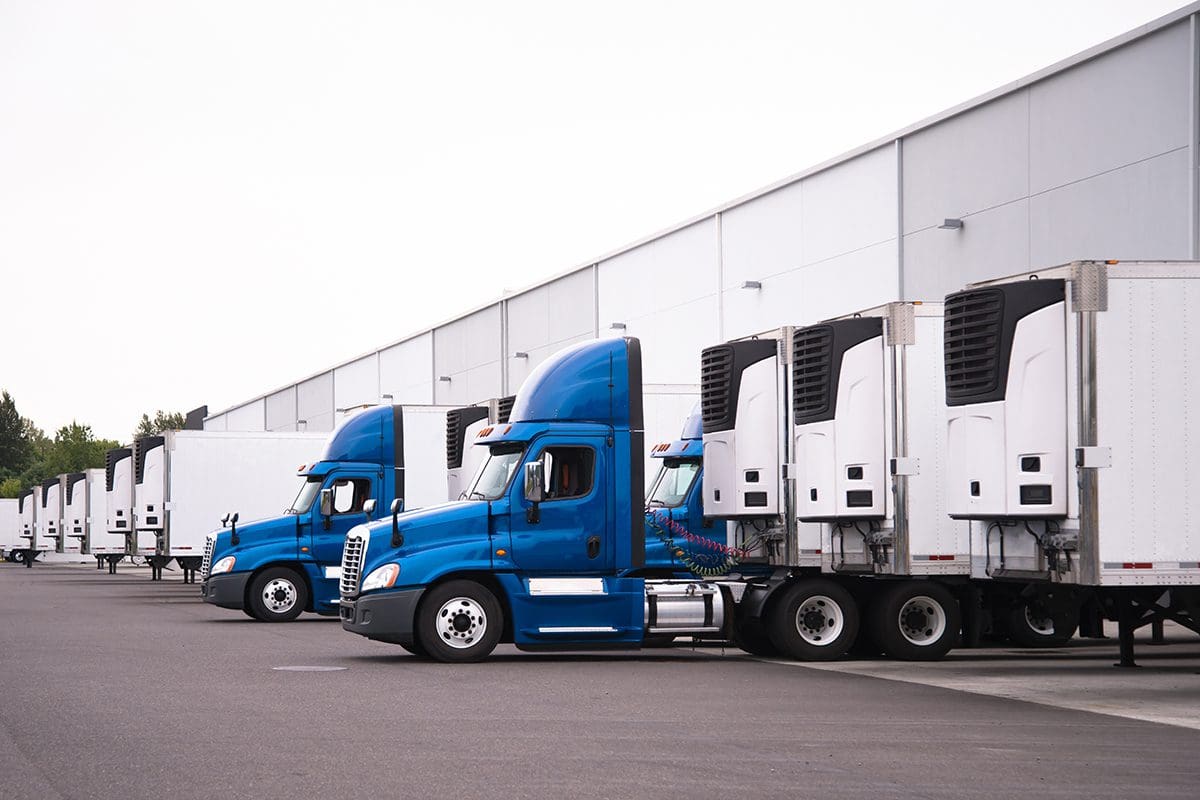
The WAIRE Rule: One Year Later
mars 7, 2023
South Coast AQMD Warehouse Actions and Investments to Reduce Emissions Program compliance
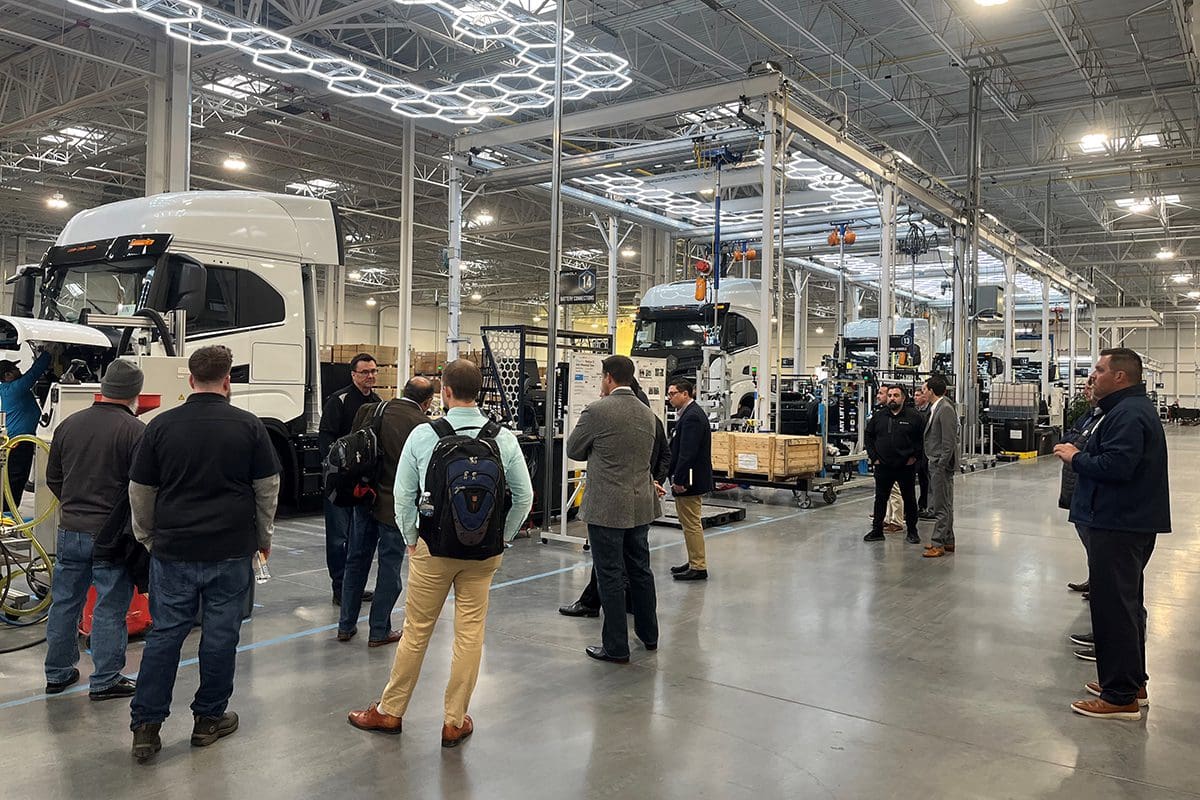
Fleets Experience Heavy-Duty Zero-Emission Tech at Recent ACT Fleet Forum Event
février 16, 2023
The Scaling Zero-Emission Vehicle Fleets workshop included two days of discussions on lessons learned and hands-on technology tours.

Download White Paper: 2021 Feasibility Assessment for Drayage Trucks
février 7, 2023
2021 Feasibility Assessment for Drayage Trucks San Pedro Bay Ports Clean Air Action Plan
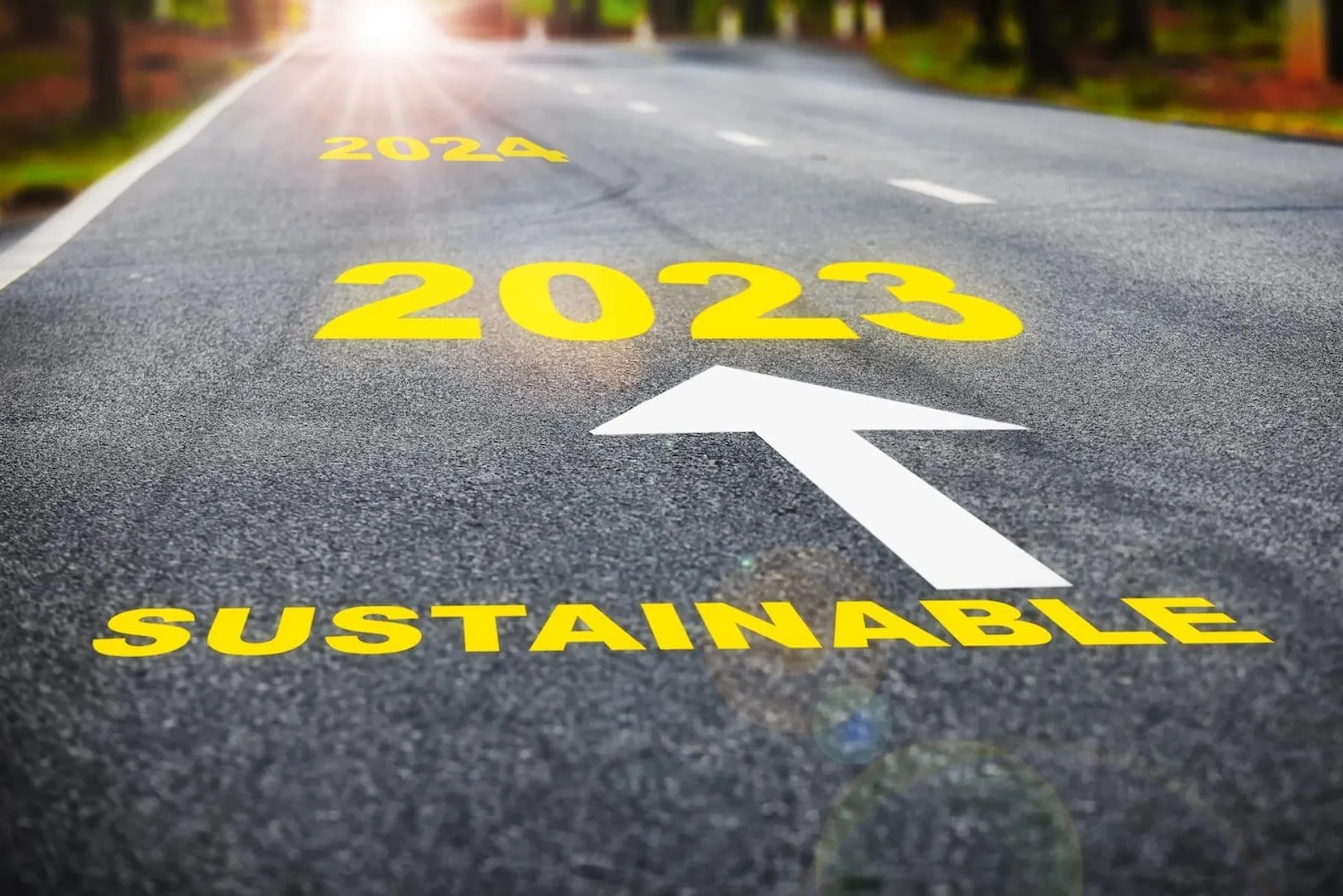
Transport Industry Leaders Share 2023 Predictions for Decarbonization
janvier 3, 2023
In the race to net zero, what’s in store for transportation and mobility this year?
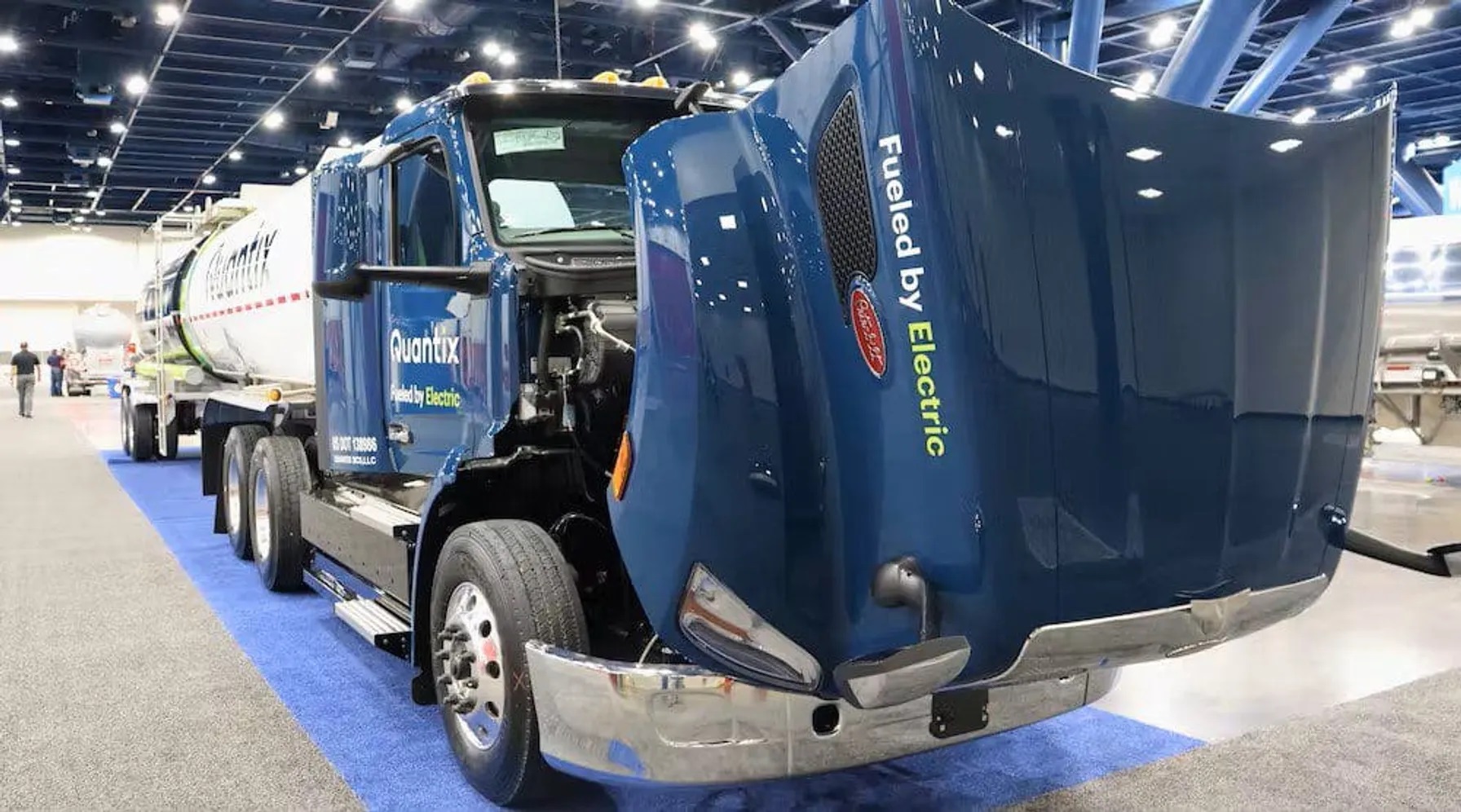
The ZEVs Are Coming—and Leading Bulk Haulers Are Gearing Up Now
Décembre 15, 2022
With ACF approval fast approaching, Quantix details its years-long journey to deploying two Peterbilt electric trucks, including the hunt for grant funding and infrastructure installation.
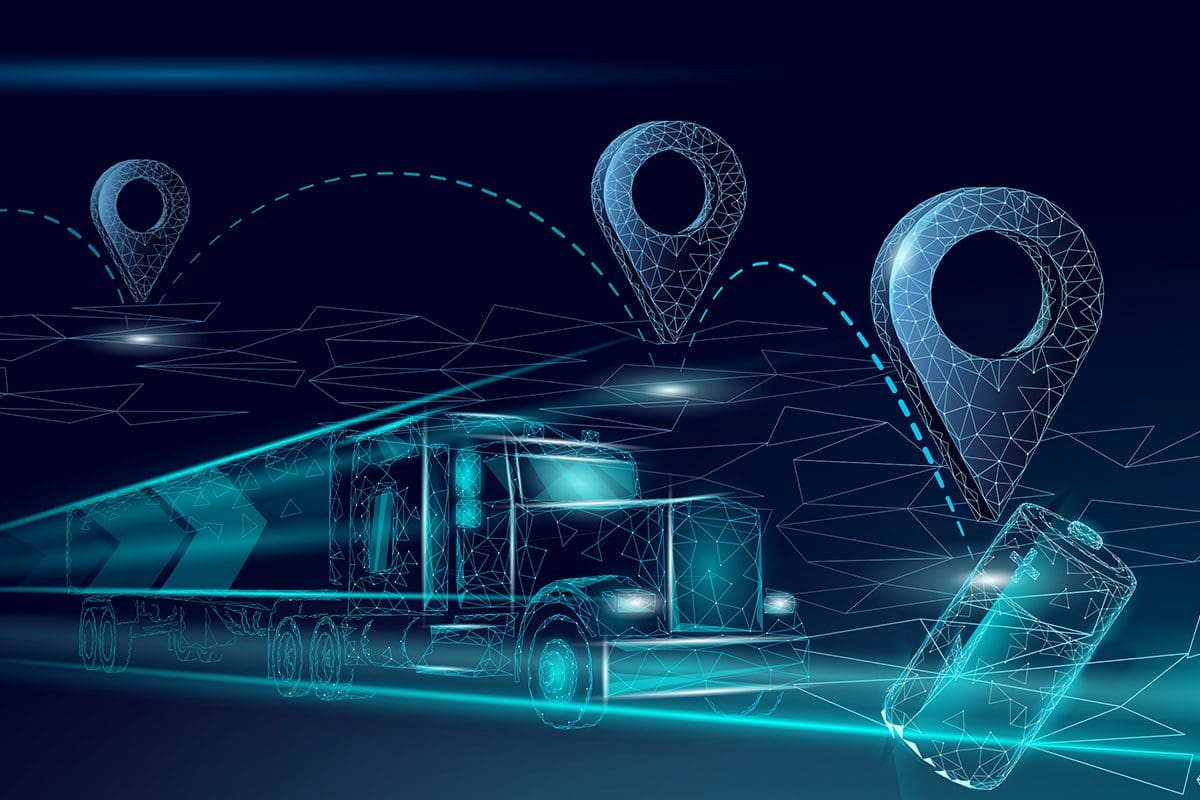
Report Identifies Three Challenges to Large-Scale BEV Adoption
Décembre 7, 2022
A recent report from ATRI highlights three challenges that need to be overcome before we can meet the demand for increased BEV adoption.

Transportation Electrification
novembre 3, 2022
Lessons from TVA’s Non-Road EV (NREV) Program

Cavalcade of Clean Transportation Funding Continues
octobre 10, 2022
Get ready for the largest federal investment in clean vehicle technologies the country has ever seen.

TRC (Formerly GNA) SVP Navigates NEVI Funding on NATSO Podcast
octobre 4, 2022
National Electric Vehicle Infrastructure Formula Program podcast discussion

What to Know About the Advanced Clean Fleets Proposal
septembre 8, 2022
CARB’s proposed Advanced Clean Fleets regulation affects fleets in three categories: drayage fleets, federal and high priority fleets, and state and local government fleets.
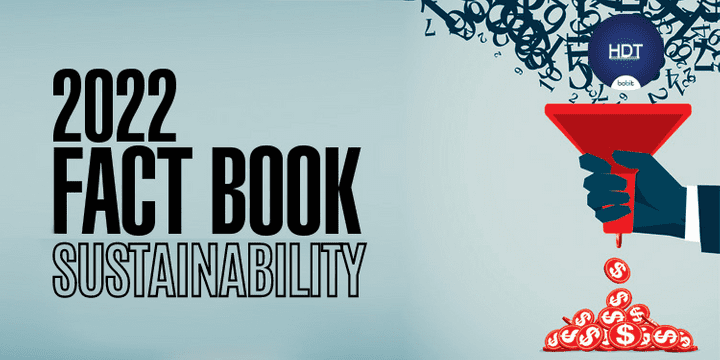
HDT Fact Book 2022: Attention Shifts Away from Diesel Trucks
septembre 1, 2022
A fundamental shift away from gasoline- and diesel-based transportation has begun. Here’s the sustainability data you should know, compiled for Heavy Duty Trucking’s annual Fact Book.

NACFE Podcast: Erik Neandross Navigates the Future of Fleet Sustainability
août 31, 2022
Erik Neandross recently joined NACFE’s Mike Roeth to discuss working with OEMs and fleets on transitioning to clean fuels, the importance of TCO, and the main drivers of the accelerated sustainable transportation movement.

The ‘Scope’ of Emissions in Transportation — Net-Zero Carbon
août 15, 2022
Experts discuss the different scopes of emissions in supply chains and how warehouse operators and fleets can take advantage of efficiency gains to lower emissions.

CARB’s Advanced Clean Fleets Regulation Will Transform California’s Fleets
août 9, 2022
The ACF regulation is set to transform California’s medium and heavy-duty diesel fleets to zero emissions vehicles in less than 20 years.

Hyliion, Cummins Collaborate on Electric and NG Range-extender
juin 29, 2022
The State of Sustainable Fleets report found that fuel-cost savings is the primary advantage for deploying NG units among 79% of the surveyed fleets. Hyliion and Cummins announced a collaboration to optimize Cummins’ ISX12N natural gas engine as the onboard generator for Hyliion’s Hypertruck ERX powertrain.
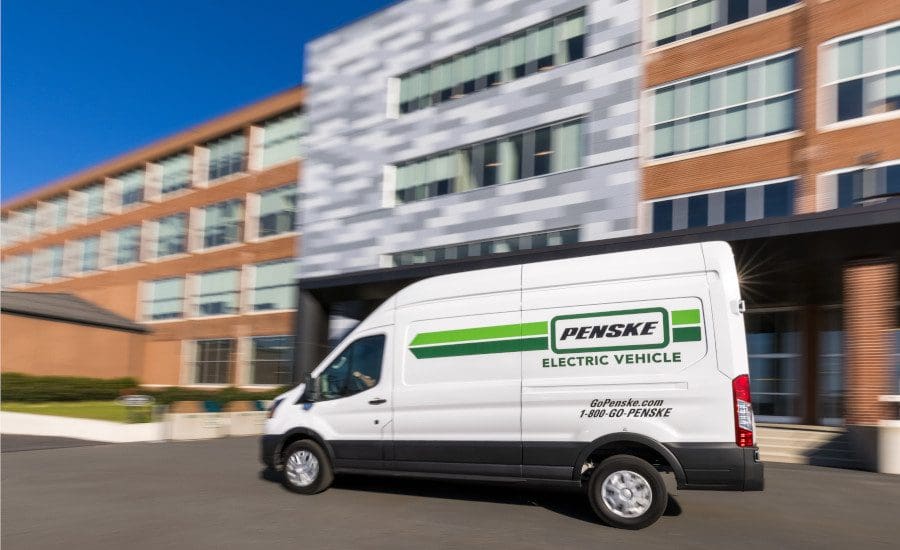
Sustainable Transport Systems Pick up Steam
juin 27, 2022
Based on the State of Sustainable Fleets 2022 Market Brief, produced by TRC, it is increasingly clear that the petroleum-based transportation era has begun its descent, and there is no going back.

ISR Compliance Could Save Warehouse Operators Thousands
juin 8, 2022
Sean Cocca, director of compliance at TRC, provides insights on South Coast AQMD’s Warehouse Indirect Source Rule, which requires warehouse operators to keep a record of the frequency of truck trips and take actions to help mitigate the environmental impact of those activities at their locations.
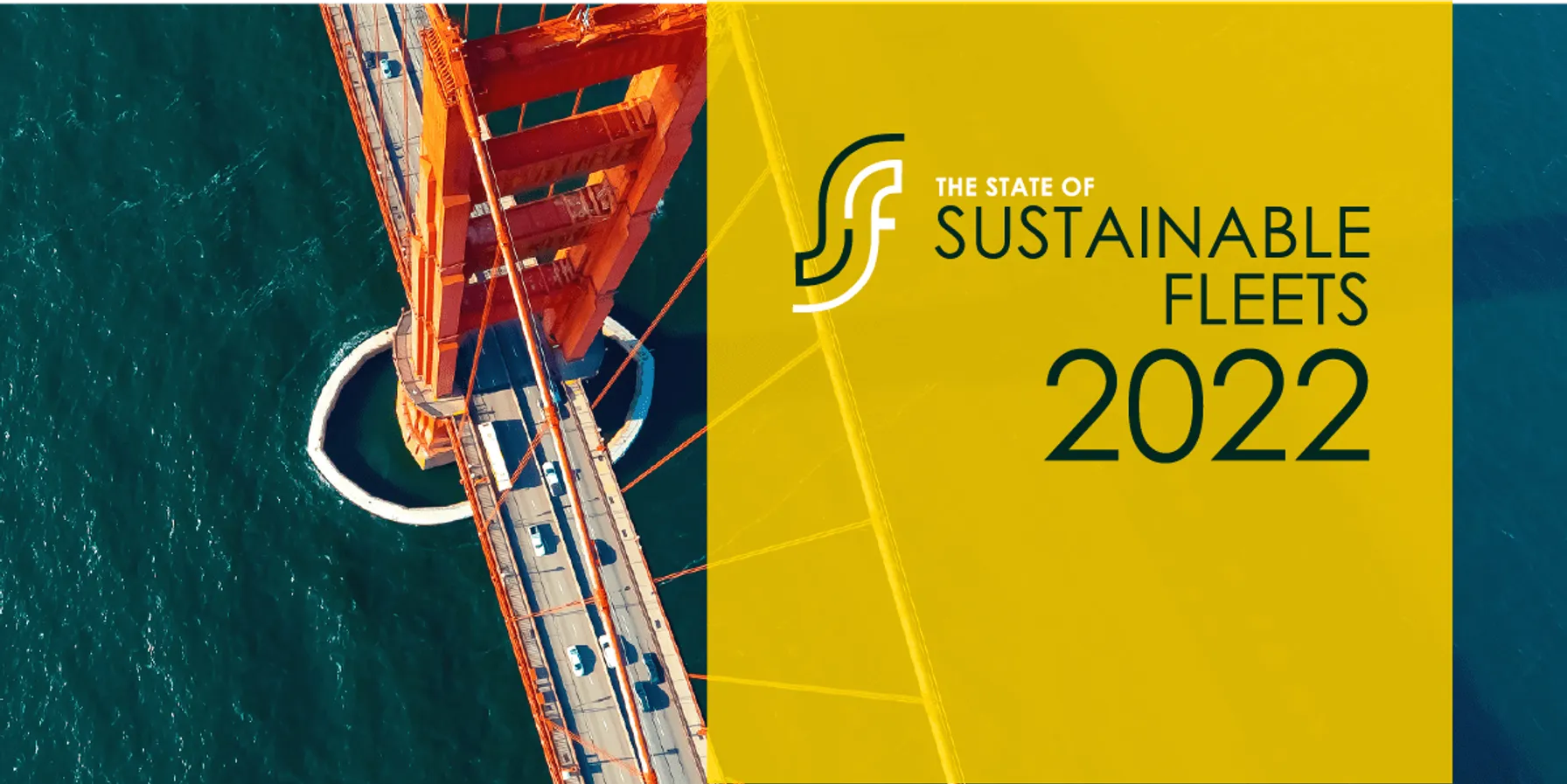
State of Sustainable Fleets Report Finds Fleets Are Accelerating Use of Clean Vehicles
mai 9, 2022
In the third annual State of Sustainable Fleets Market Brief, transportation fleets continued to report a resounding trend — their use of clean fuels and advanced vehicle technologies is rapidly progressing.

Download White Paper: State of Sustainable Fleets: 2022 Market Brief
mai 9, 2022
2022 Market Brief clean transportation trends

Study: ClearFlame Helps Fleets Lower TCO, Meet Sustainability Goals
mai 5, 2022
The study, conducted by TRC and commissioned by Geneva, Illinois-based ClearFlame itself, analyzed the total cost of ownership and the expected emission performance of the company’s engine modification technology in the over-the-road heavy truck market vs. other options.

Start Your Batteries: Mass Fleet Electrification is Coming (And What We Can do to Prepare)
avril 13, 2022
As we plan for and make early investments for fleets, we’ll be paving the way for higher degrees of market penetration of passenger vehicles and other modes of transportation as well.

Obtaining Funding for Clean Transportation Projects in North America: Q&A with TRC (Formerly GNA) Senior Vice President Joe Annotti
mars 30, 2022
Net-Zero Business Daily by S&P Global Commodity Insights speaks with Joe Annotti about strategies for seeking funding, what funders are looking for, and where opportunities are growing.
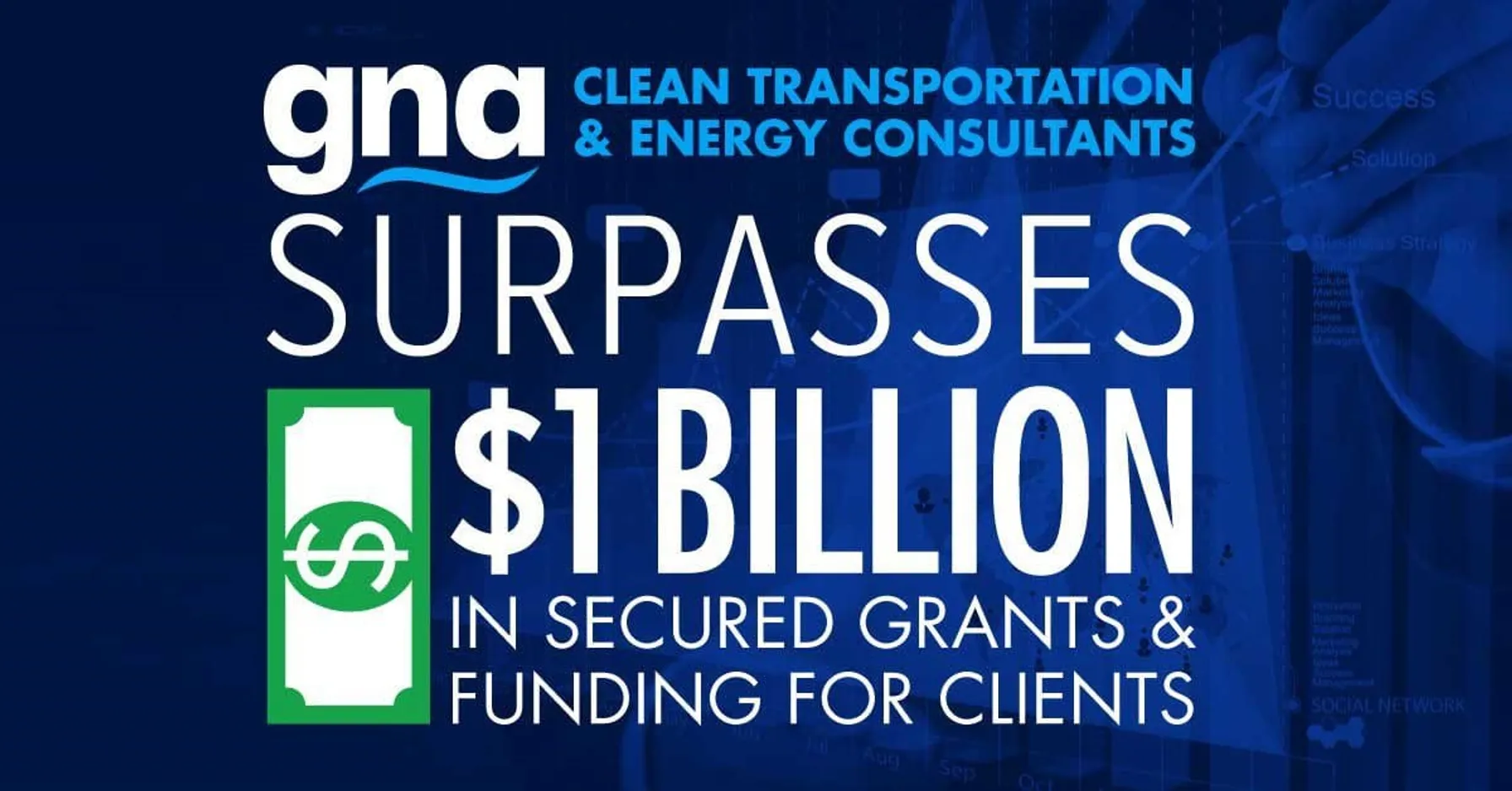
TRC (Formerly GNA) Surpasses $1 Billion in Secured Grants and Funding for Clean Transportation Clients
mars 10, 2022
TRC (formerly GNA) is thrilled to announce that we have secured more than $1 billion in grants and funding for our clean transportation clients!

TRC (formerly GNA) Electrification Project Selected for New York Program
mars 2, 2022
The Electrify the Empire State: Empowering Zero Emission Solutions project aims to deploy 38 electric medium- and heavy-duty vehicles and supporting infrastructure in underserved communities in New York City and upstate New York.

TRC (Formerly GNA) Electric Truck & Bus Project Selected by New York Clean Transportation Prizes Program
février 23, 2022
The innovative project will deploy 38 electric medium- and heavy-duty vehicles and supporting infrastructure in underserved communities.

Policy 360 Rewind: How 2021 Sets the Stage for ZEV Policy in 2022
Décembre 21, 2021
Throughout 2021, many states adopted policies to require the sales or purchase of passenger and commercial zero-emission vehicles.

Amplifying the Next Phase of Fleet Electrification: The Pickup
septembre 30, 2021
TRC’s analysis for one client fleet shows that even a $70,000 EV can compete on cost with a comparable gas-hybrid vehicle priced at $40,000 – at least in California where upfront and ongoing incentives stack up quickly.

Download White Paper: State of Sustainable Fleets 2021: Market and Trends Brief
mai 10, 2021
2021 Market and Trends Brief for clean fleet industry
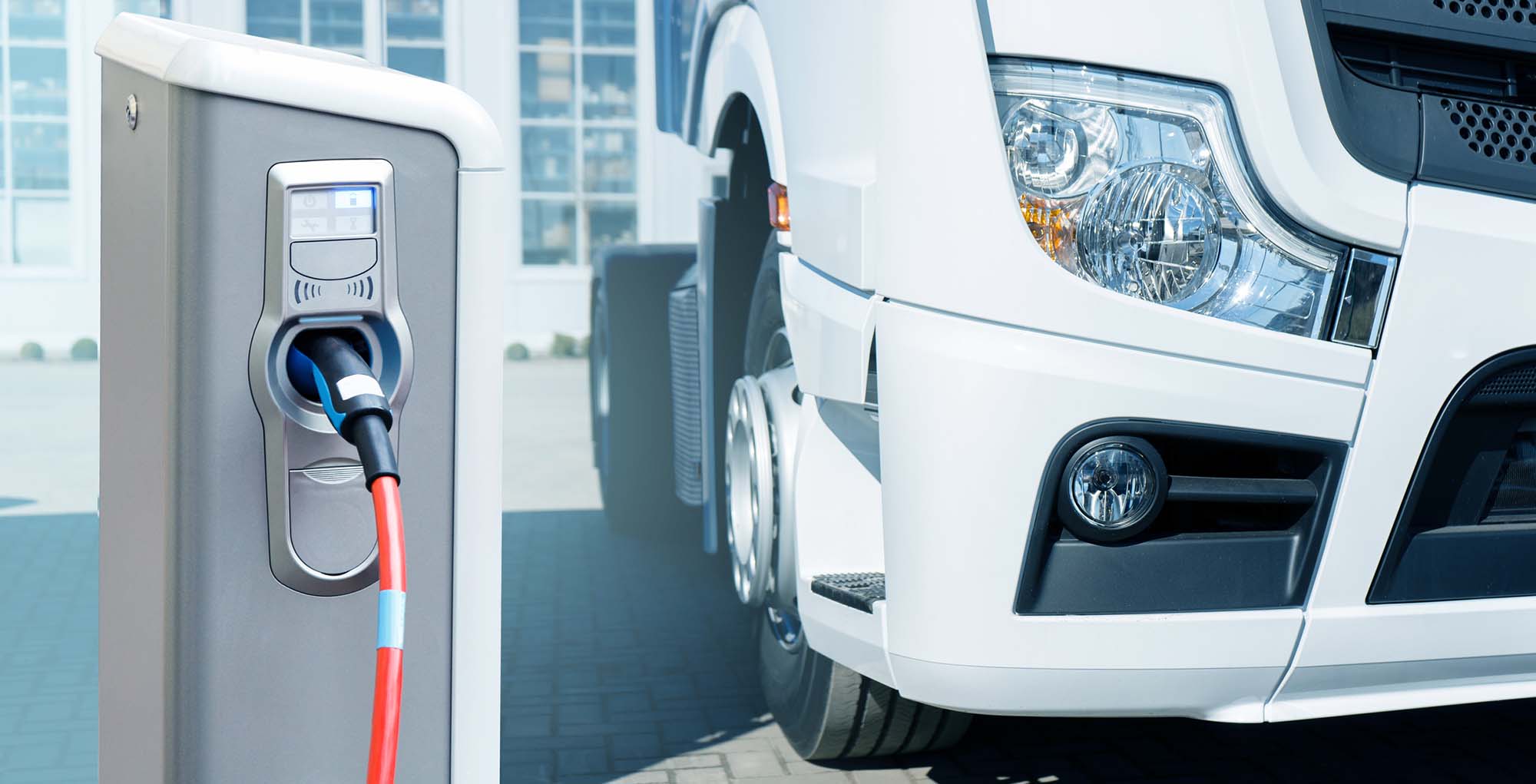
Download Whitepaper: California Heavy-Duty Fleet Electrification
mars 9, 2021
Charging systems and cost analysis for electric heavy-duty commercial fleets

Download White Paper: Sustainable Aviation Fuel: Greenhouse Gas Reductions from Bay Area Commercial Aircraft
octobre 13, 2020
Sustainable aviation fuel impact on greenhouse gas emissions
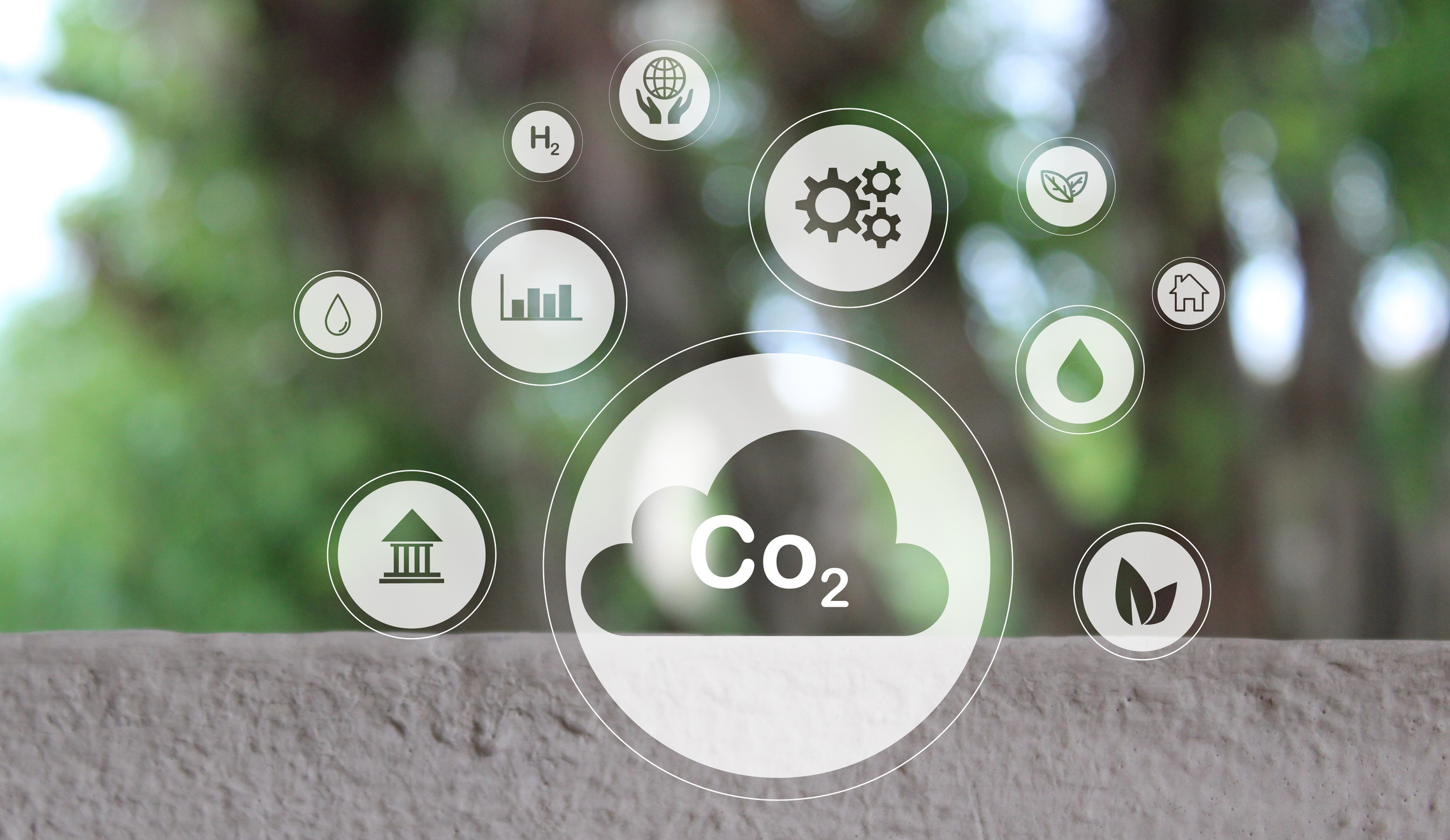
Download White Paper: An Assessment: California’s In-State RNG Supply for Transportation 2020-2024
juillet 7, 2020
California RNG production estimates and HVIP funding

Download White Paper: State of Sustainable Fleets 2020
mai 12, 2020
2020 Market and Trends Brief for clean fleet industry
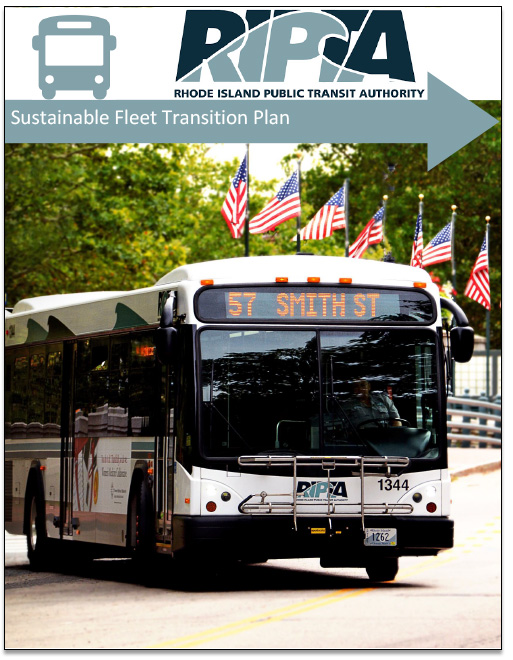
Download White Paper: RIPTA Sustainable Fleet Transition Plan
septembre 19, 2019
RIPTA Sustainable Fleet Transition Plan

Download White Paper: Electric Vehicle Charging Guidebook for Medium- and Heavy-Duty Commercial Fleets
septembre 17, 2019
Guidebook for adopting electric charging solutions for fleet managers in California
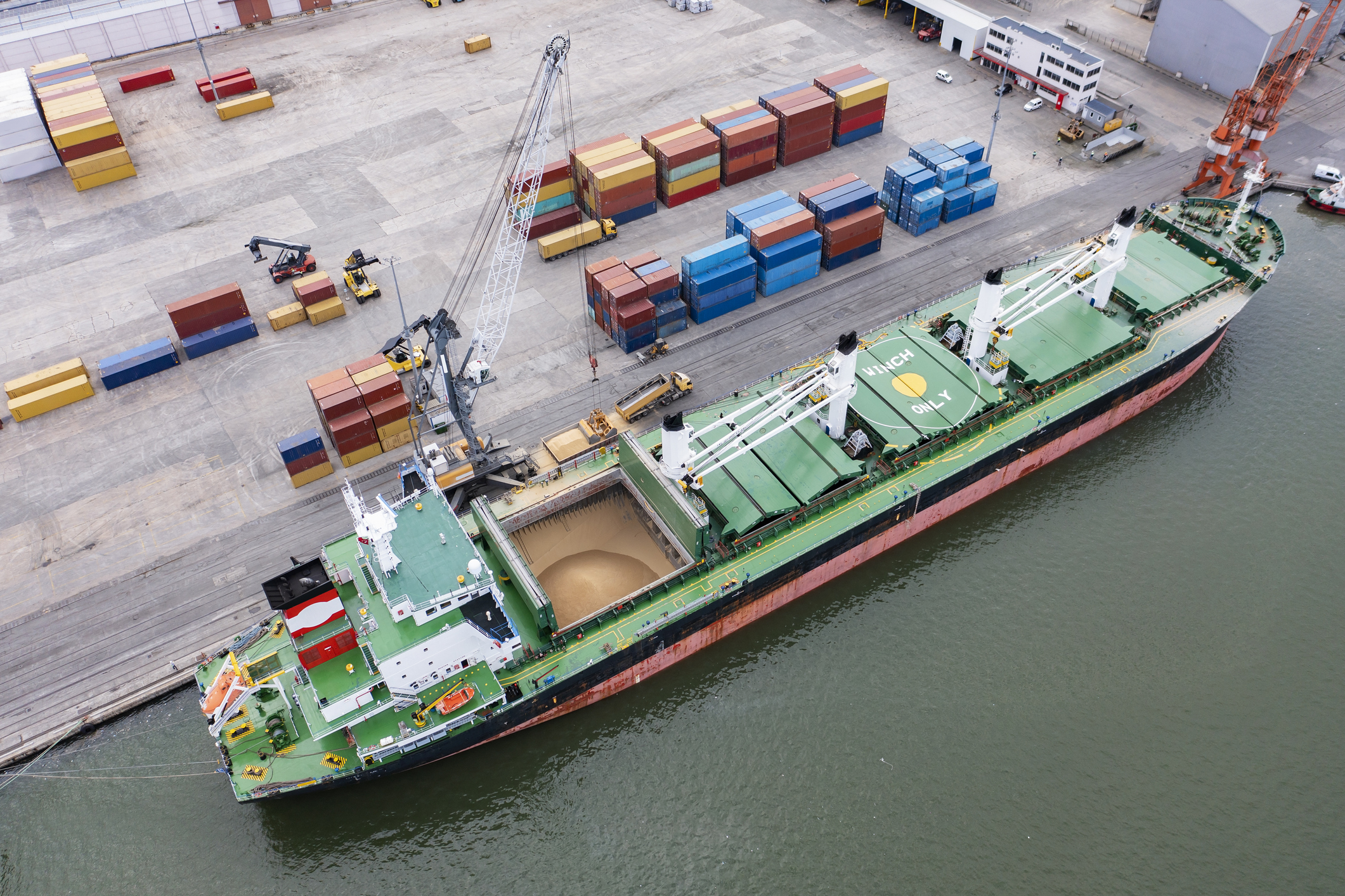
Download White Paper: 2018 Feasibility Assessment for Cargo-Handling Equipment
septembre 10, 2019
2018 Feasibility Assessment for Zero-emission Cargo-Handling Equipment

Download White Paper: 2018 Feasibility Assessment for Drayage Trucks
avril 9, 2019
2018 Feasibility Assessment for Drayage Trucks report
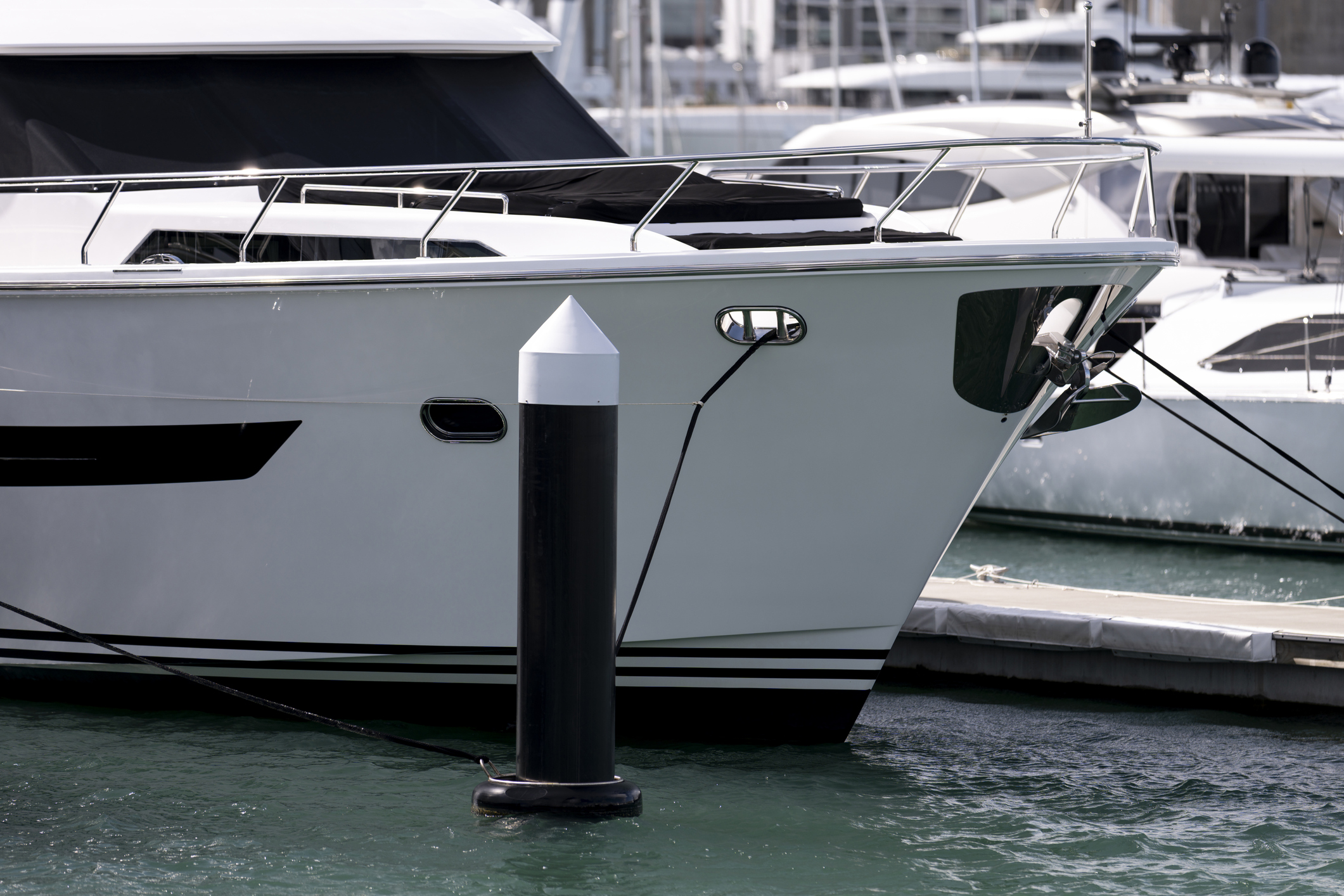
Download White Paper: The Feasibility, Issues, and Benefits Associated with Expanded Use of Natural Gas at Seaports and Other High Horsepower Applications
octobre 10, 2017
Natural gas use in Californias seaports report

Download White Paper: Renewable Diesel as a Major Transportation Fuel in California: Opportunities, Benefits & Challenges
août 15, 2017
Renewable diesel benefits and future in California

Download White Paper: Game Changer: Next Generation Heavy-Duty Natural Gas Engines Fueled by Renewable Natural Gas
mai 10, 2016
Zero-emission heavy-duty vehicles United States

Download White Paper: Dumping Dirty Diesels in Latin America
novembre 12, 2014
Reducing black carbon emissions in Latin America

Download White Paper: LNG Opportunities for Marine and Rail in the Great Lakes, Gulf of Mexico, and Inland Waterways
octobre 13, 2014
Liquefied natural gas growth opportunities in marine and rail operations

Download White Paper: Equivalent Strategies for the ARB Zero Emission Bus Regulation
juin 11, 2014
California Air Resources Board Fleet Rule for Transit Agencies report

Download White Paper: Pathways to Near-Zero-Emission Natural Gas Heavy-Duty Vehicles
mai 13, 2014
California air quality and climate protection policies
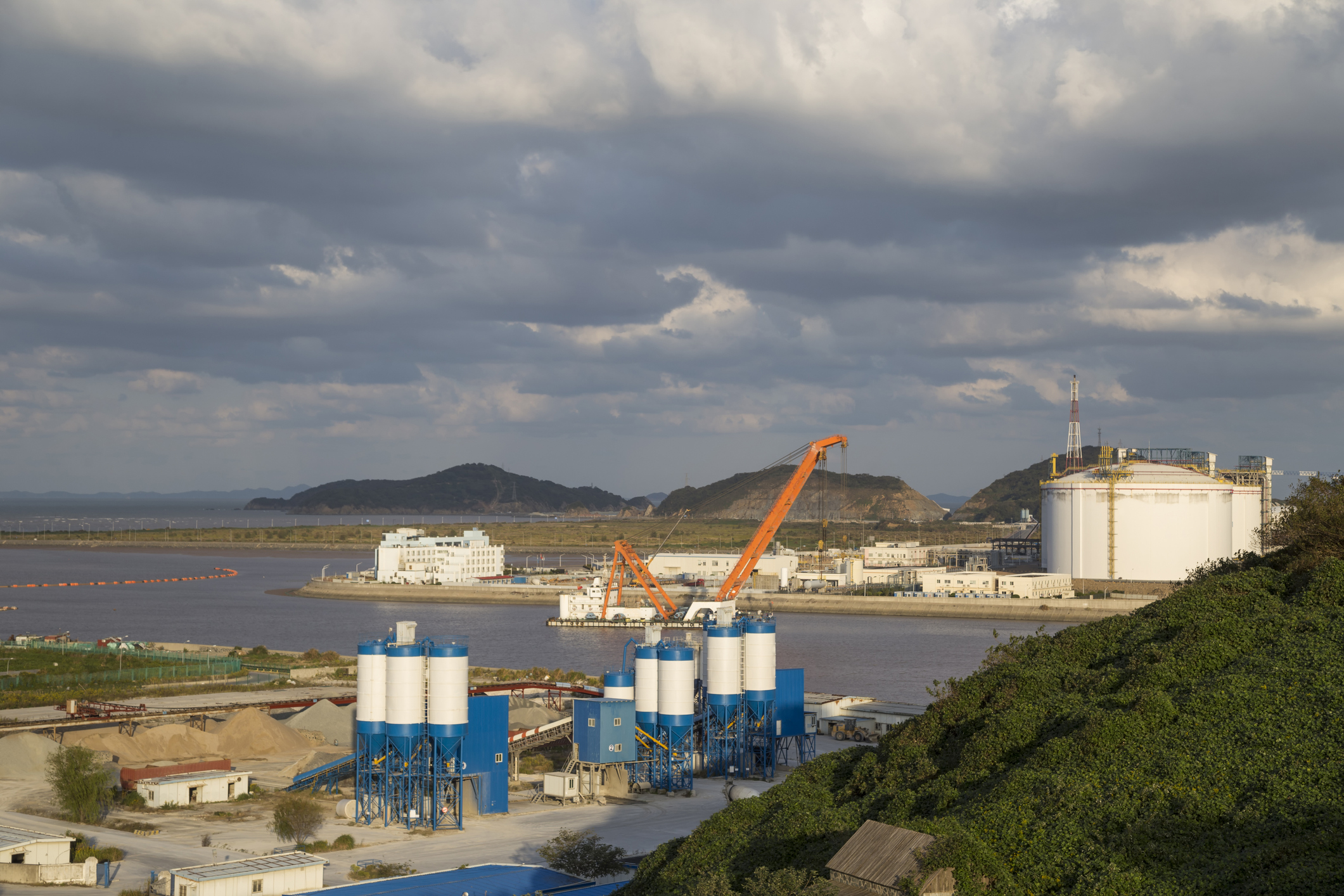
Download White Paper: Wyoming Liquefied Natural Gas (LNG) Roadmap
avril 16, 2014
LNG production and usage in Wyoming

Download White Paper: Moving California Forward: Zero and Low-Emission Goods Movement Pathways
novembre 12, 2013
California Cleaner Freight Coalition report on zero-emission strategies

Download White Paper: Ultrafine Particulate Matter and the Benefits of Reducing Particle Numbers in the U.S.
juillet 15, 2013
EPA regulations on vehicle emissions and health impacts

Download White Paper: Zero-Emission Catenary Hybrid Truck Market Study
mars 13, 2012
Zero-emission trucks and electric catenary highway technology in Southern California

Download White Paper: NGV Roadmap for Pennsylvania Jobs, Energy Security and Clean Air
avril 13, 2011
Marcellus Shale Coalition natural gas transportation fuel report
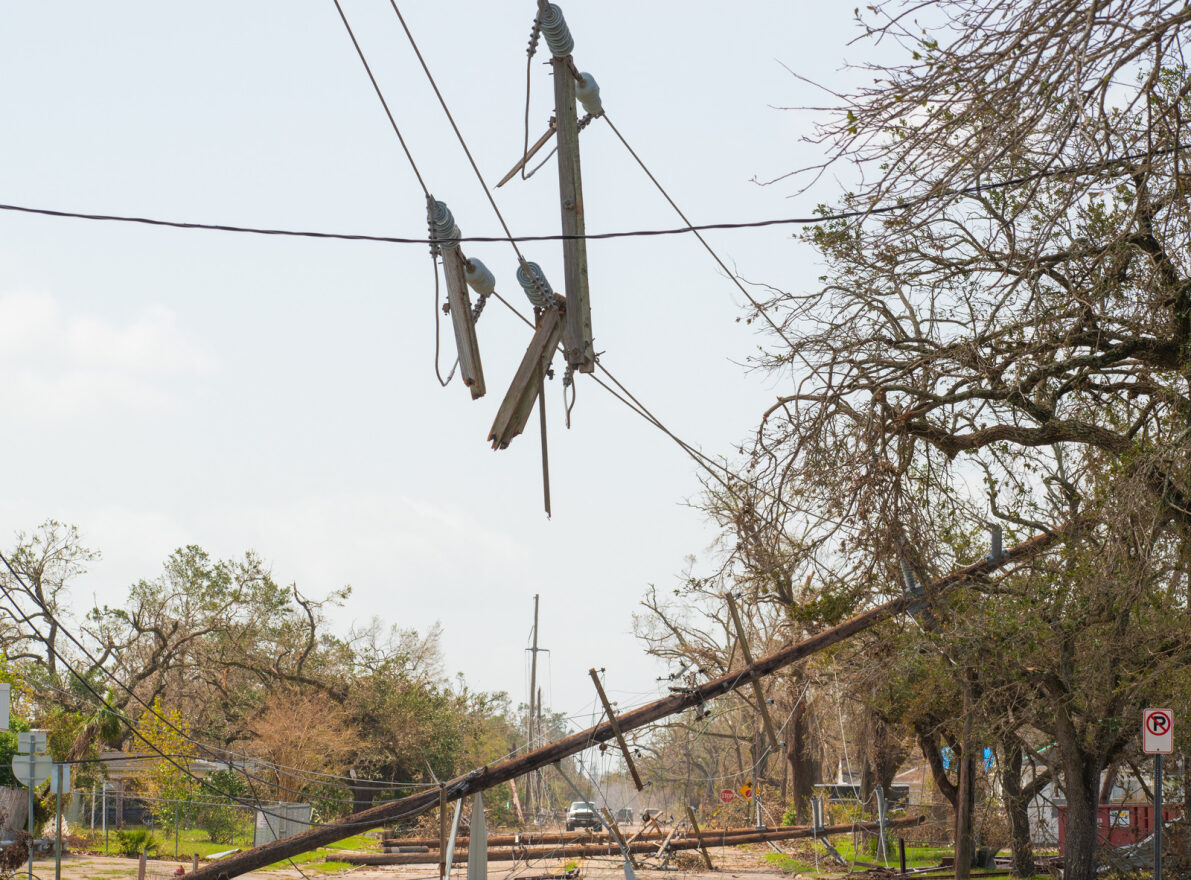
The Next Storm Won’t Wait: How to Strengthen Utility Storm Response Today
avril 25, 2025
Extreme weather events are no longer once-in-a-generation anomalies; they are an ever-present reality. Hurricanes, wildfires and winter storms are becoming more intense and frequent, placing unprecedented pressure on power grid resilience. Utilities face a growing challenge: how to prepare, respond and recover faster while keeping their workforce safe and effective.

Grid Resiliency: Perspectives Across the Power Grid
avril 16, 2025
In today’s changing energy landscape, grid resiliency is a top priority for all power system owners and operators. The ability to absorb disruptions and maintain power is crucial in an increasingly unpredictable world.

TRC présente des solutions de bout en bout pour la transition énergétique à DISTRIBUTECH 2024
février 19, 2024
TRC permet de passer à des réseaux intelligents qui créent de nouvelles voies pour que le monde prospère
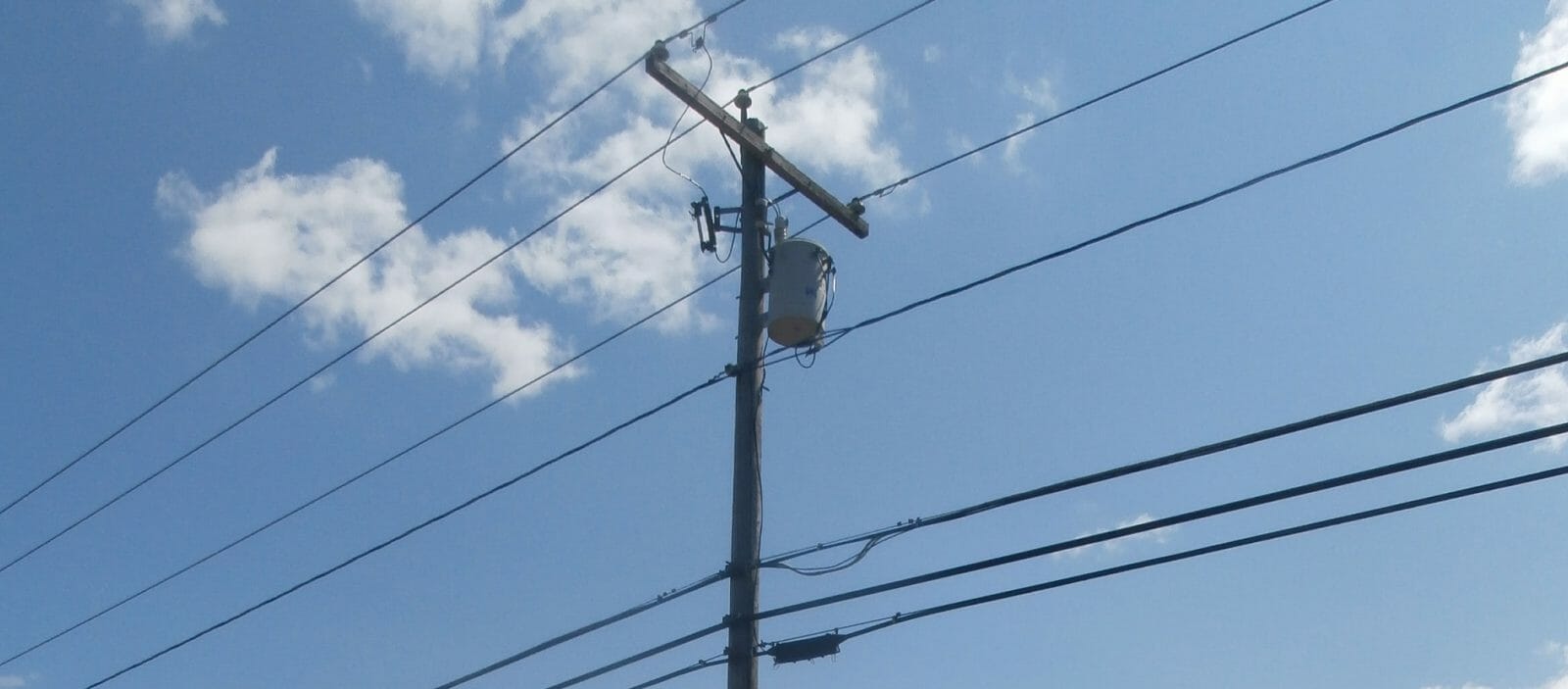
How to Effectively Plan your Distribution Modernization
Décembre 7, 2022
Follow these preliminary steps for long-term grid modernization project success

Best Practices for Successful Broadband Expansion Projects
juin 17, 2022
TRC’s panel of experts discuss how the telecommunications industry can prepare for the rapid increase in broadband activity across the county.

Comment fonctionne une grille de distribution ?
octobre 2, 2021
Les systèmes de distribution électrique s’appuient sur une technologie sophistiquée pour fournir de l’énergie en cas de besoin. L’électricité est produite à la demande, ce qui signifie qu’il y a souvent des périodes de pointe où les fournisseurs voient un plus grand besoin d’électricité et le système doit s’avérer réactif.

Oklahoma Gas & Electric Company uses AI to assess and repair distribution pole damage
août 4, 2021
As part of its grid enhancement program, OG&E will leverage collaborative AI-powered image recognition technology that enables engineers to complete distribution pole inspections with greater accuracy and helps to reduce manual review of images.

Managing the Future of Electric Utilities
août 1, 2021
The future of electric utilities depends on IT/OT convergence to ensure reliability and resiliency.
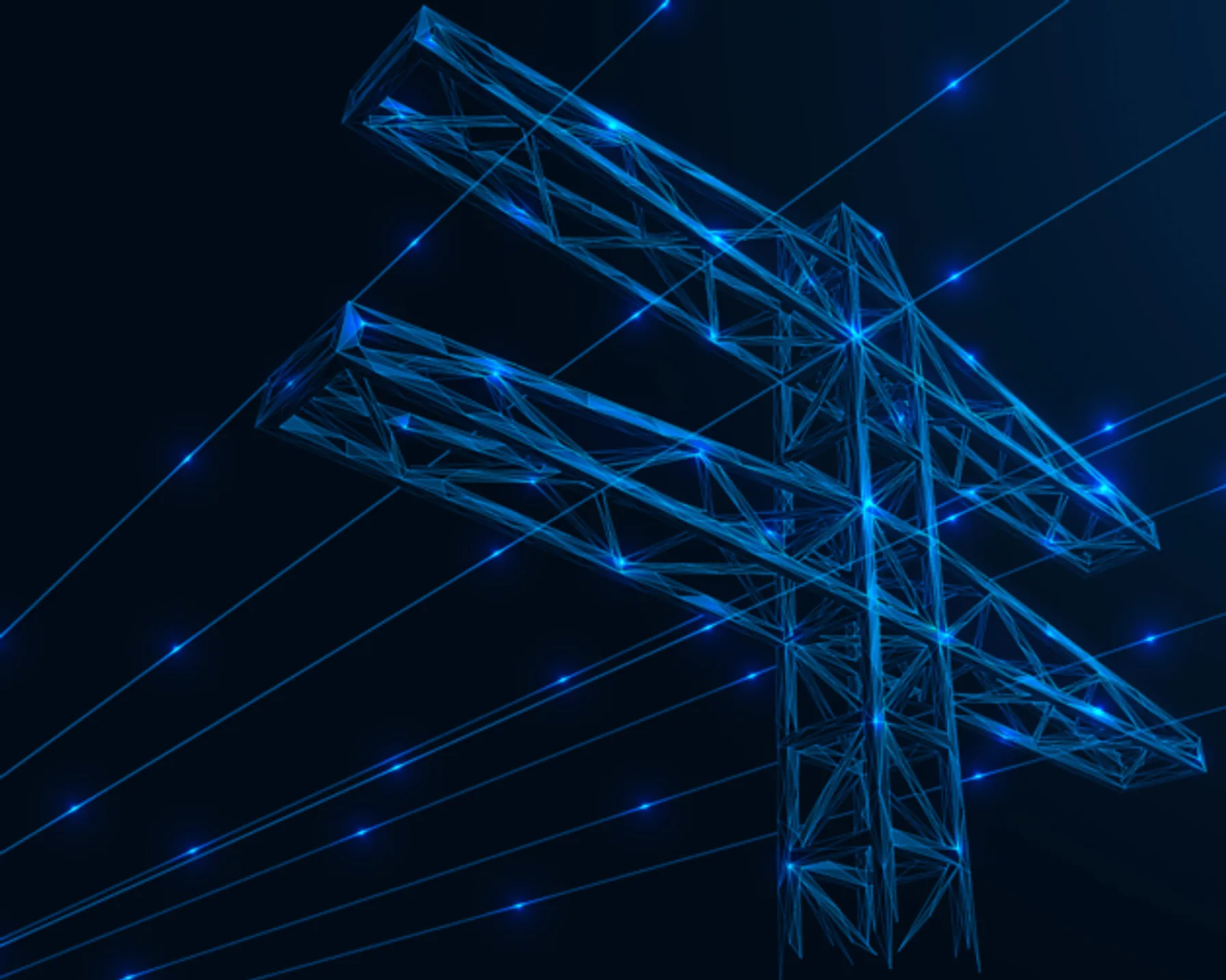
5 mégatendances alimentent le changement dans le paysage des services publics d’aujourd’hui
octobre 14, 2024
L’industrie de l’énergie est au milieu d’une transformation importante entraînée par les progrès technologiques, les préoccupations environnementales, l’évolution de la dynamique du marché et la demande sans précédent de nouvelles énergies. Alors que le secteur subit un changement fondamental dans la façon dont l’énergie est produite, consommée et gérée, les services publics doivent s’adapter aux défis multiformes et forger de nouvelles voies de croissance – non seulement pour leurs propres opérations, mais aussi pour les clients et les communautés qu’ils servent. Comprendre les mégatendances clés qui façonnent le paysage énergétique aujourd’hui peut aider les services publics à prospérer en ces temps de transition et de flux.
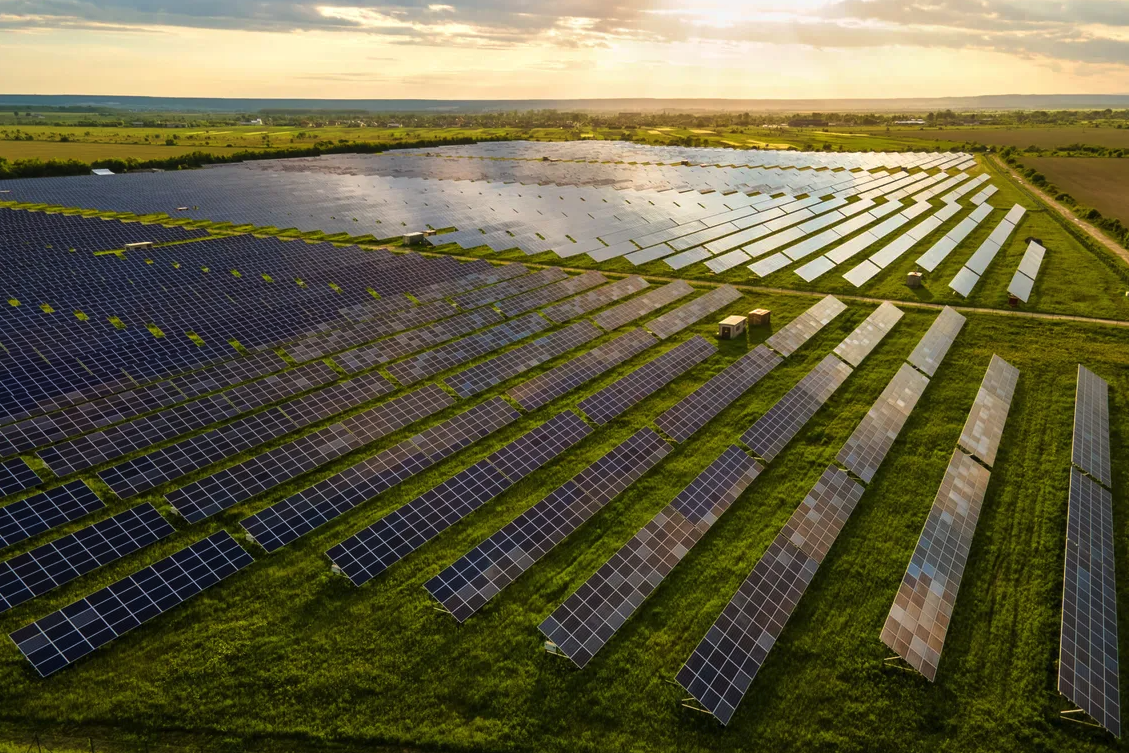
La NERC publie une série de webinaires sur les ressources basées sur les onduleurs
octobre 19, 2023
Alors que le système de distribution d’électricité continue d’évoluer rapidement en raison des initiatives de politique de décarbonisation, les ressources basées sur des onduleurs (IBRs) jouent un rôle de plus en plus important dans les ajouts de production au système d’alimentation en vrac. La NERC et d’autres organisations techniques ont pris de nombreuses mesures pour appuyer l’intégration fiable de ces ressources.

The Digital Transformation of the Utility Operations Model: Essential Telecom Network Upgrades to Make Now
octobre 4, 2023
As technology advances and cybersecurity threats loom, companies must prioritize communications retrofits and upgrades to ensure reliability, availability and business continuity.
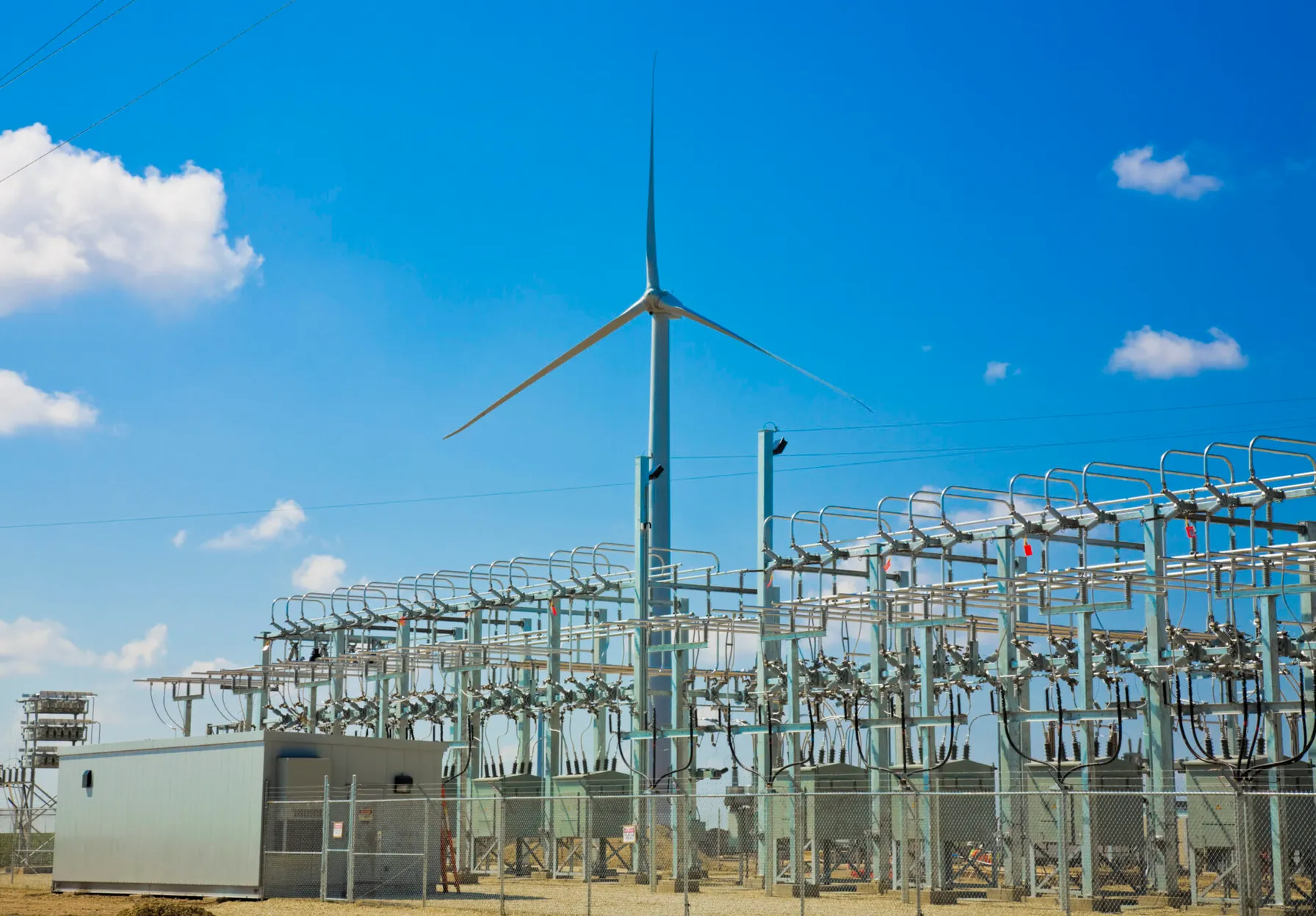
FERC Issues Order 2023 to Resolve Interconnection Process Issues
septembre 25, 2023
The Federal Energy Regulatory Commission has approved Order 2023 to facilitate and improve the speed and reliability of adding new energy resources to the power system

FERC Extreme Weather Initiative Will Change the Transmission Planning Process
juillet 26, 2023
FERC issued a Final Rule directing NERC to develop a new or modified reliability standard addressing transmission system planning performance requirements for extreme heat or cold weather events.

Modeling Power System Hosting Capacity
mars 31, 2023
As renewable energy development booms, and distributed energy resources (DERs) proliferate across the grid, the demand for a more efficient and timely interconnection process is at an all-time high. To meet regulatory deadlines and satisfy the needs of both developers and customers, utilities must tackle an increasingly complex array of system impact studies, analyses and reports, under ever shrinking timelines.

Distribution Undergrounding Planning: Best Practices for Successful Projects
mars 15, 2023
As extreme weather events increase and installation costs decrease, moving to underground distribution systems is becoming a popular way to prevent power outages.

FERC Orders Internal Network Security Monitoring Rule to be Finalized
mars 14, 2023
FERC directed NERC to develop Reliability Standards to implement INSM within trusted CIP environments.

TRC Companies Assisting LS Power Grid Maine with New Transmission Project in Maine
mars 2, 2023
TRC Companies announces its role as a consultant in supporting the new transmission project by LS Power Grid Maine.

How to Effectively Plan your Distribution Modernization
Décembre 7, 2022
Follow these preliminary steps for long-term grid modernization project success

NERC Files Comments in the FERC Generator Interconnection Notice of Proposed Rulemaking
novembre 21, 2022
The rulemaking addresses improvements needed to reliably facilitate the power industry’s transition to renewable and distributed generating resources utilizing inverter-based technologies.

Why Modernization Is Easier Than You Think
août 25, 2022
Reduce risk and lower costs with an incremental approach to your next IT project.
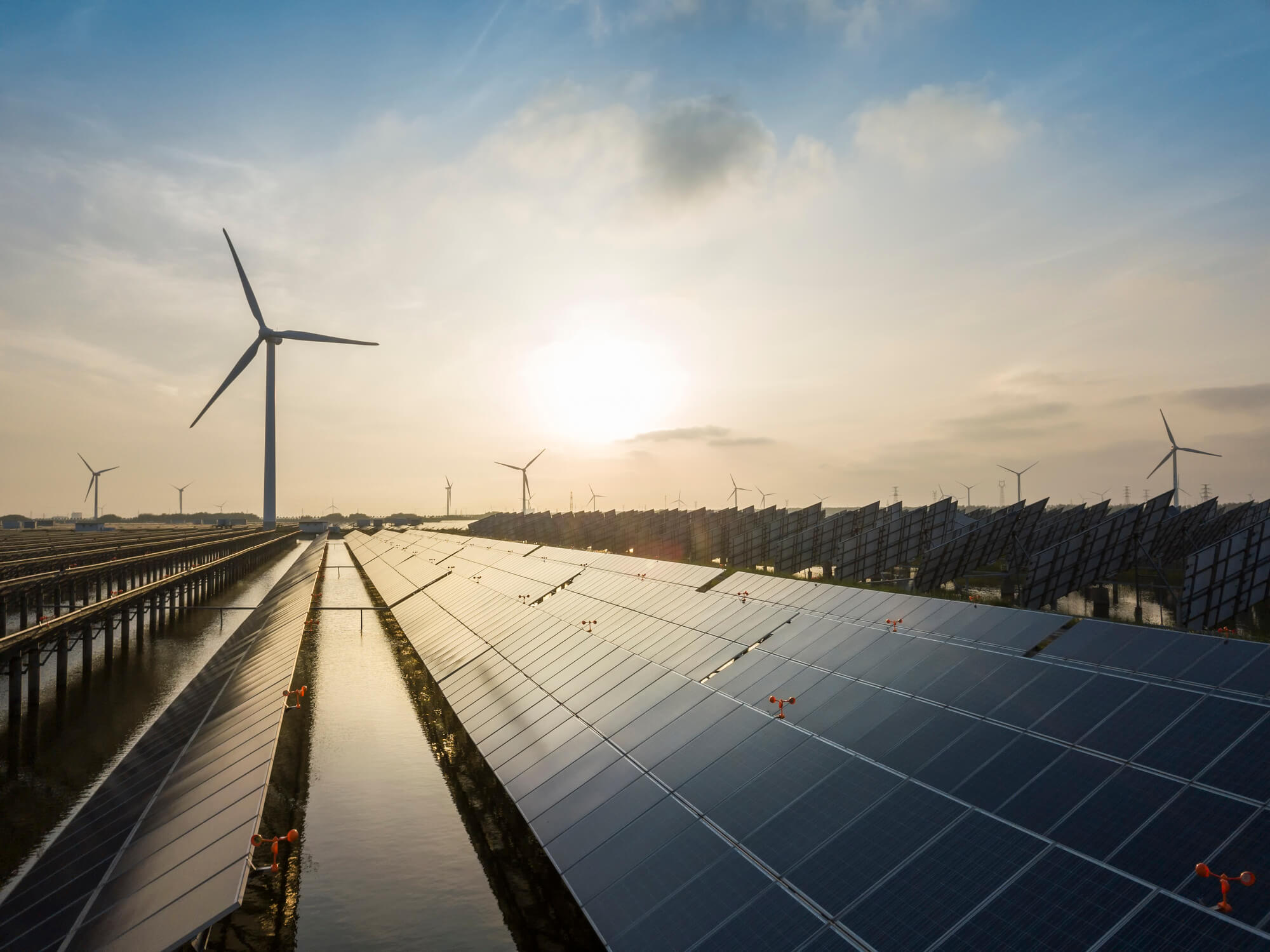
Webinar Replay: Substation Automation – Best Practices for IEC 61850 Implementation
mars 29, 2022
Modernizing utility equipment, standards and processes pays dividends for improved safety, security and reliability. But transitioning to a new high-tech system model can be challenging.

Substation Hardening: Don’t Be a Pawn to Security
octobre 28, 2021
Protecting our critical energy infrastructure from physical security threats is certainly not a game, but the process can take some important lessons from the game of chess.

TRC Talks – Attaching Telecommunications Fiber in the Supply Space
août 10, 2021
Today’s utility and communications infrastructure is being challenged to support a growing demand for automation, broadband and 5G network services. Attaching fiber in the power distribution or supply space can mitigate risks related to overloading and overcrowding.

Managing the Future of Electric Utilities
août 1, 2021
The future of electric utilities depends on IT/OT convergence to ensure reliability and resiliency.
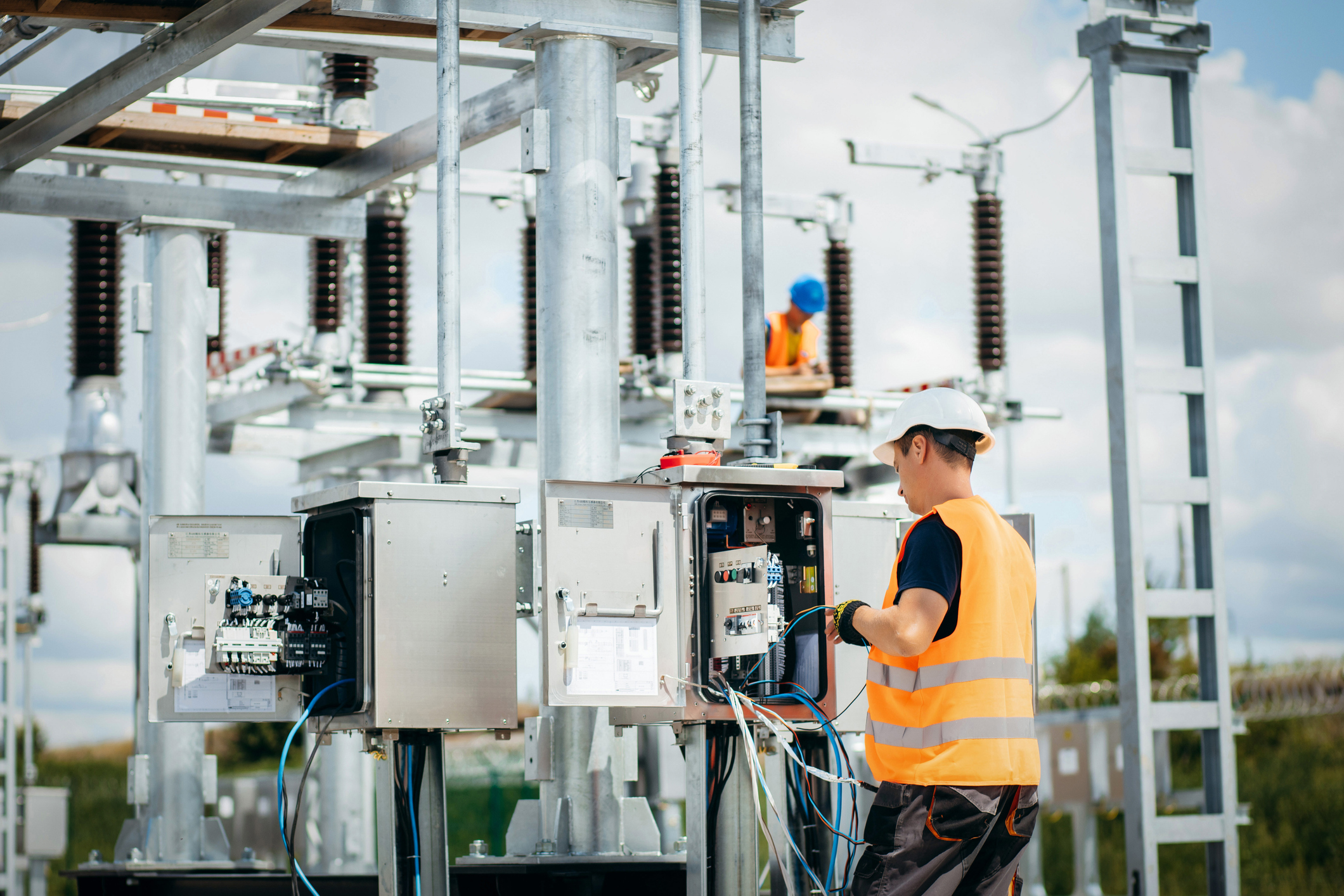
Distribution Automation Best Practices
juillet 20, 2021
In today’s dynamic power delivery world, utilities are increasingly focused on electrical distribution systems and reliability.

Comment faire passer un projet renouvelable de la planification à la construction
mai 15, 2021
Un changement sociétal généralisé est en cours – le moment est venu de réduire la dépendance aux combustibles fossiles et de commencer des projets d’énergie renouvelable. Parmi ceux qui devraient participer, il y a les entreprises de services publics. Ils peuvent faire preuve d’une bonne conscience sociale et bénéficier d’un retour sur investissement (ROI) notable en mettant en œuvre des projets d’énergie renouvelable. Dans ce chapitre, vous en apprendrez davantage sur le processus d’investissement dans les énergies renouvelables. Utilisez ce guide de développement de projets d’énergie renouvelable pour vous aider à démarrer.

Speak With the Experts at TRC
mai 15, 2021
TRC can help companies navigate their transition from hydrocarbons to renewables.

Cold Weather Reliability Preparedness and Hardening
mars 22, 2021
The latest weather impacts to power reliability have accelerated the need for mandatory regulatory compliance changes.
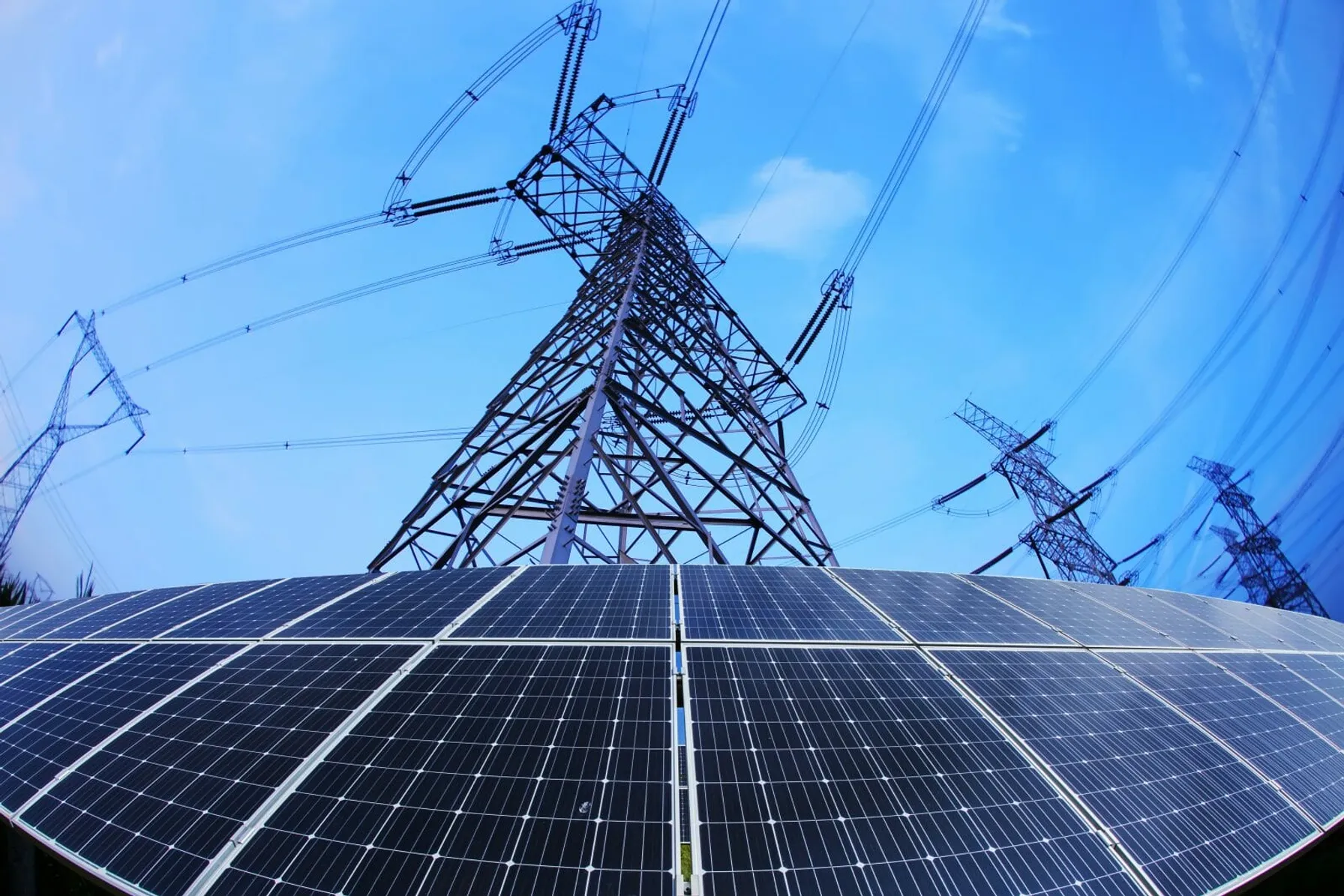
NERC Reliability Standard PRC-024-3 Approved: Frequency and Voltage Protection Settings for Generating Resources
juillet 28, 2020
On July 9, 2020 NERC standard PRC-024-3 was approved, paving the way for improved protection systems in support of keeping generating resources connected during defined frequency and voltage excursions.
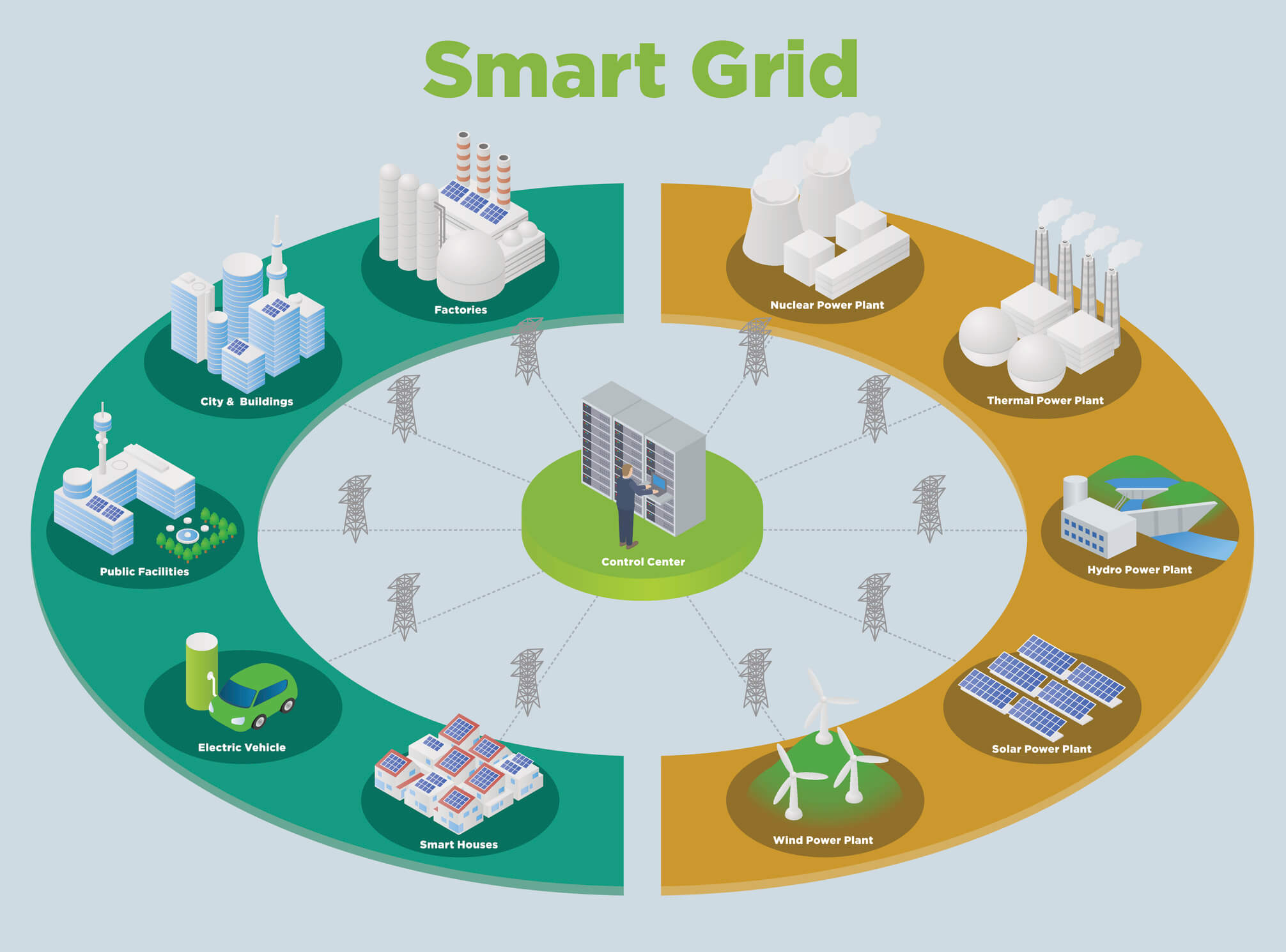
Microgrids: A mega-opportunity for electric utilities
juin 2, 2020
For the traditional electric utility business model, microgrids could be perceived as a financial threat. But we see many ways microgrids can be both moneymakers and cost-savers for utilities.
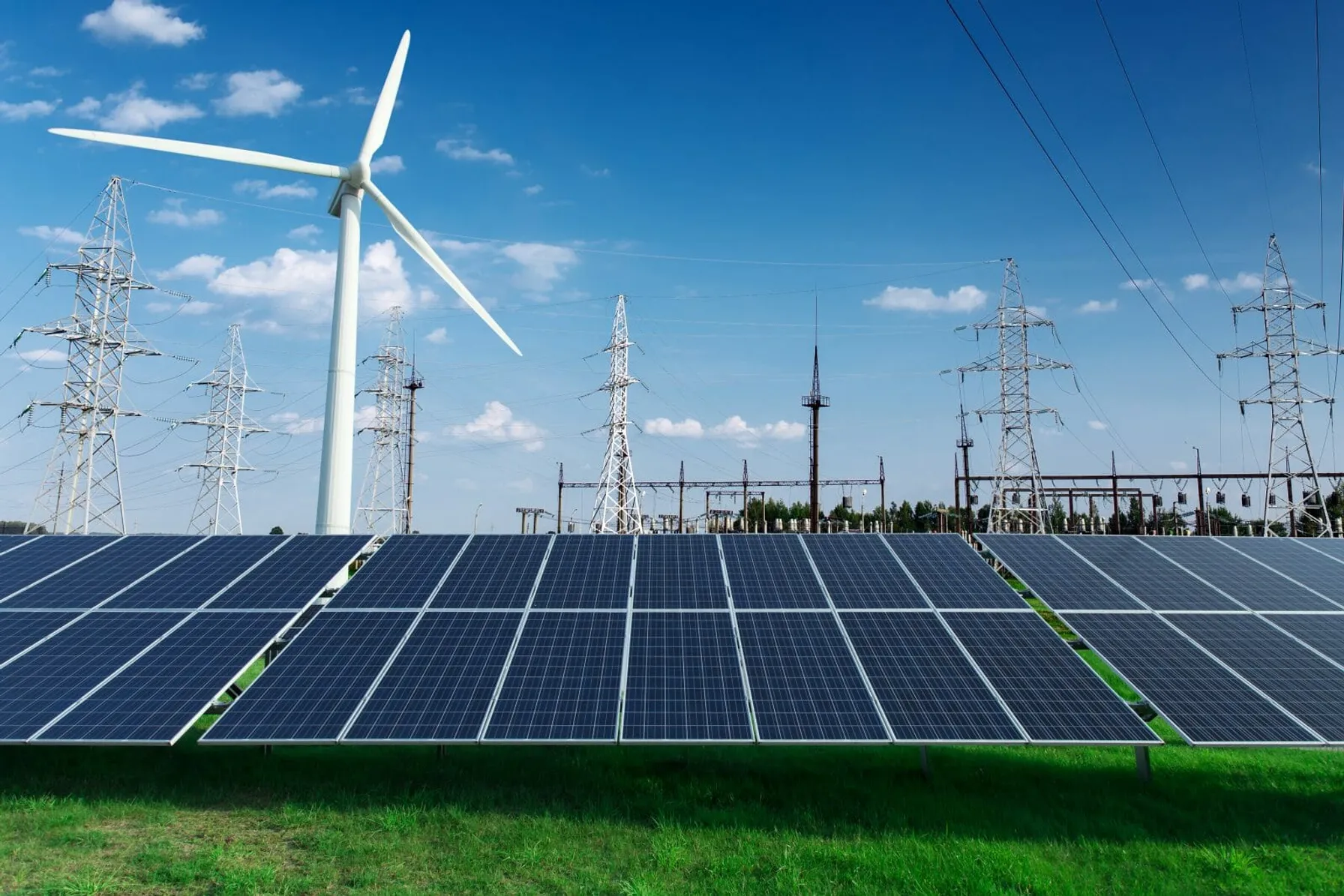
NERC Pursues Changes to Protection Relay and Control (PRC) Standards
septembre 24, 2019
Two Standards Authorization Requests currently being debated in the NERC stakeholder engagement process could help clarify PRC standards obligations for generator owners and operators.
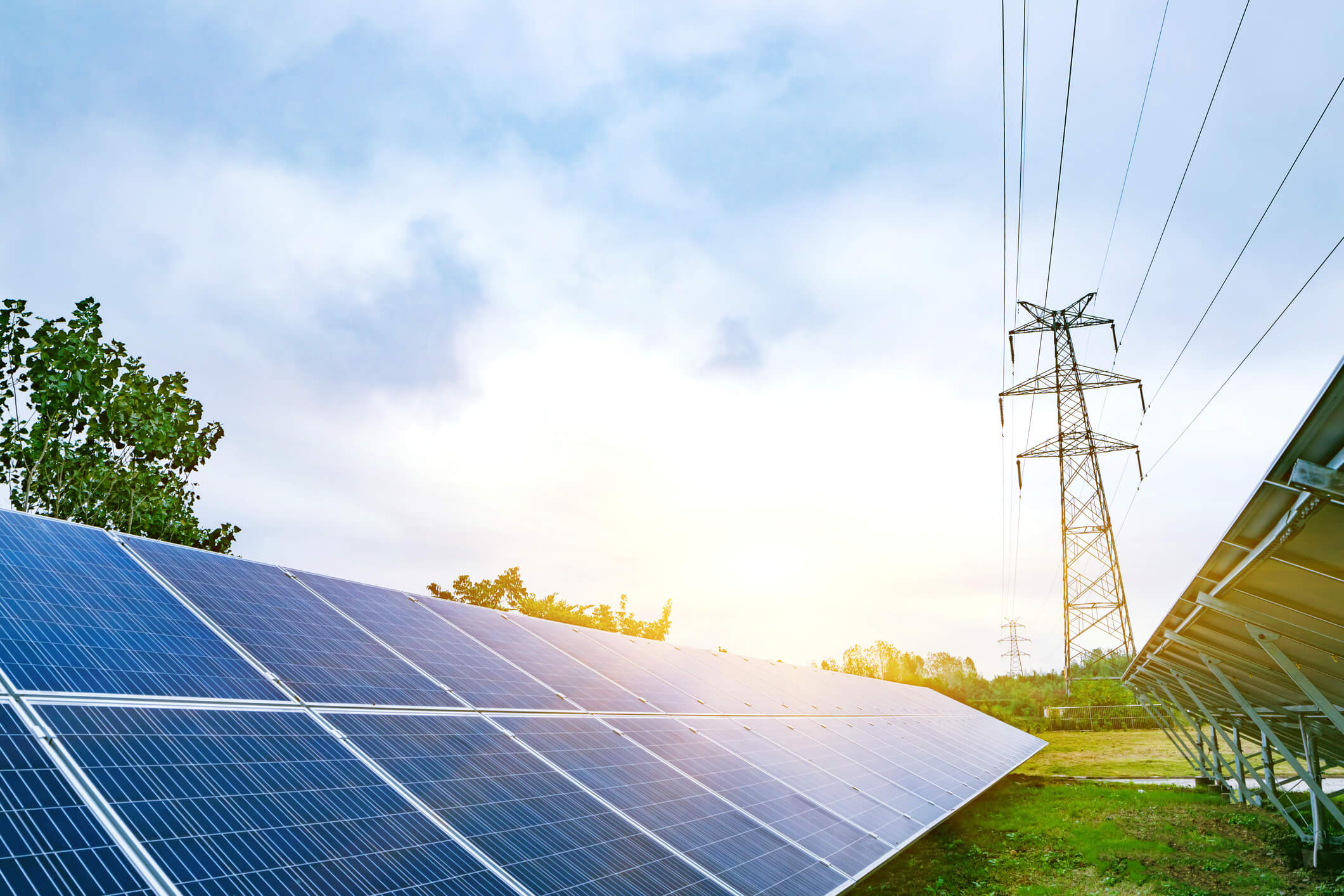
NERC to Modify Standard and Develop Compliance Guidance to Accommodate Inverter-Based Generation Technologies
février 20, 2019
Renewable energy systems have dramatically changed the power generation resource mix. These new generation technologies no longer involve directly coupled rotating generators which were once standard in the industry. Now, inverters that change Direct Current (DC) electricity to the Alternating Current (AC) electricity suitable for delivery via AC transmission systems are becoming more prevalent, raising reliability…
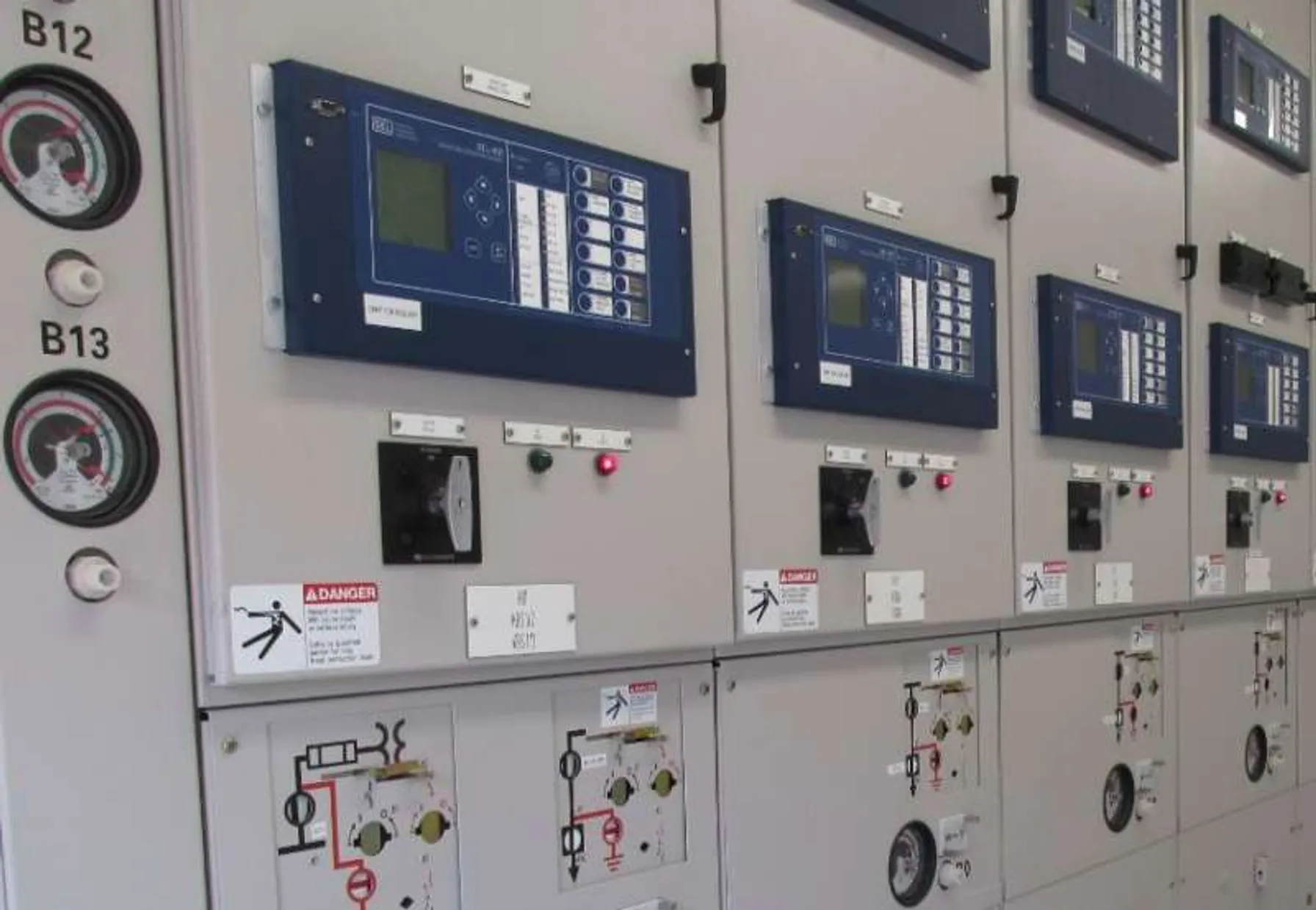
NERC Addresses Single Points of Failure in Protection Systems Among Other FERC Concerns
octobre 25, 2018
Un changement sociétal généralisé est en cours – le moment est venu de réduire la dépendance aux combustibles fossiles et de commencer des projets d’énergie renouvelable. Parmi ceux qui devraient participer, il y a les entreprises de services publics. Ils peuvent faire preuve d’une bonne conscience sociale et bénéficier d’un retour sur investissement (ROI) notable en mettant en œuvre des projets d’énergie renouvelable. Dans ce chapitre, vous en apprendrez davantage sur le processus d’investissement dans les énergies renouvelables. Utilisez ce guide de développement de projets d’énergie renouvelable pour vous aider à démarrer.

Ed Myszka
Ed Myszka is a seasoned leader at the forefront of TRC’s Power Sector, steering the deployment of large-scale engineering, program management services, and cutting-edge energy solutions for utility clients nationwide. With over 30 years of extensive experience in general management, technology innovation, and market development across the Utility, Energy, and Telecom industries, Ed brings a wealth of knowledge to his role as the Power Sector President at TRC.

